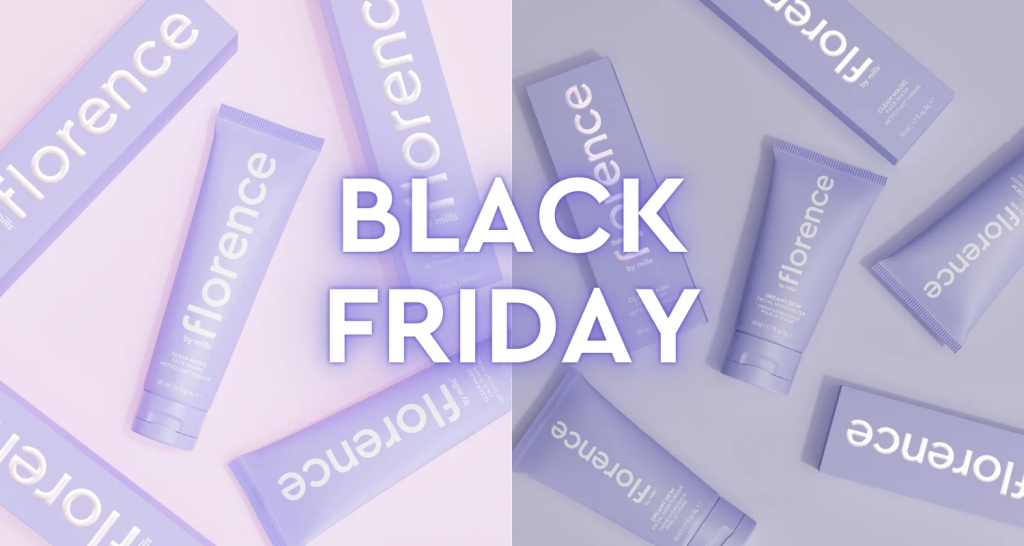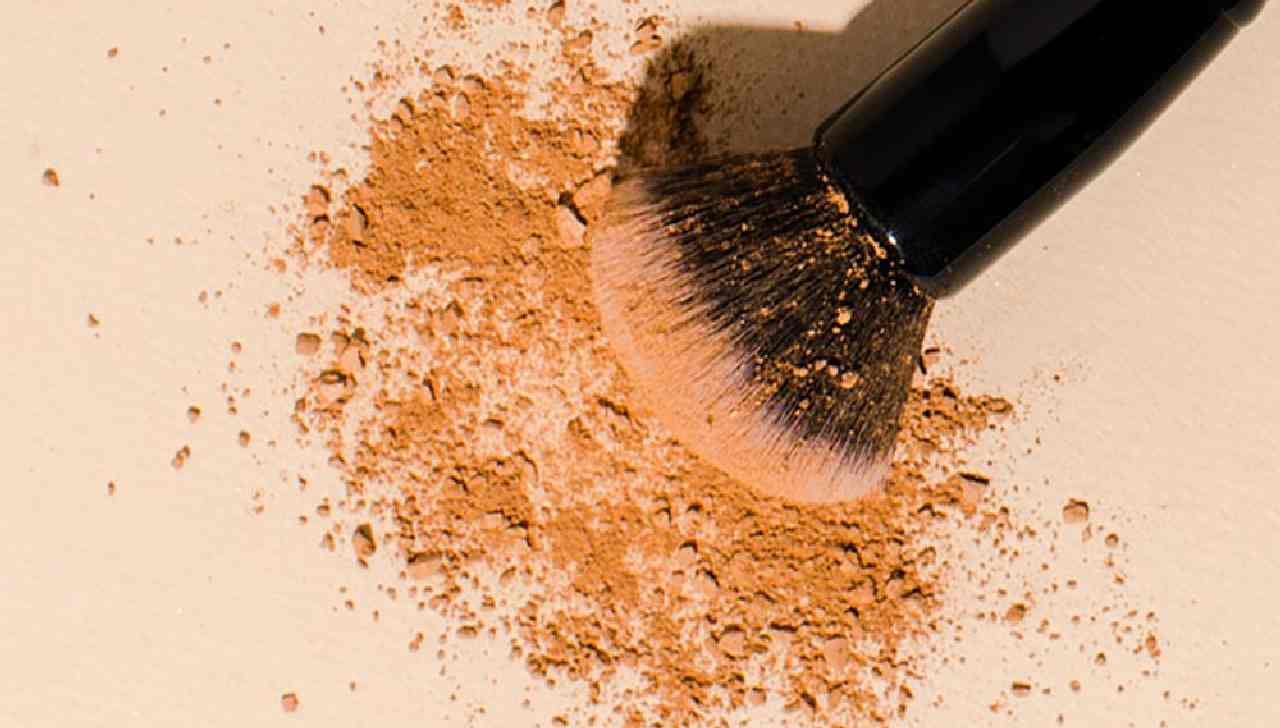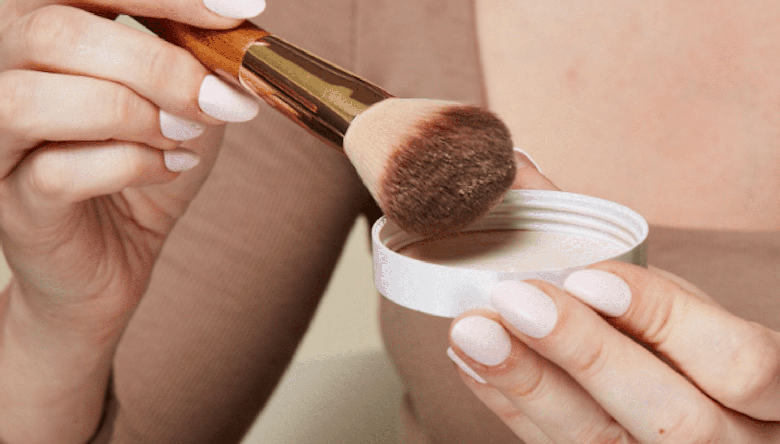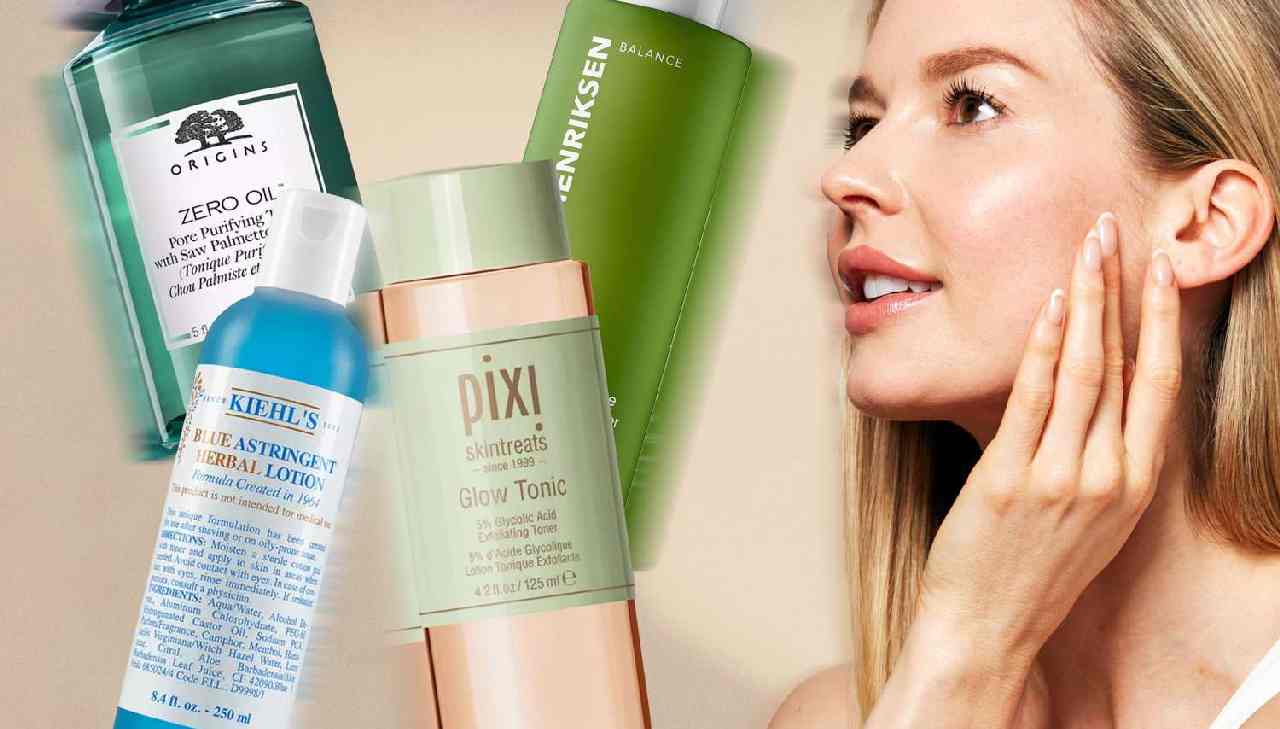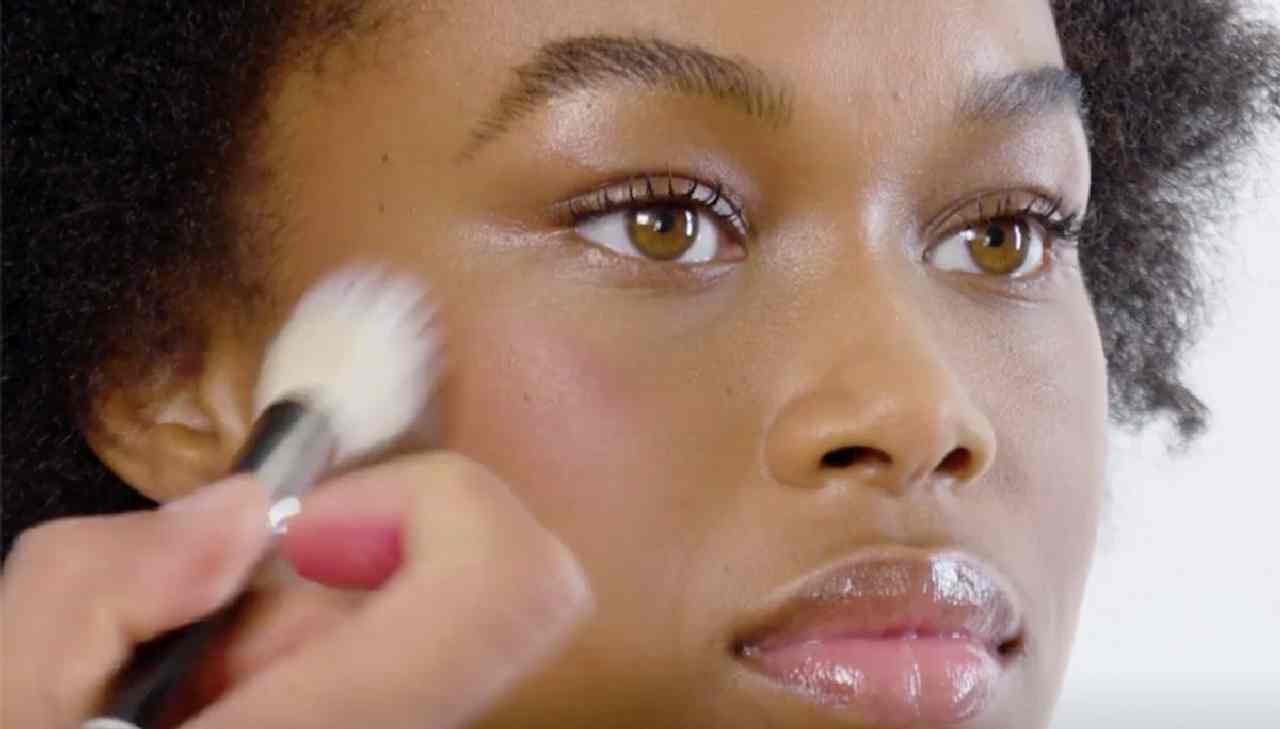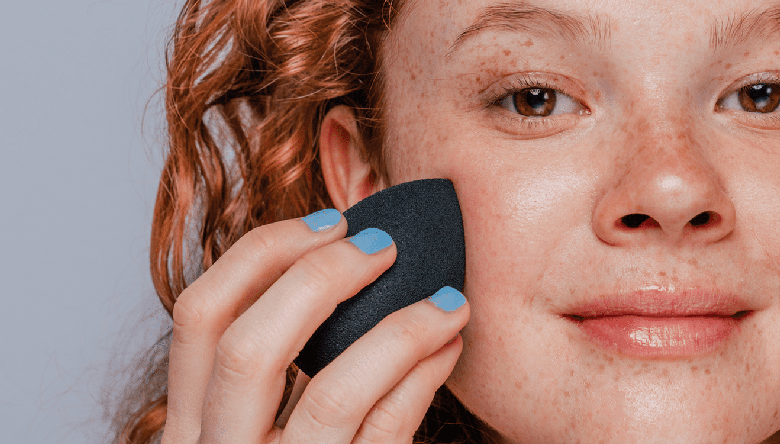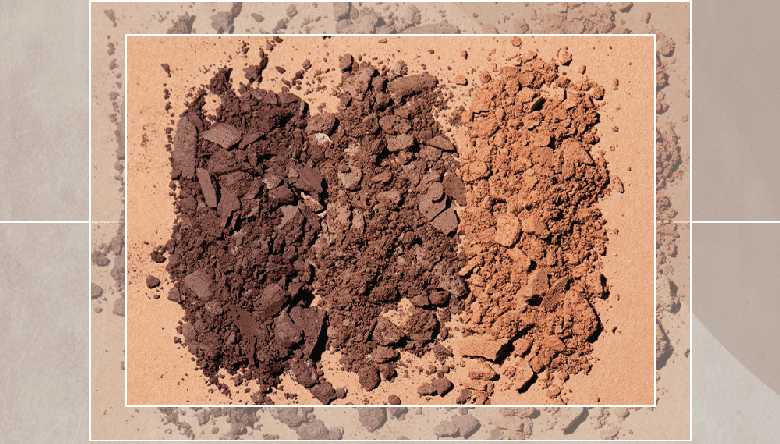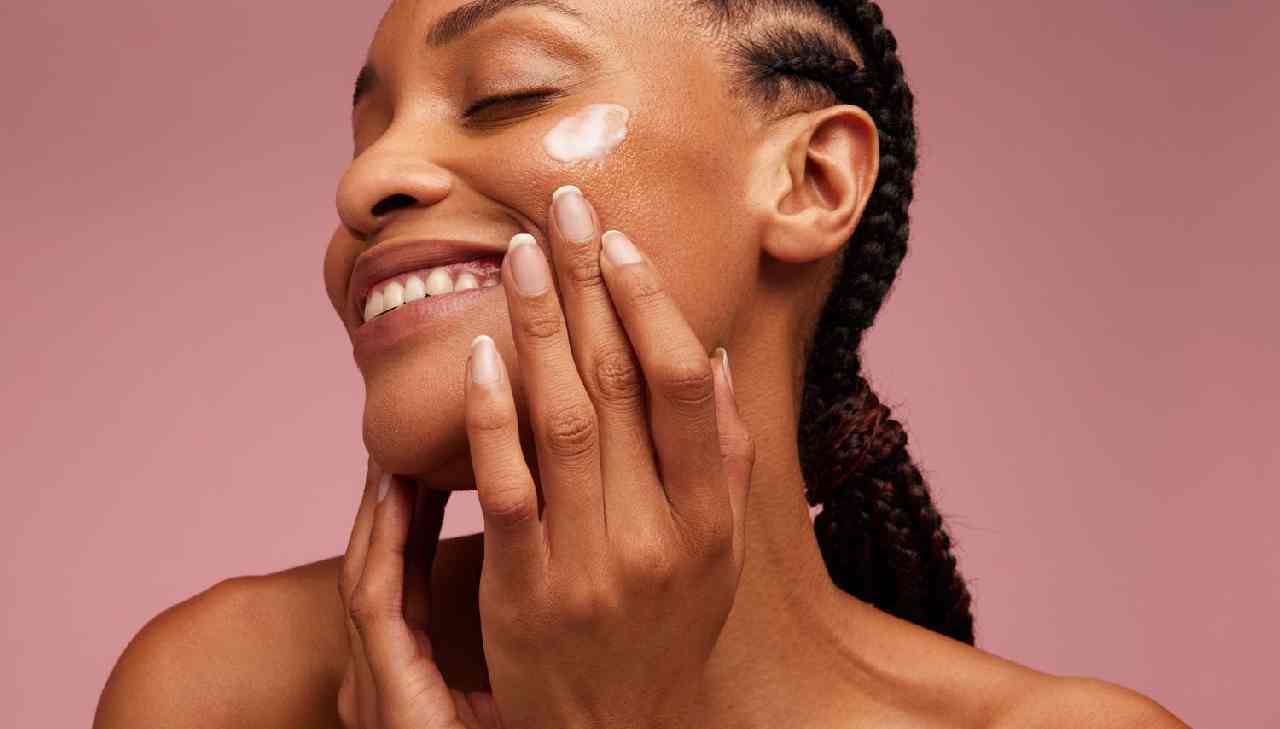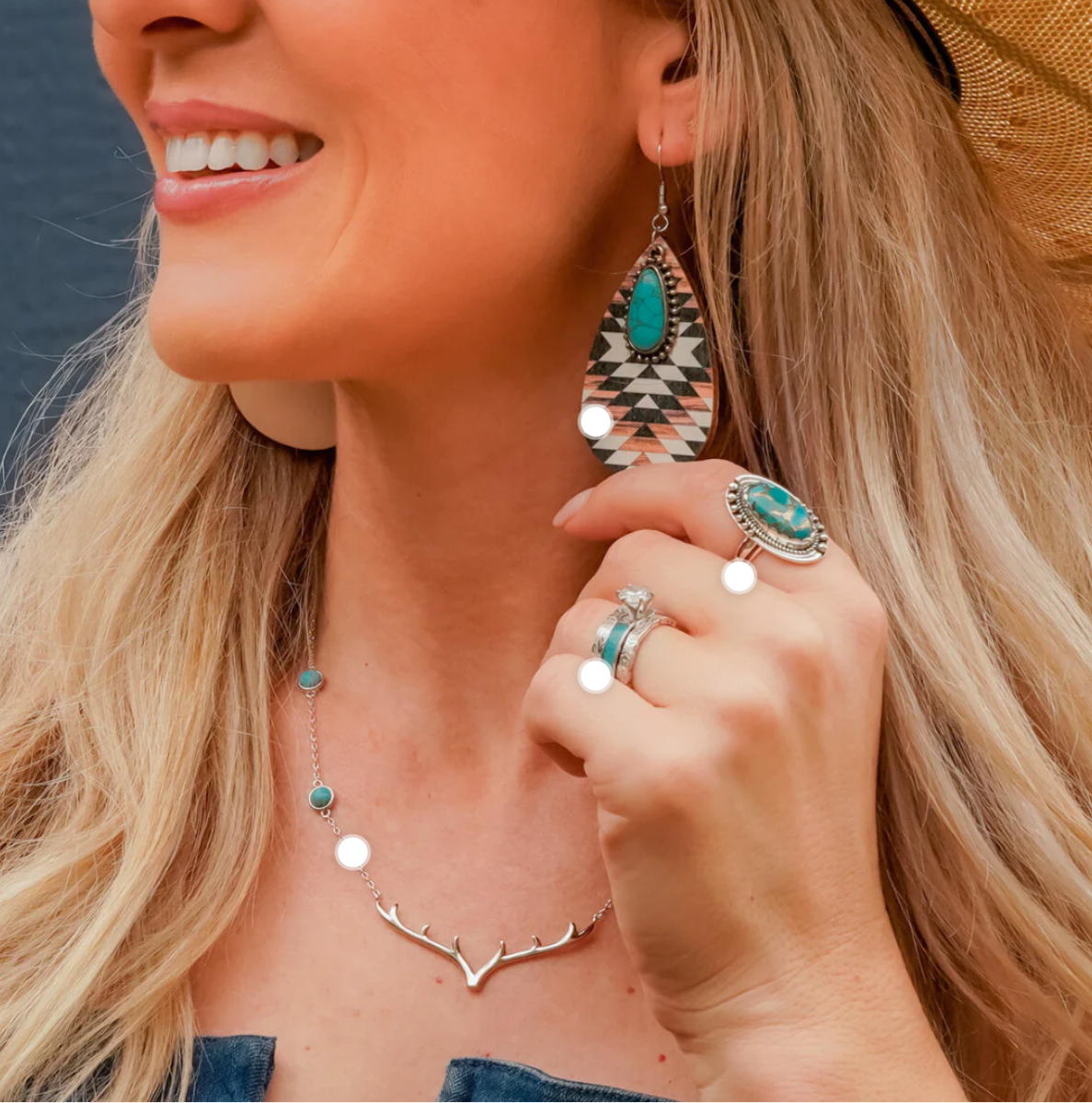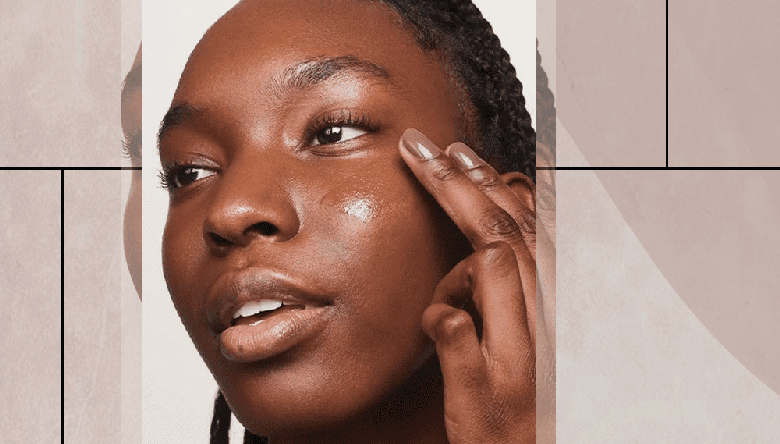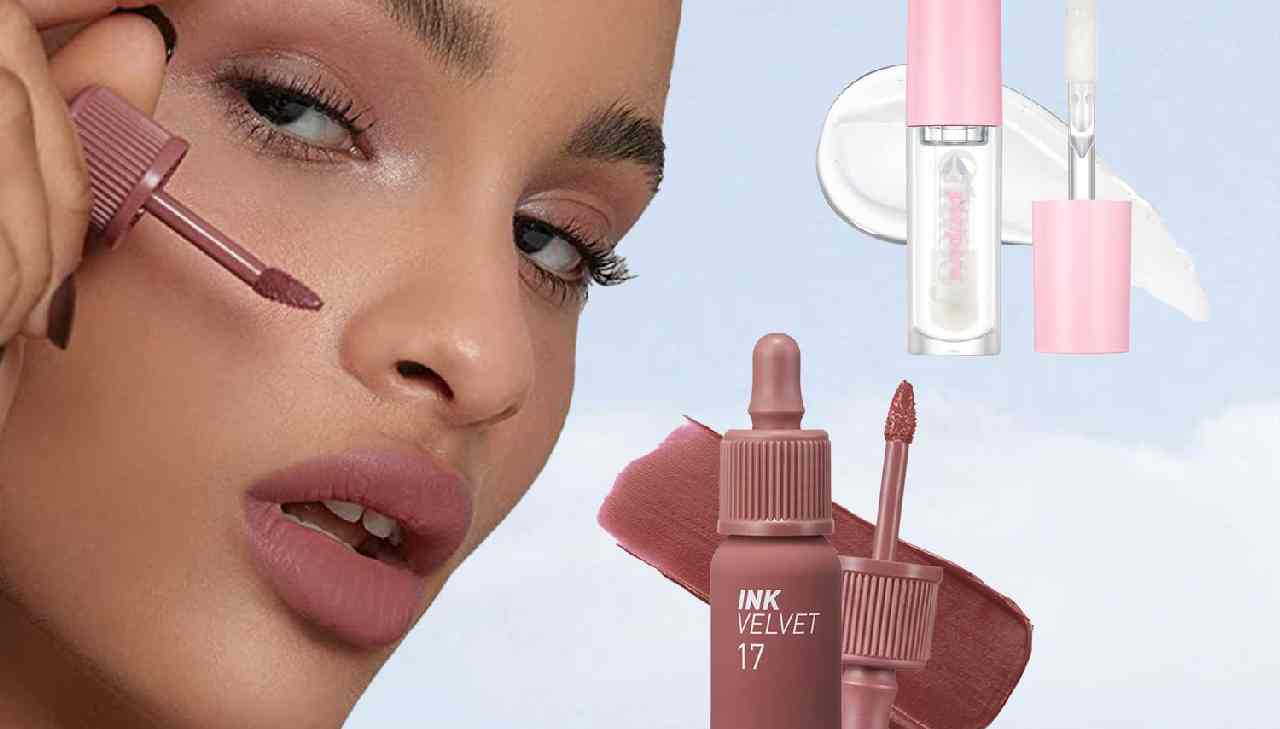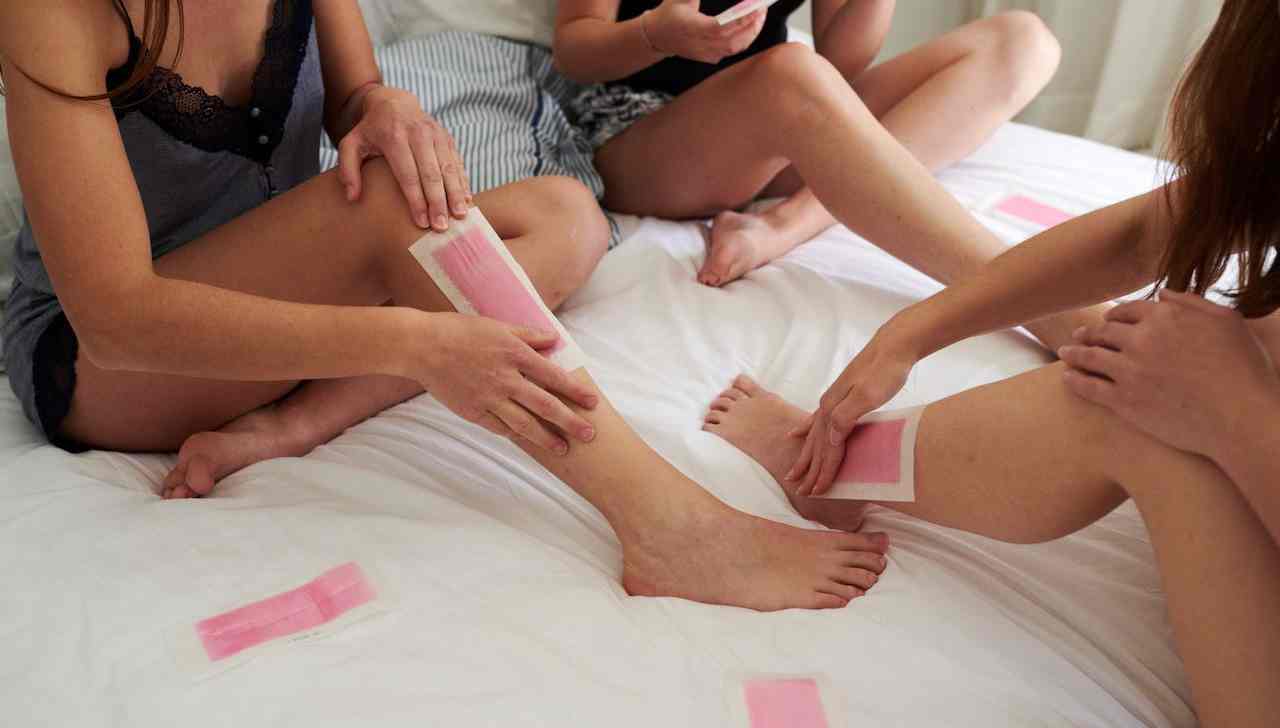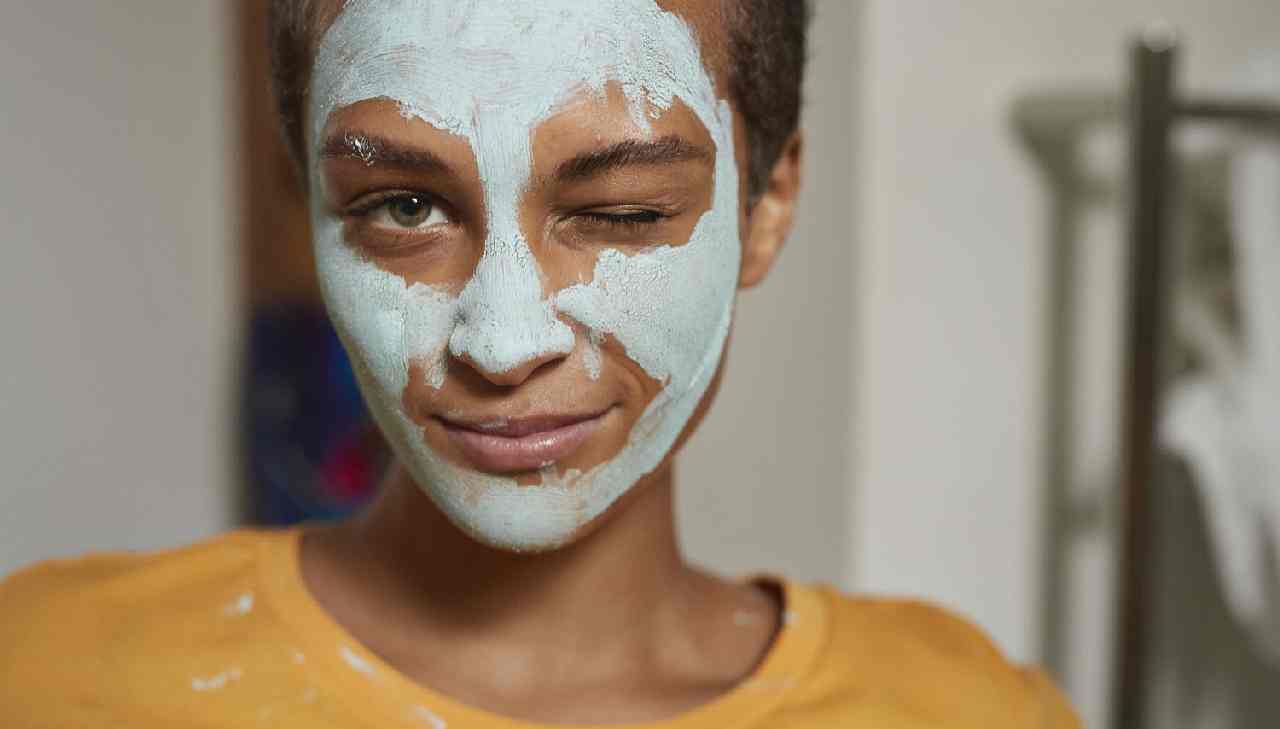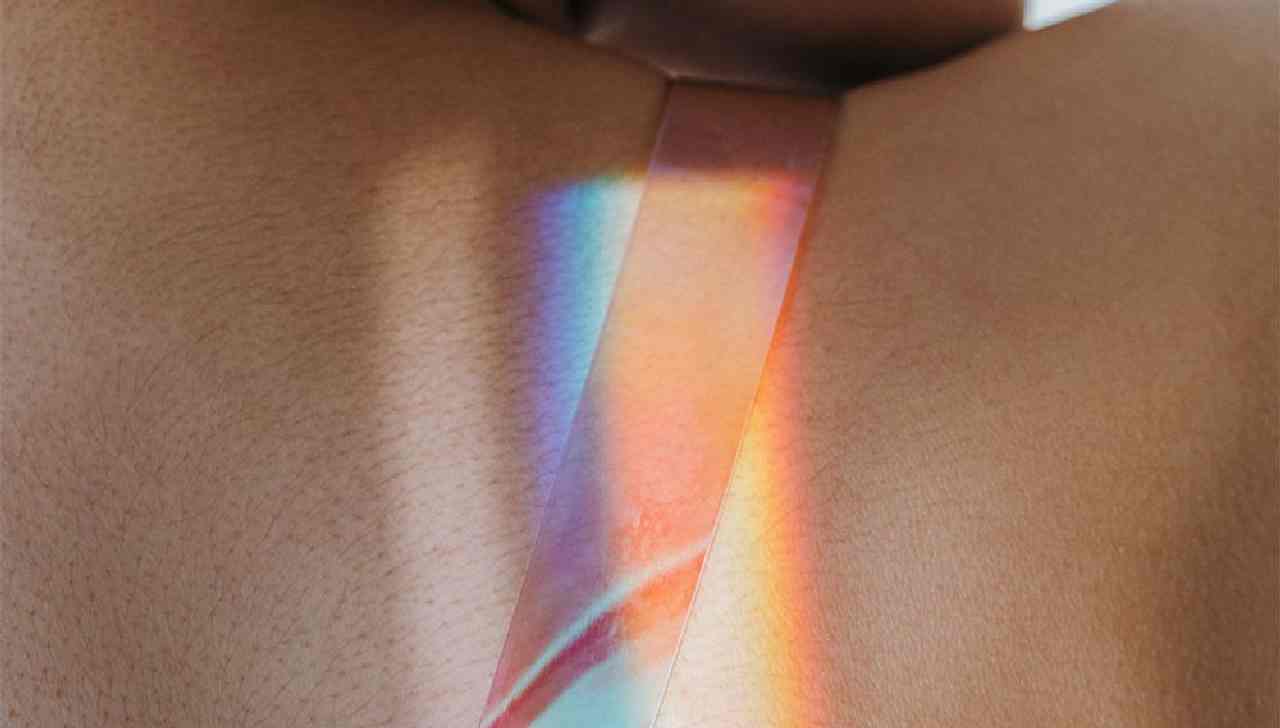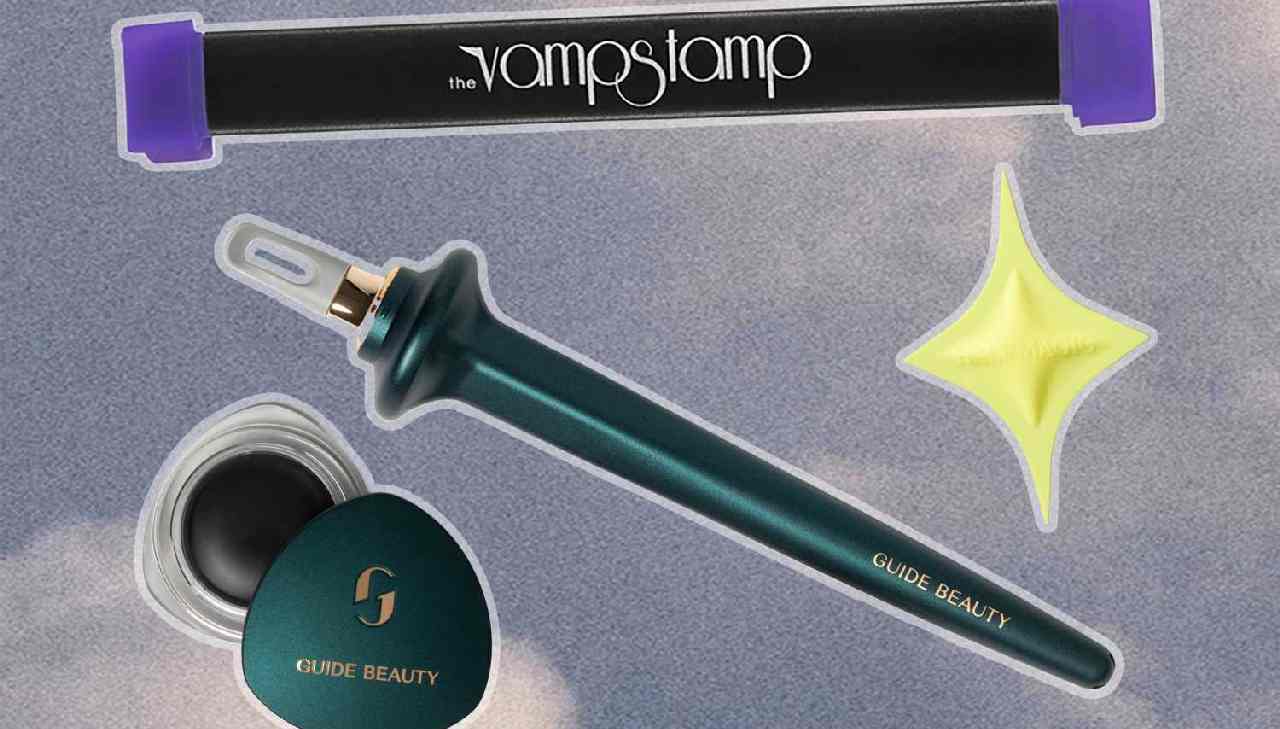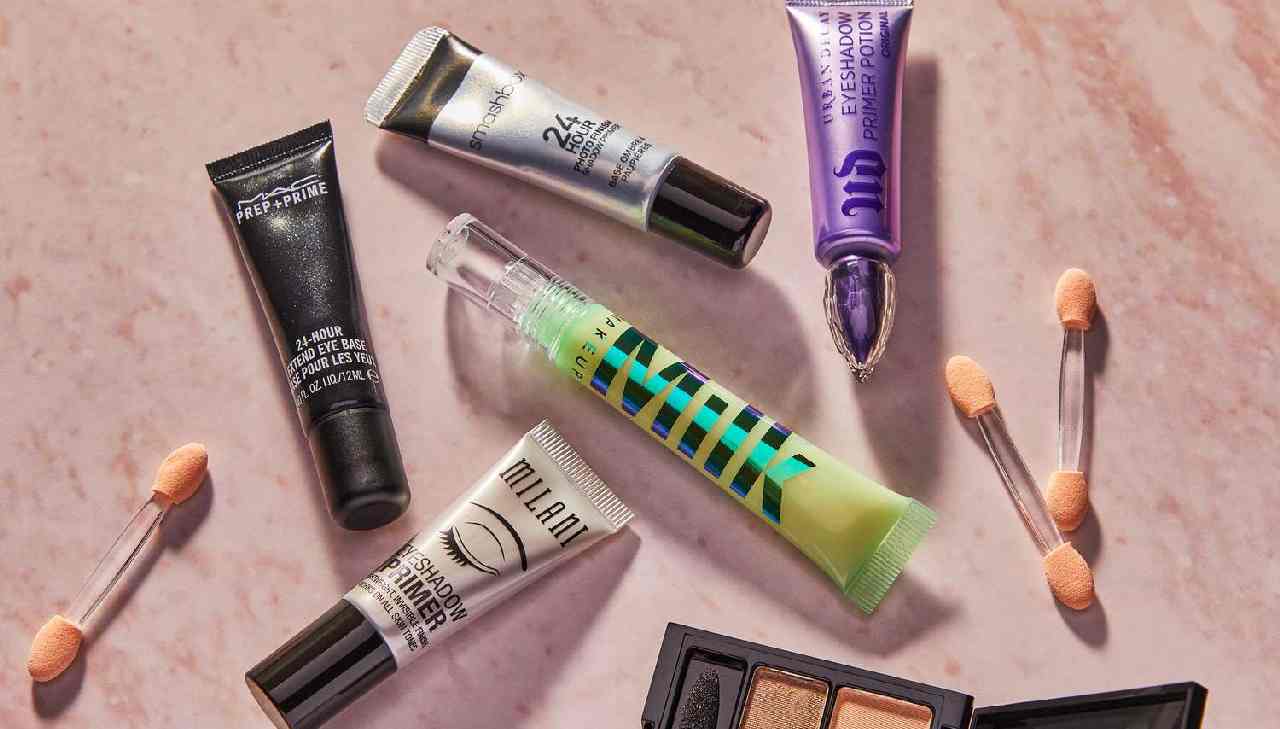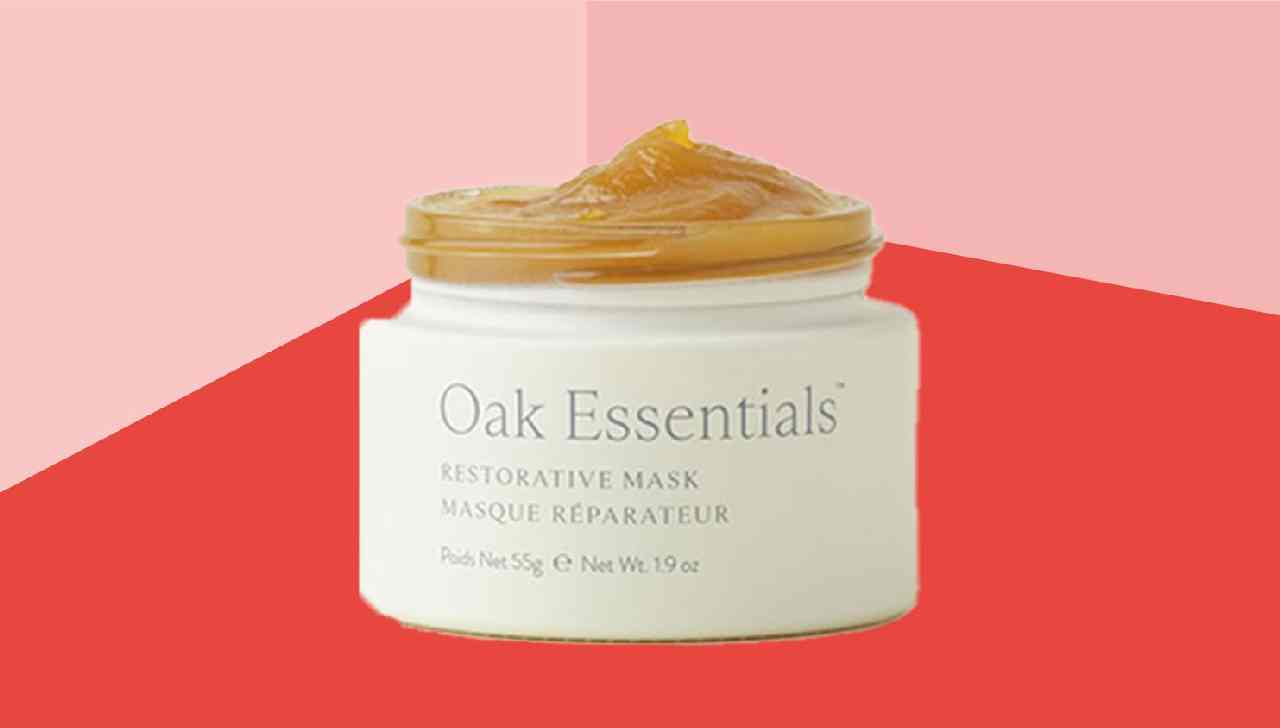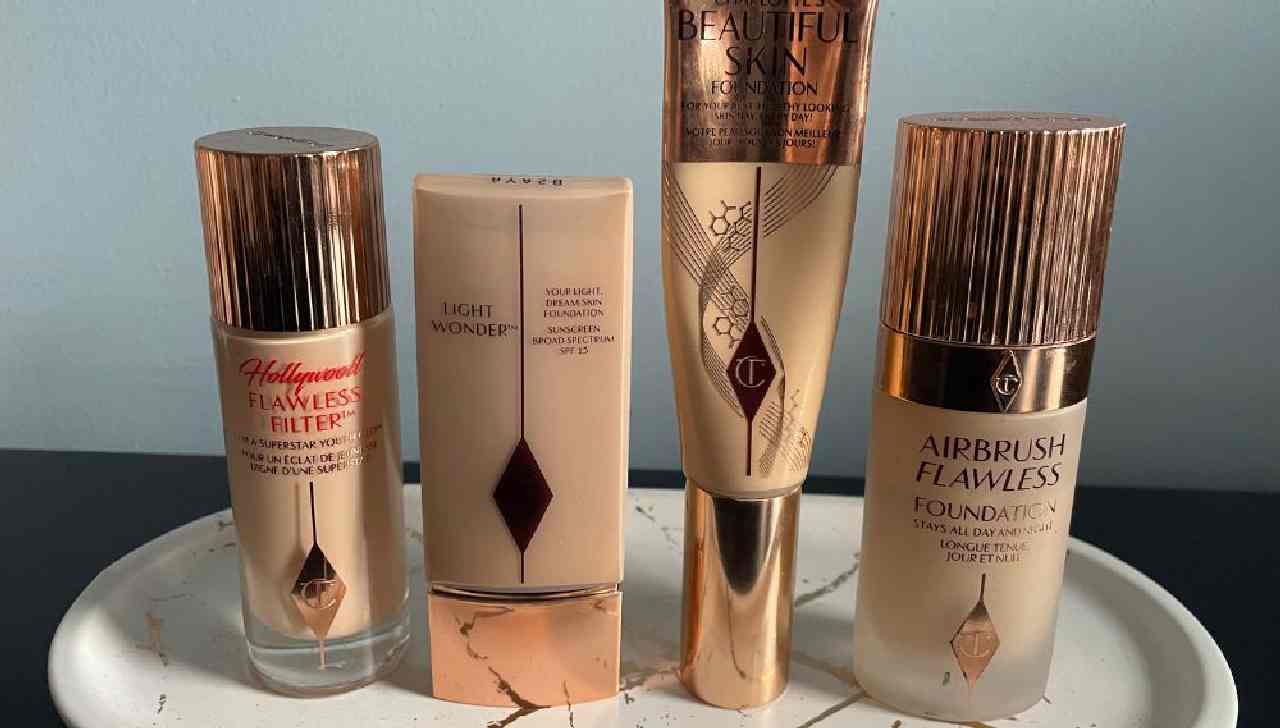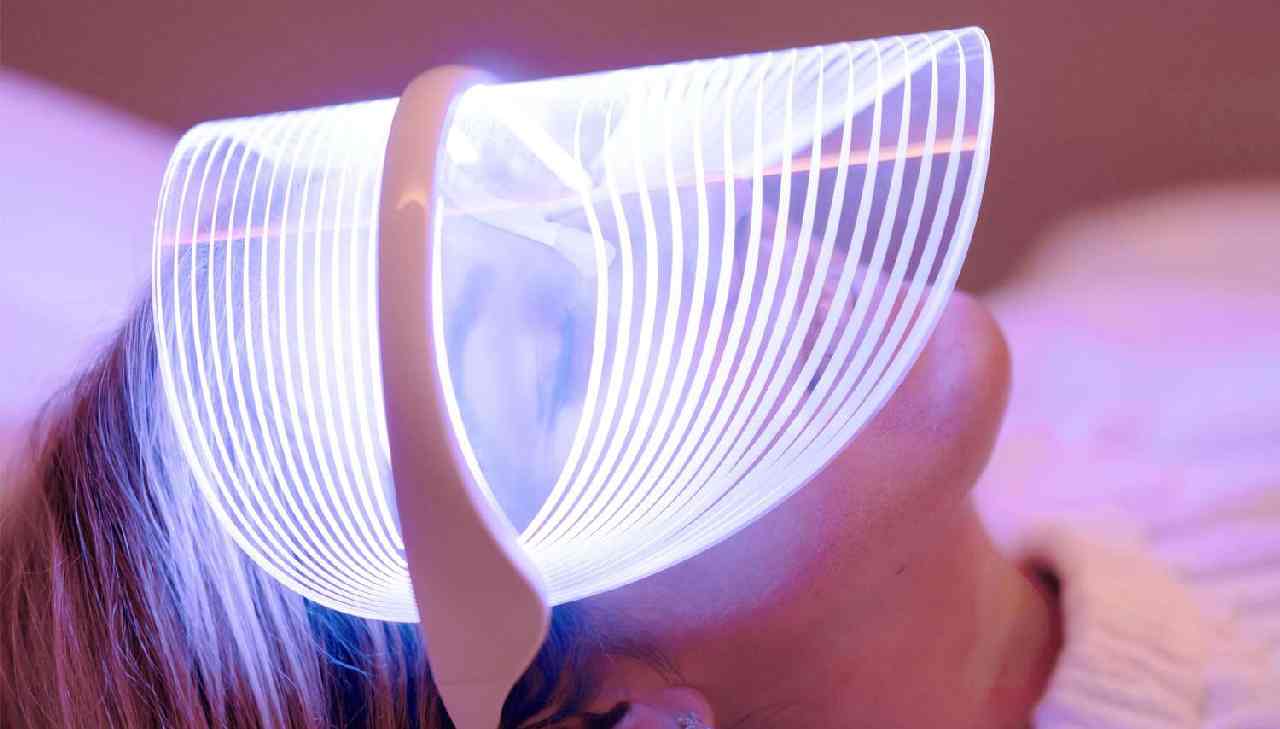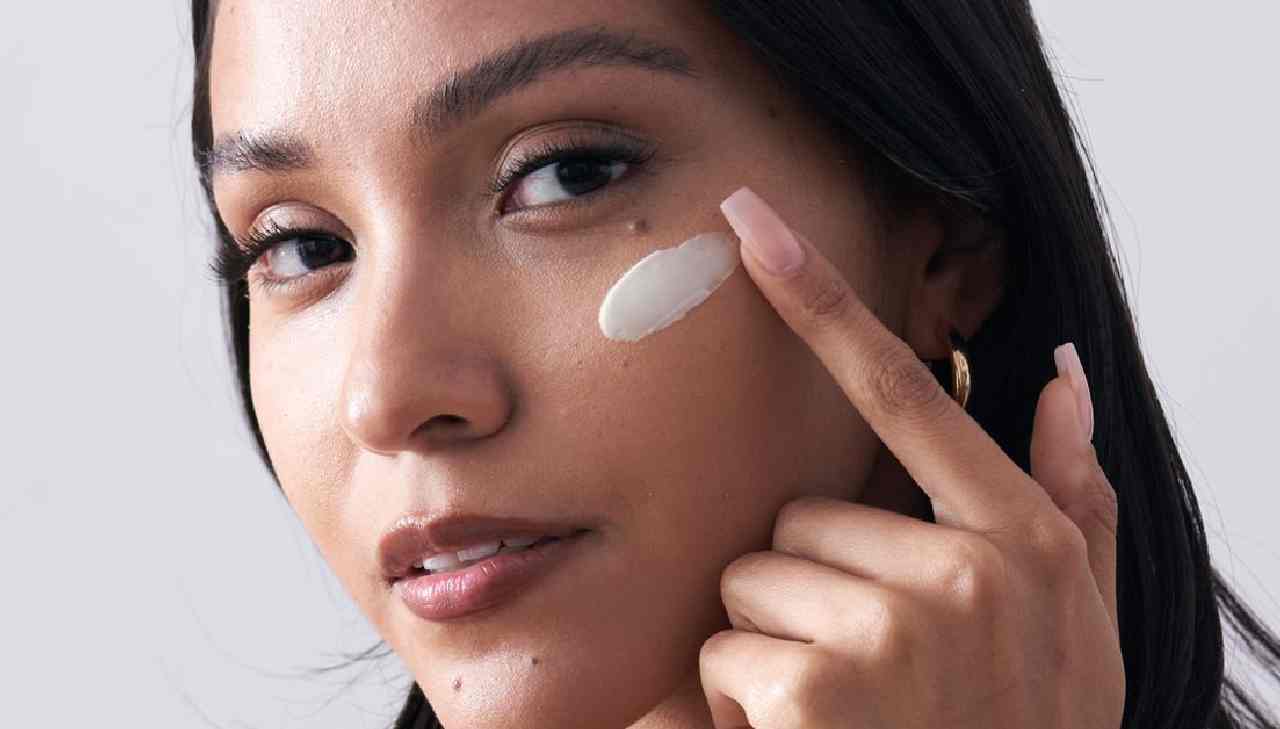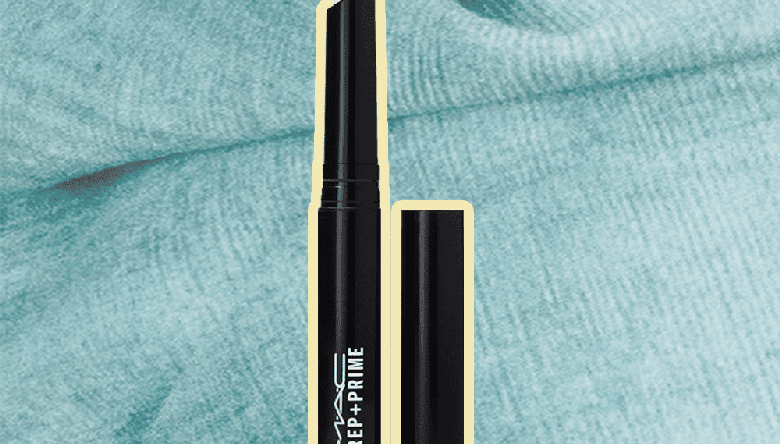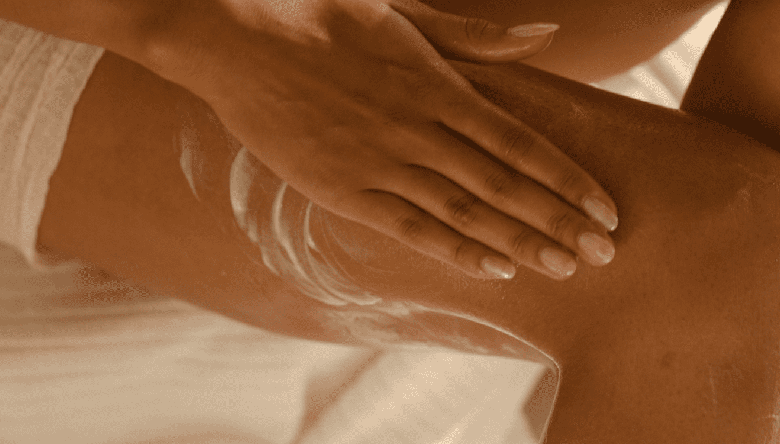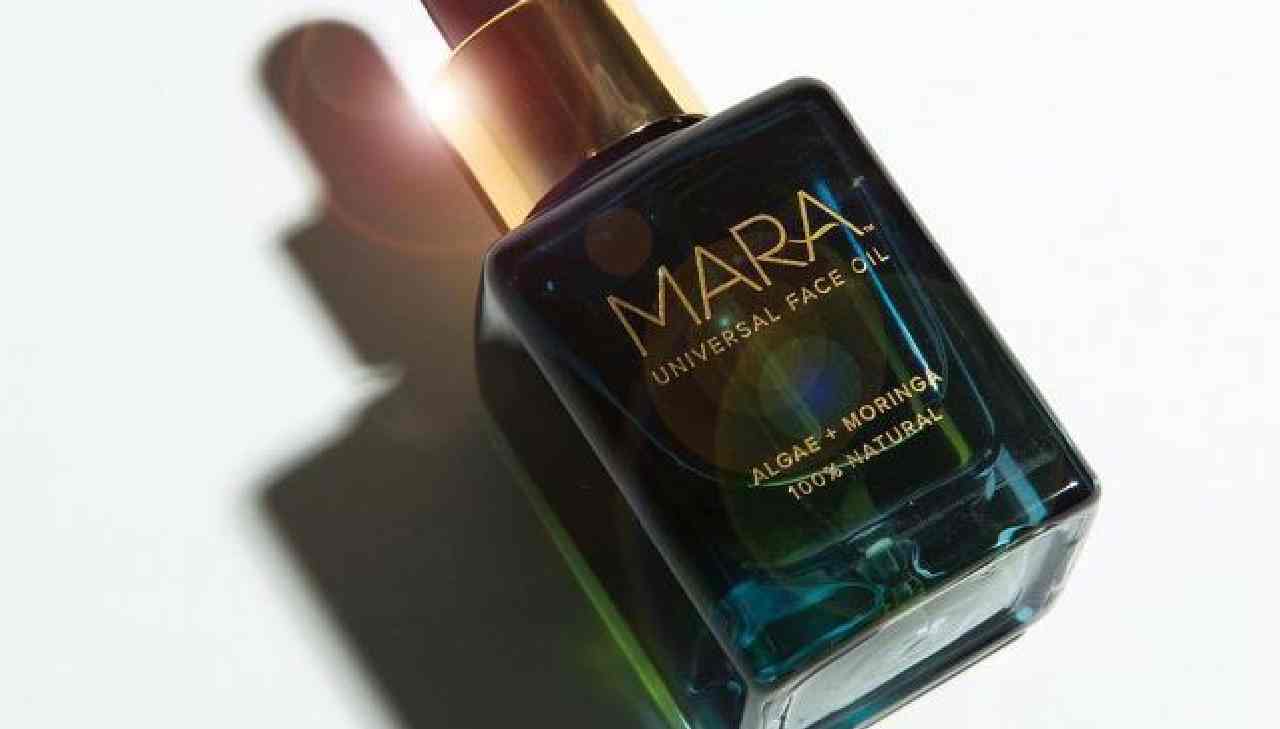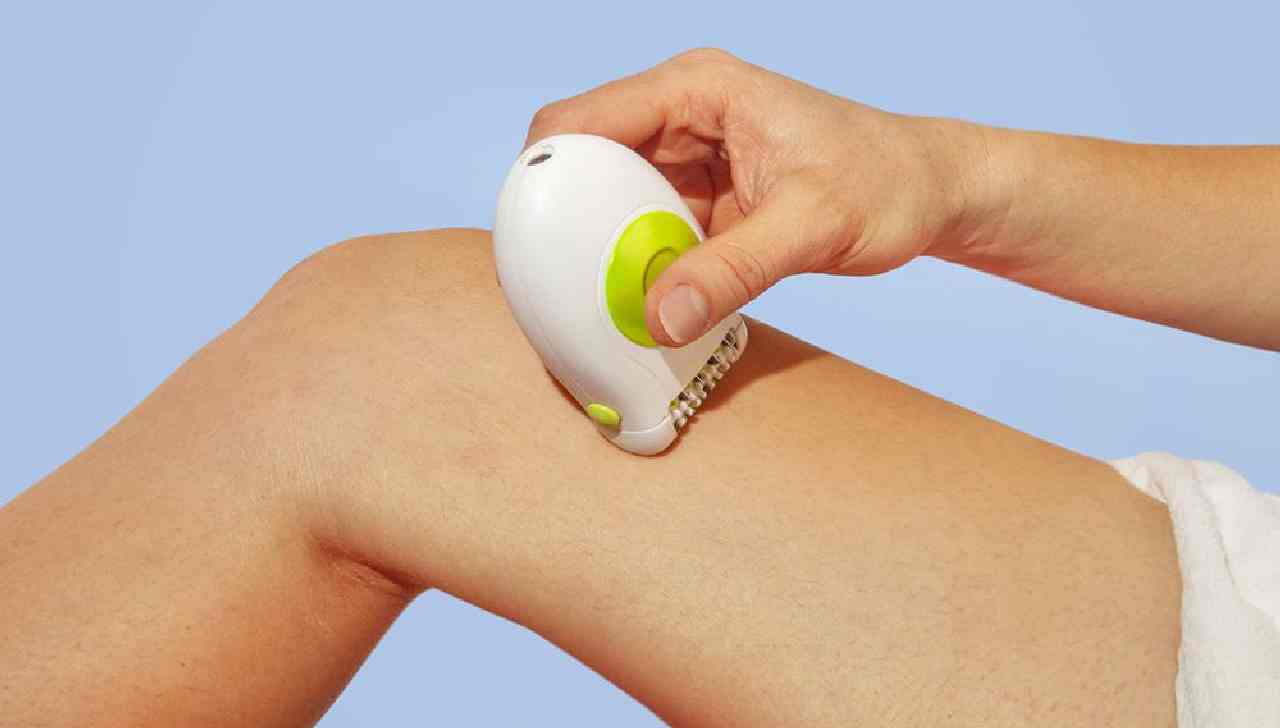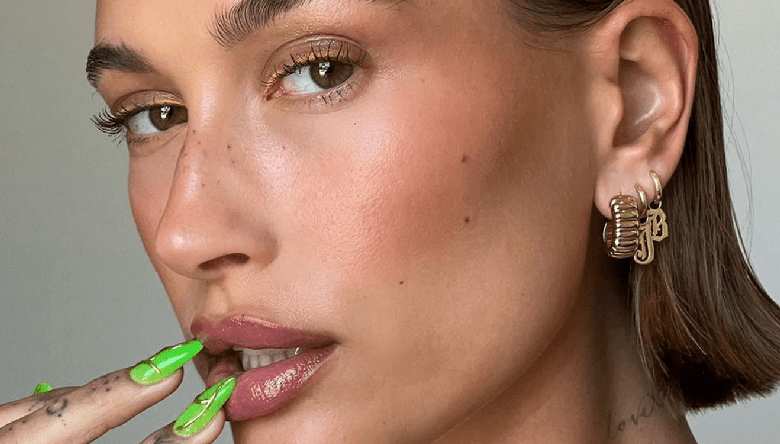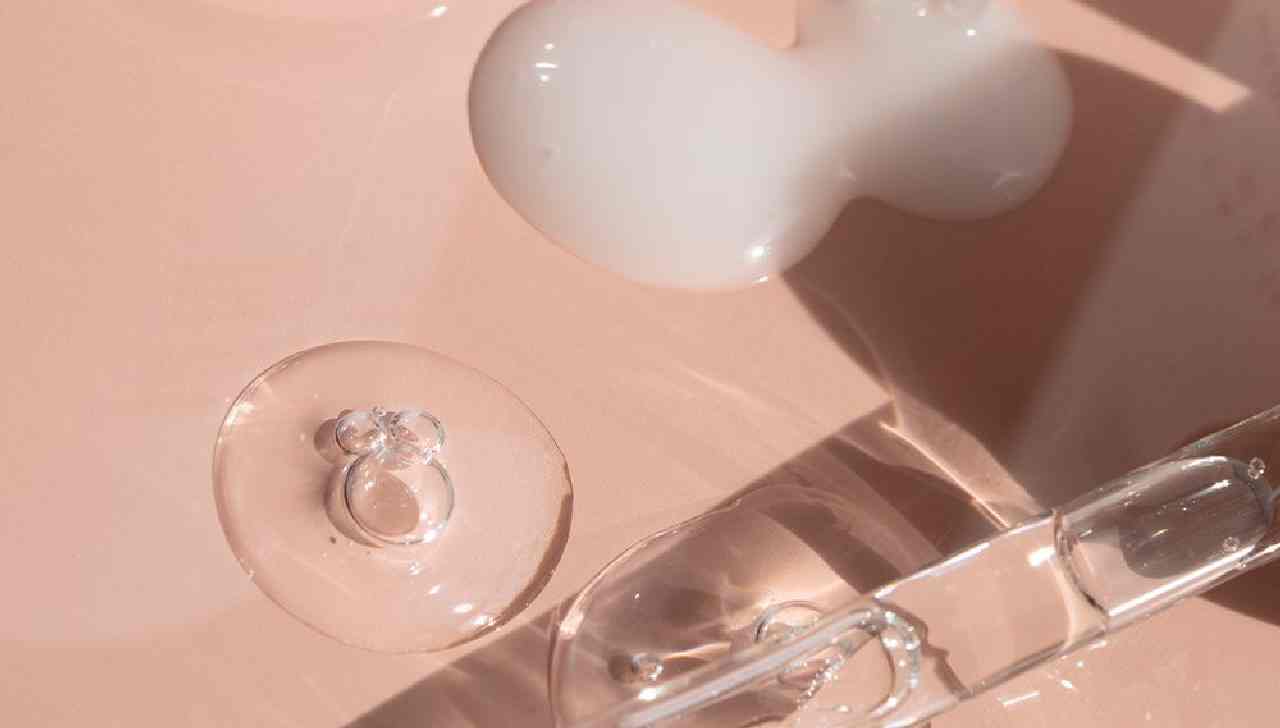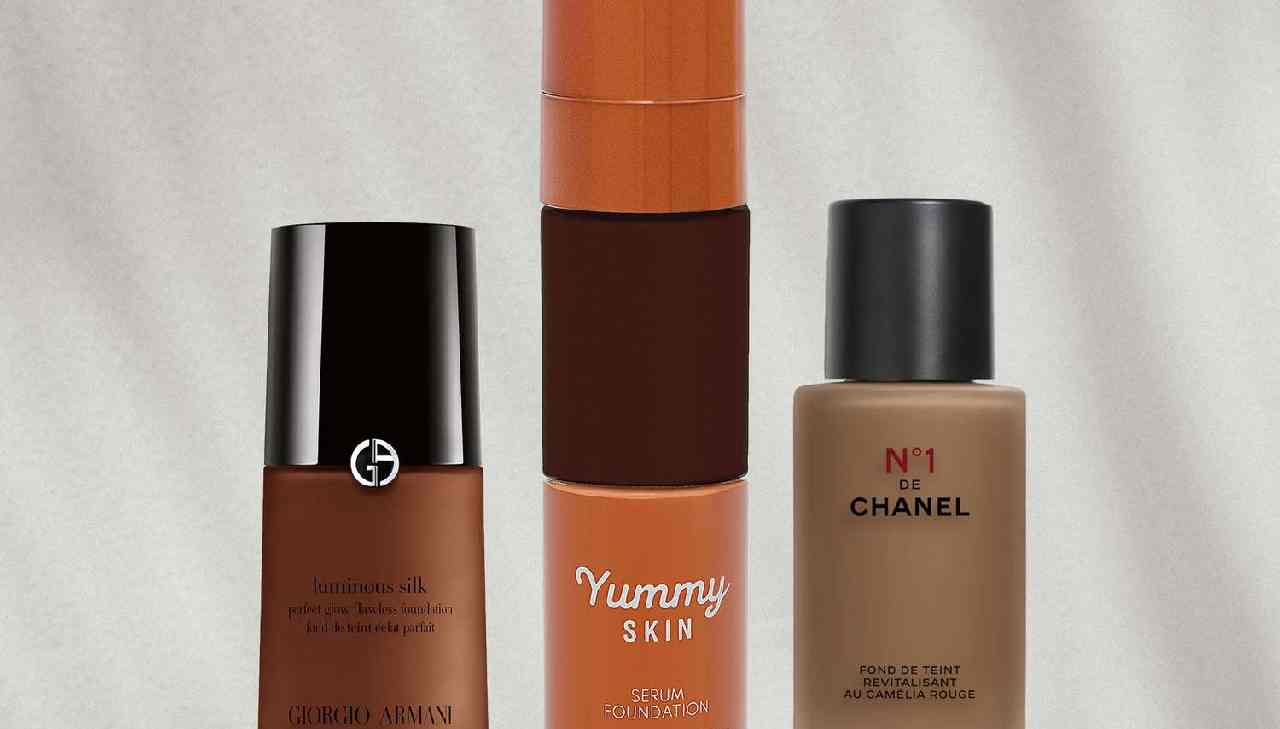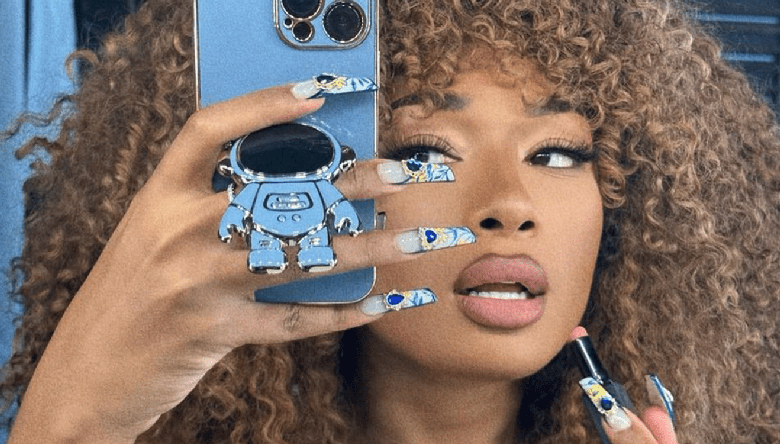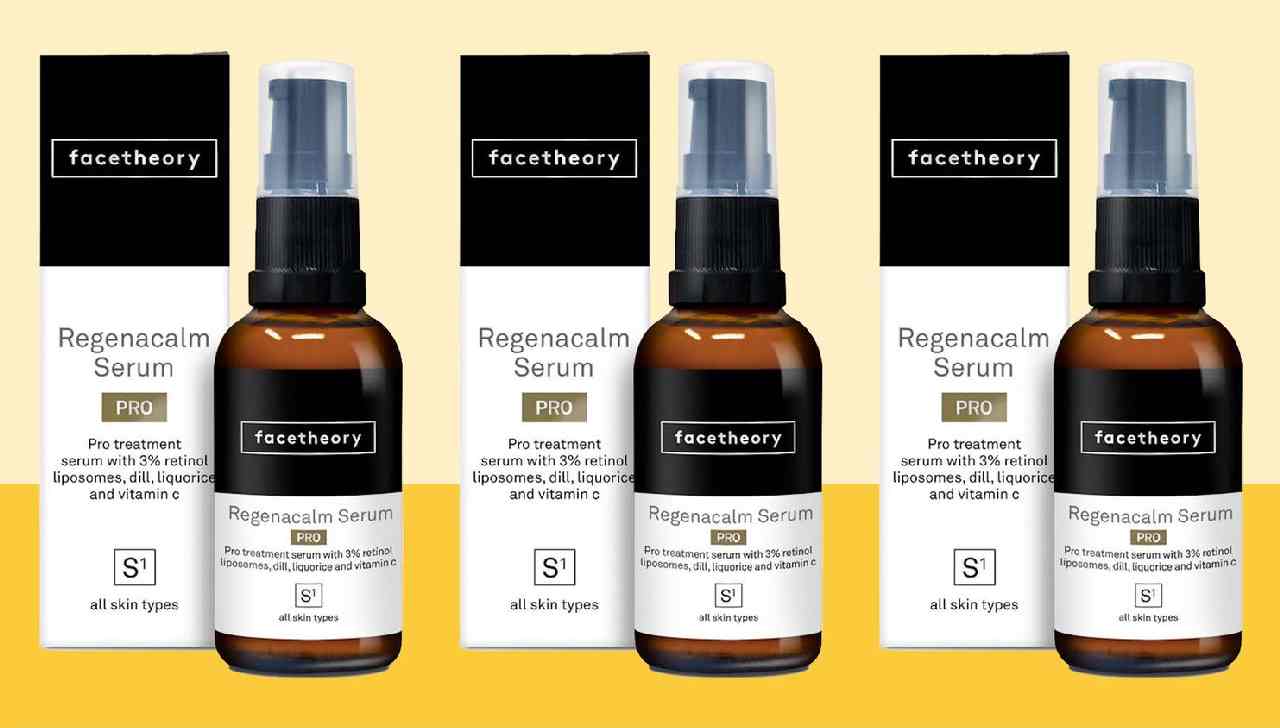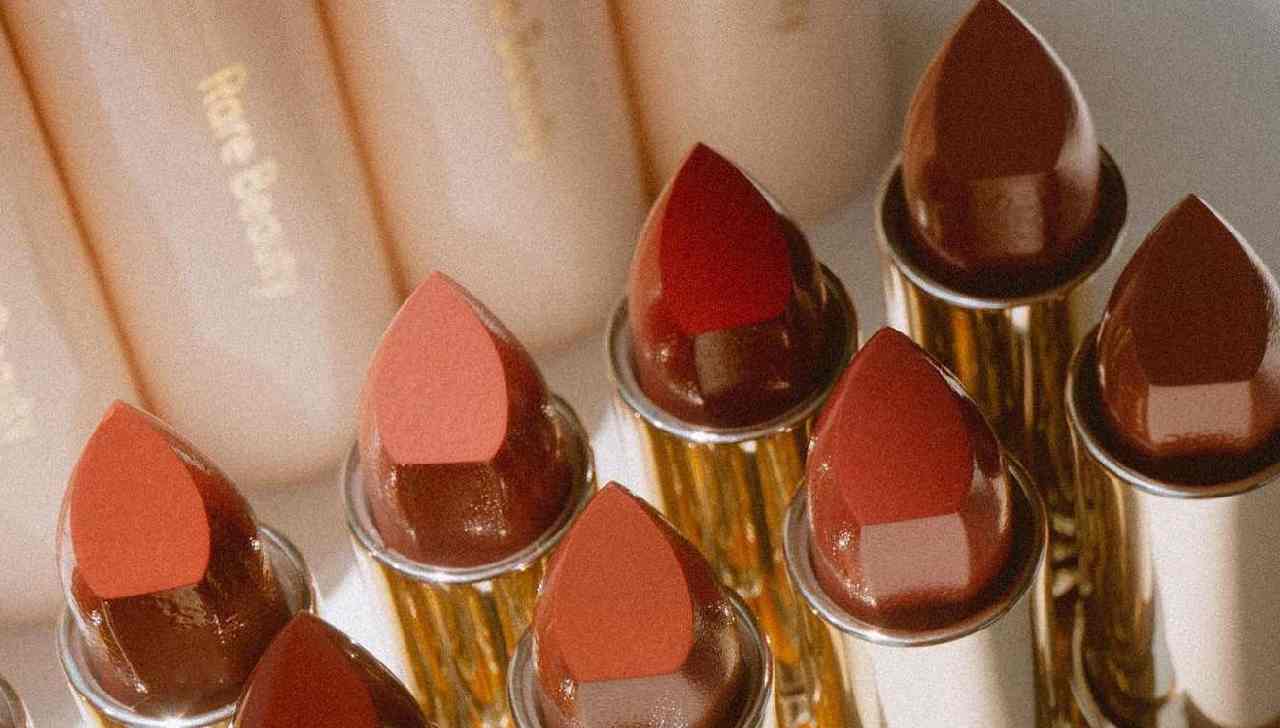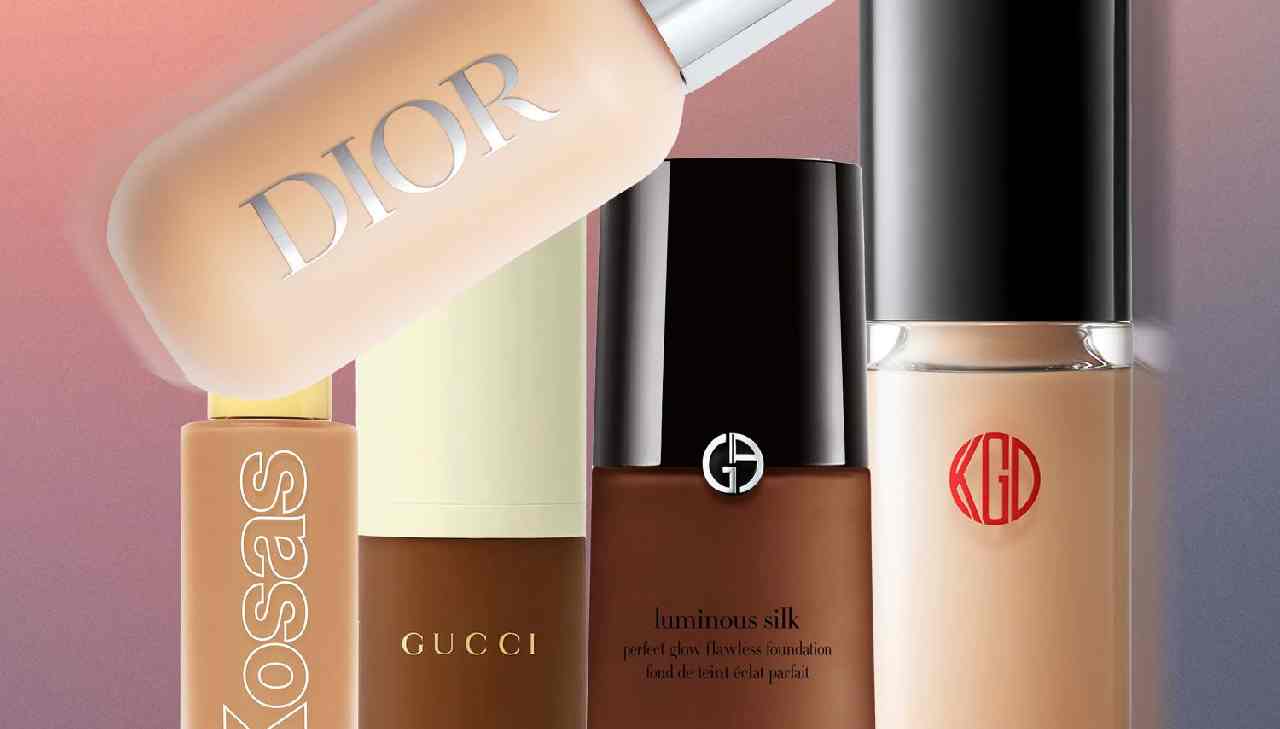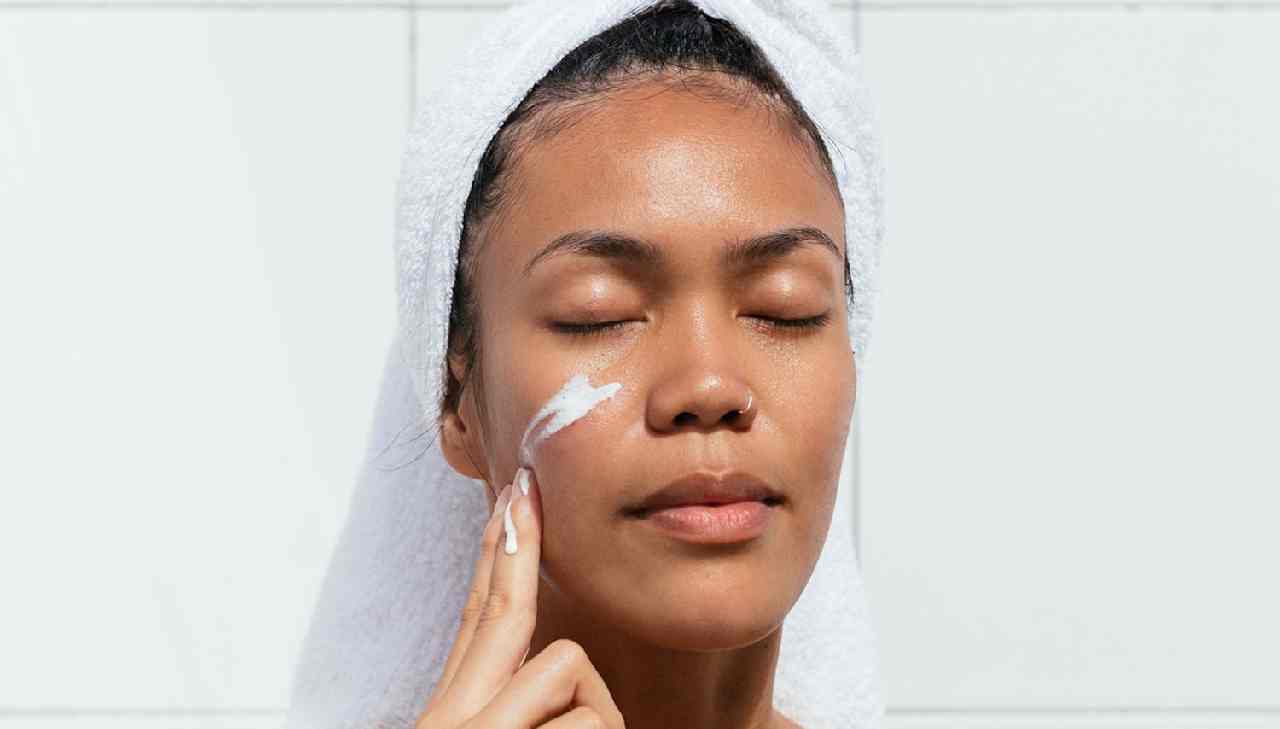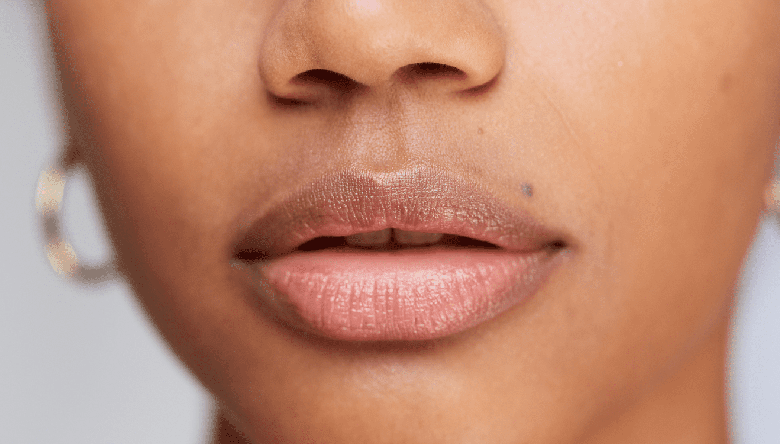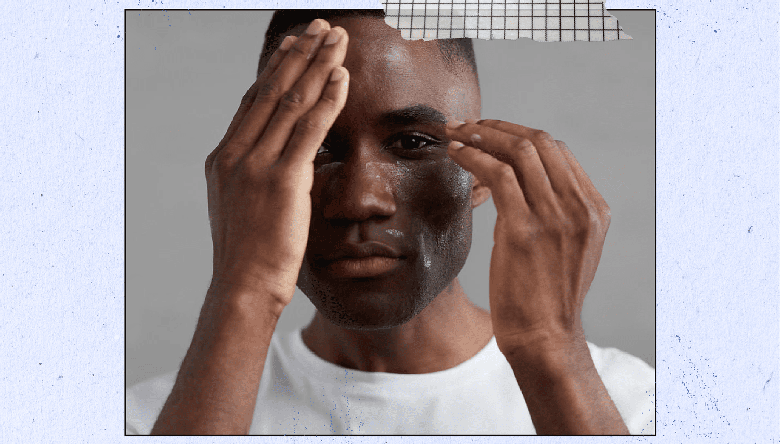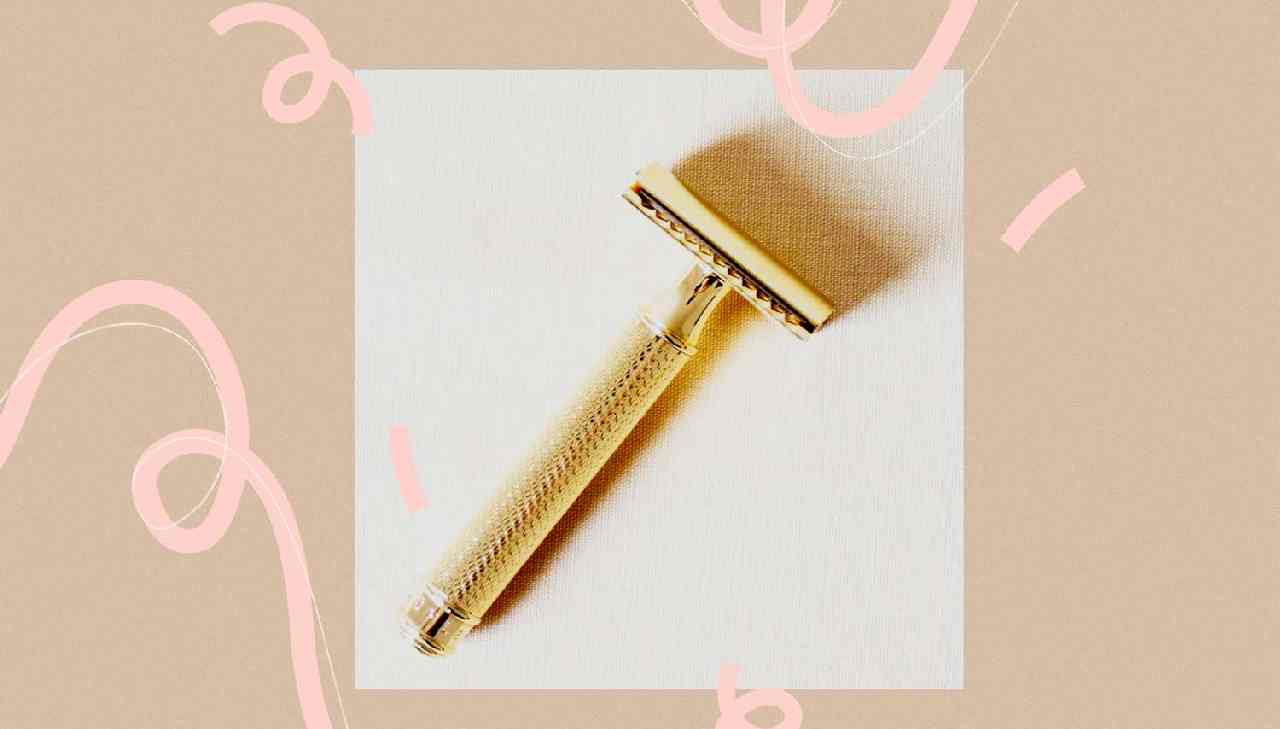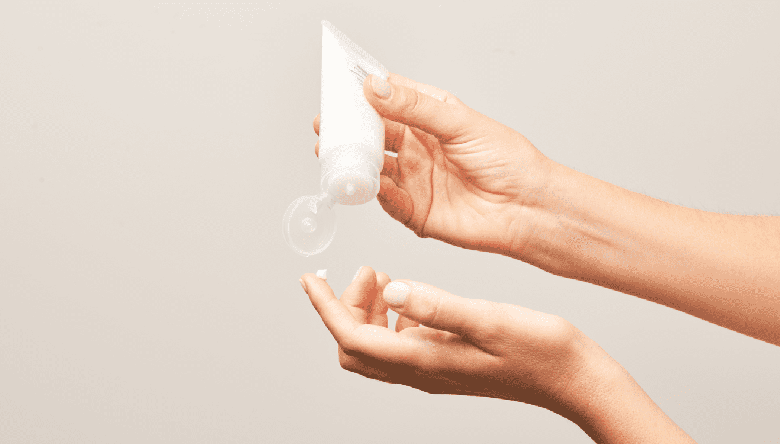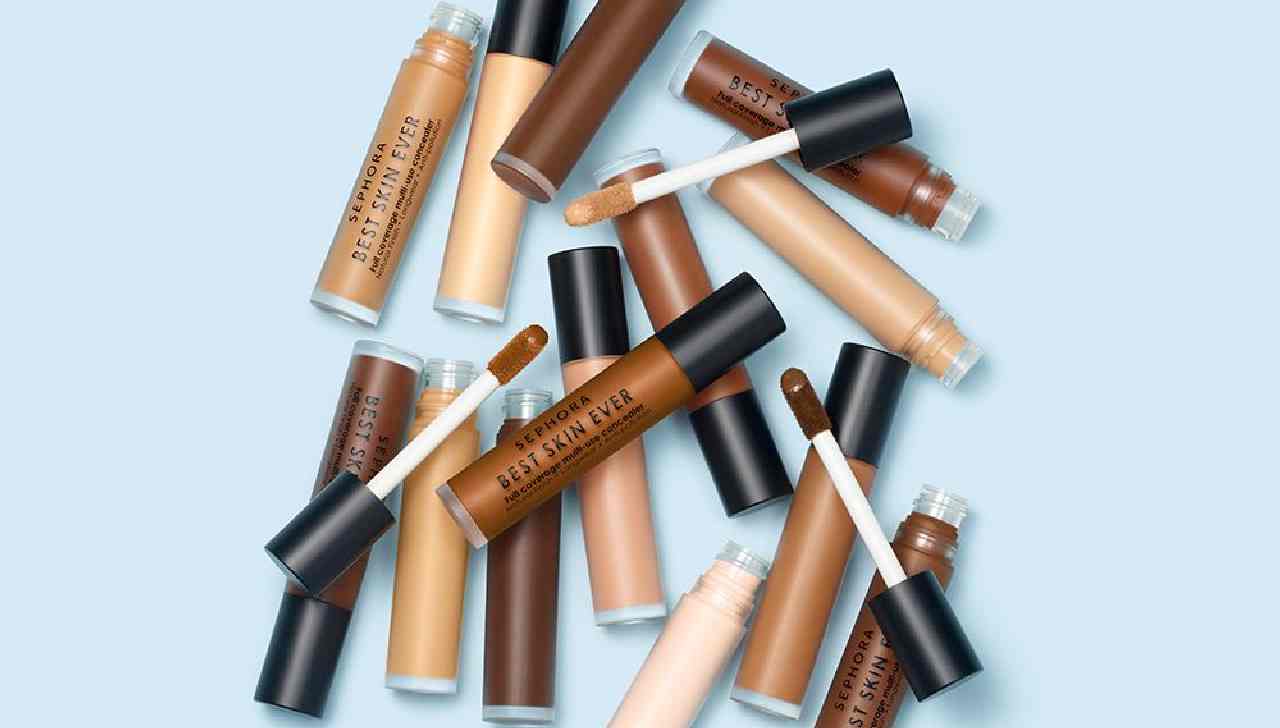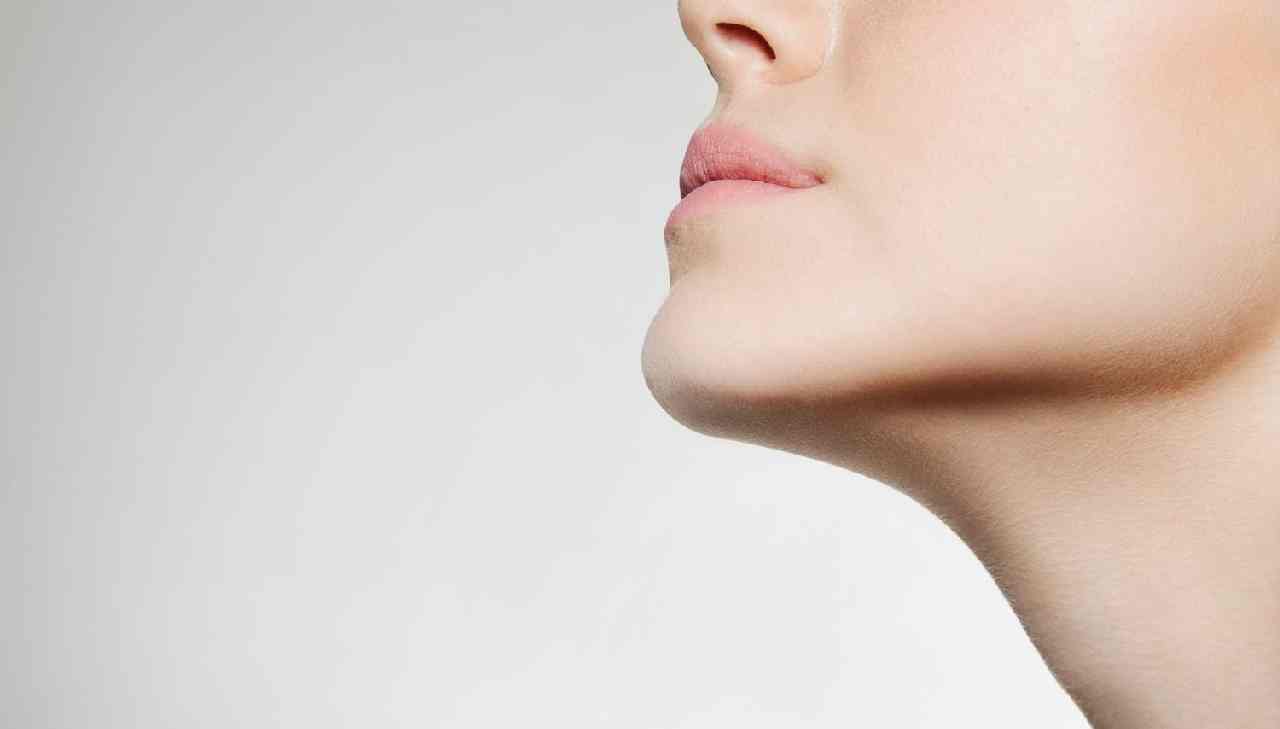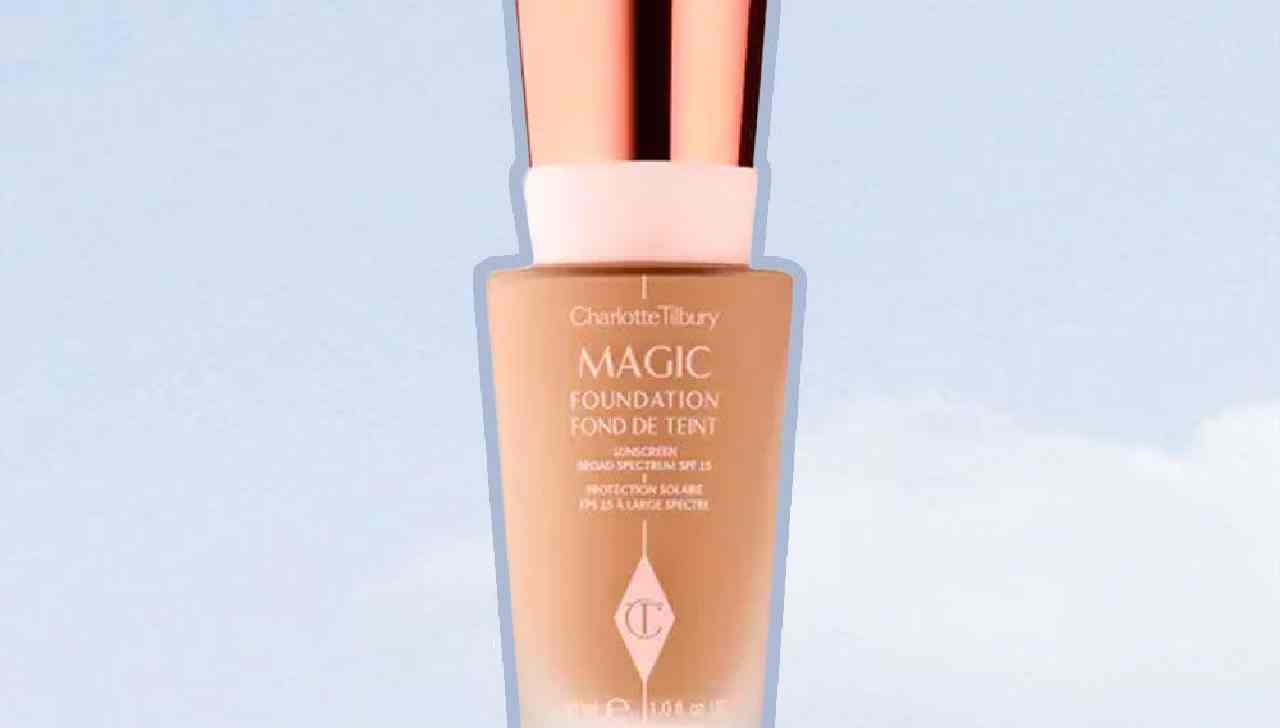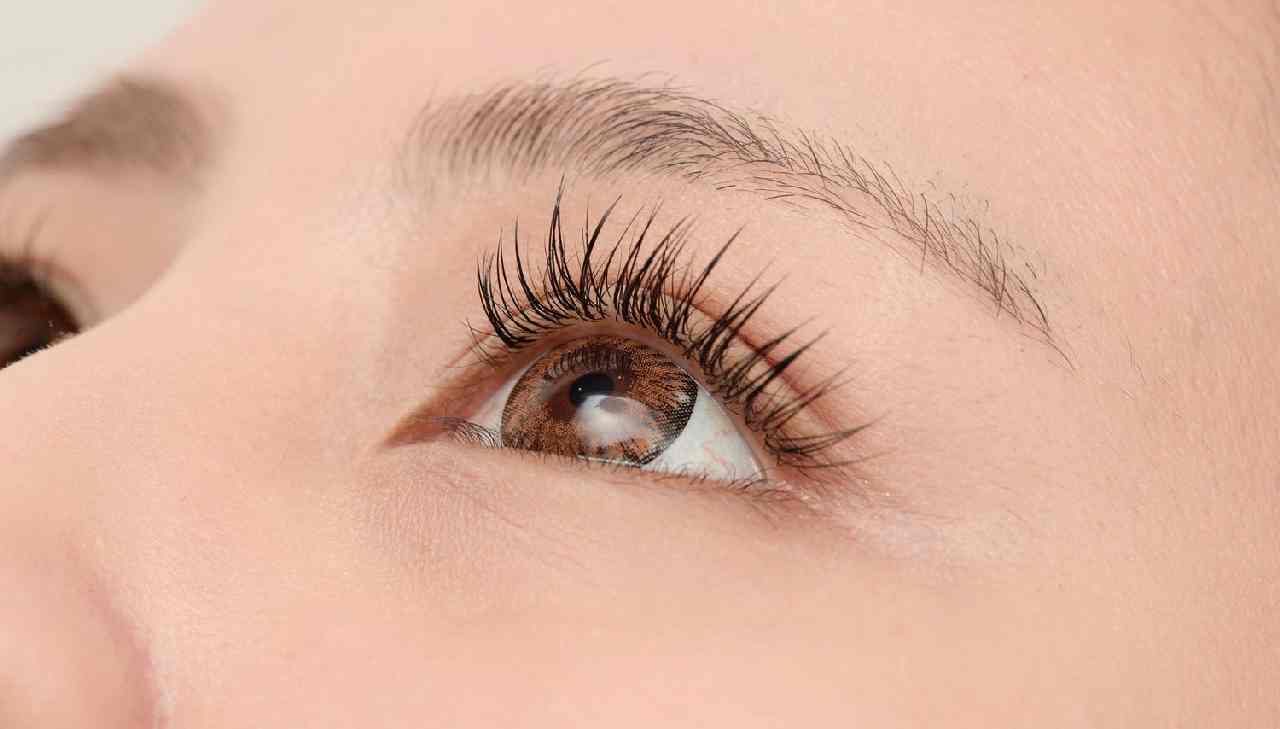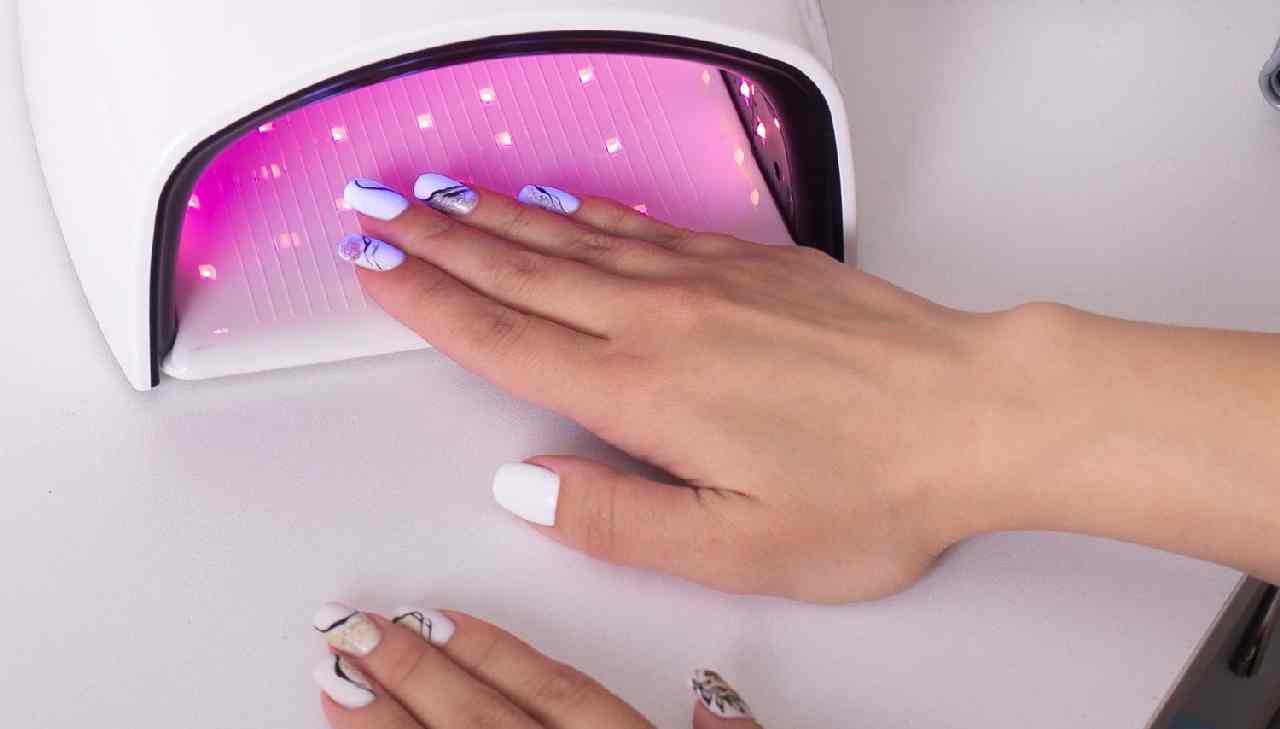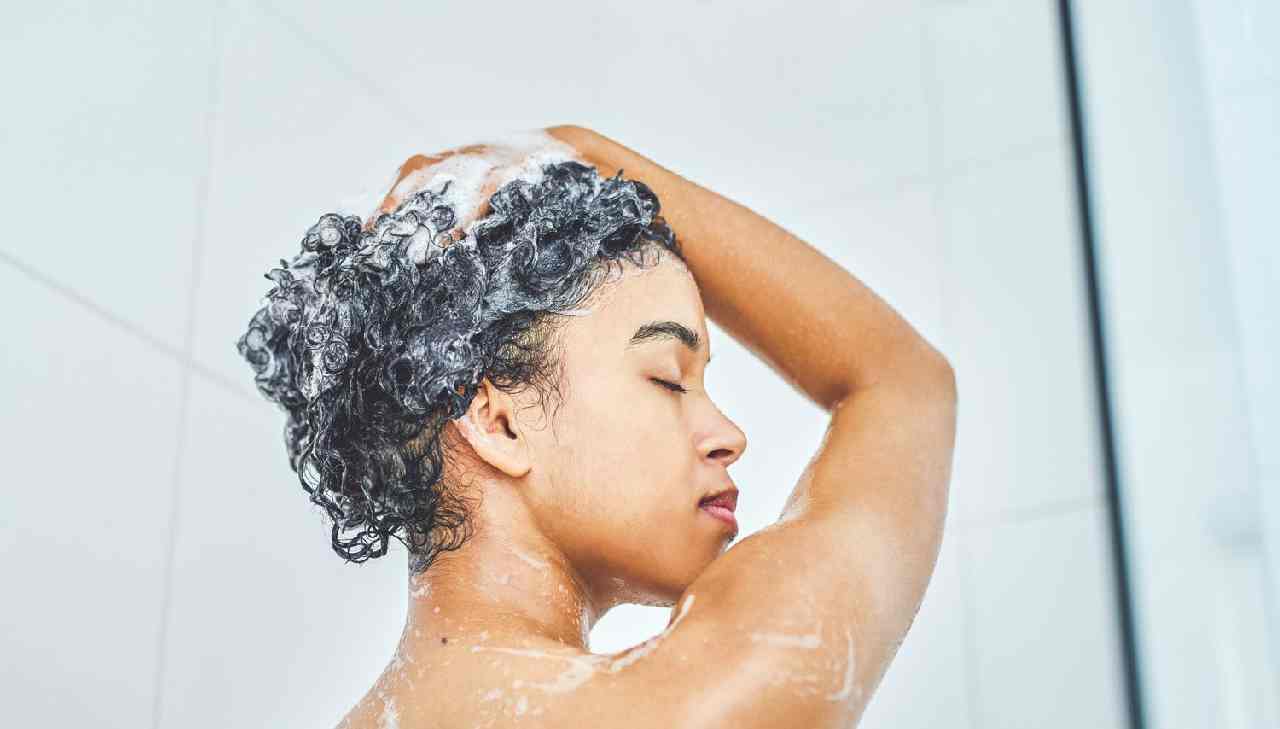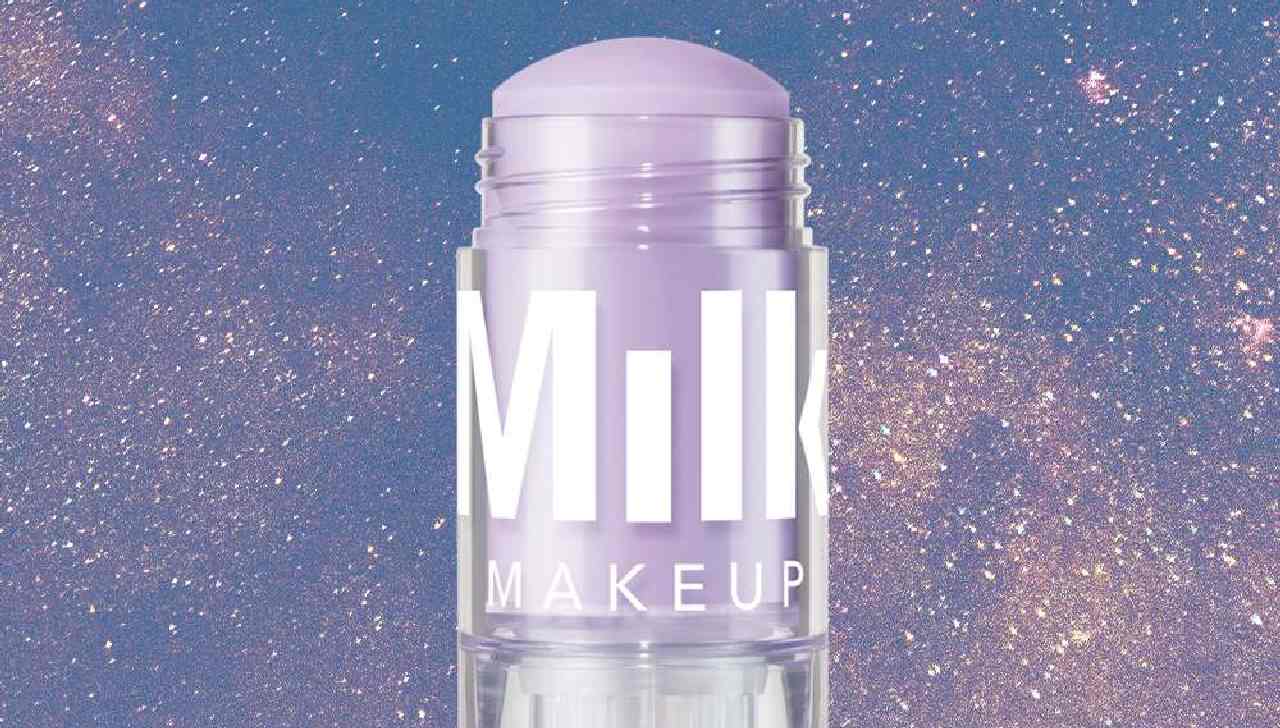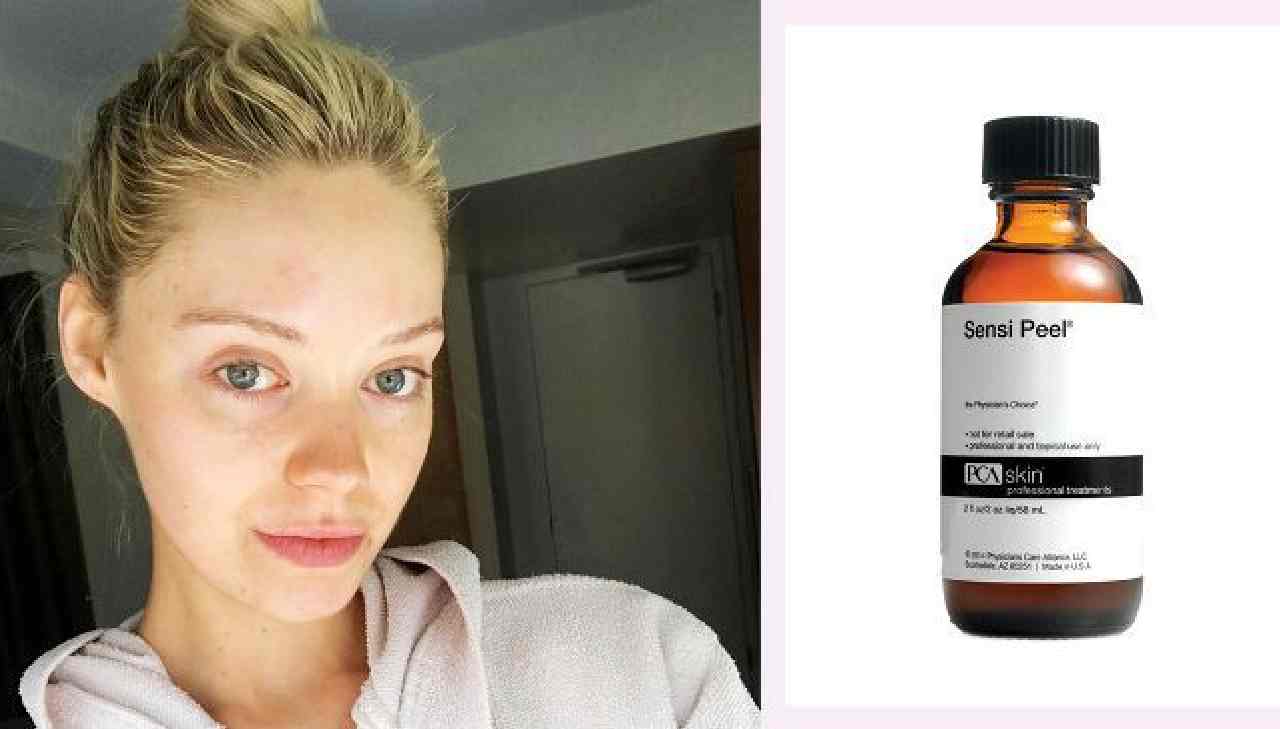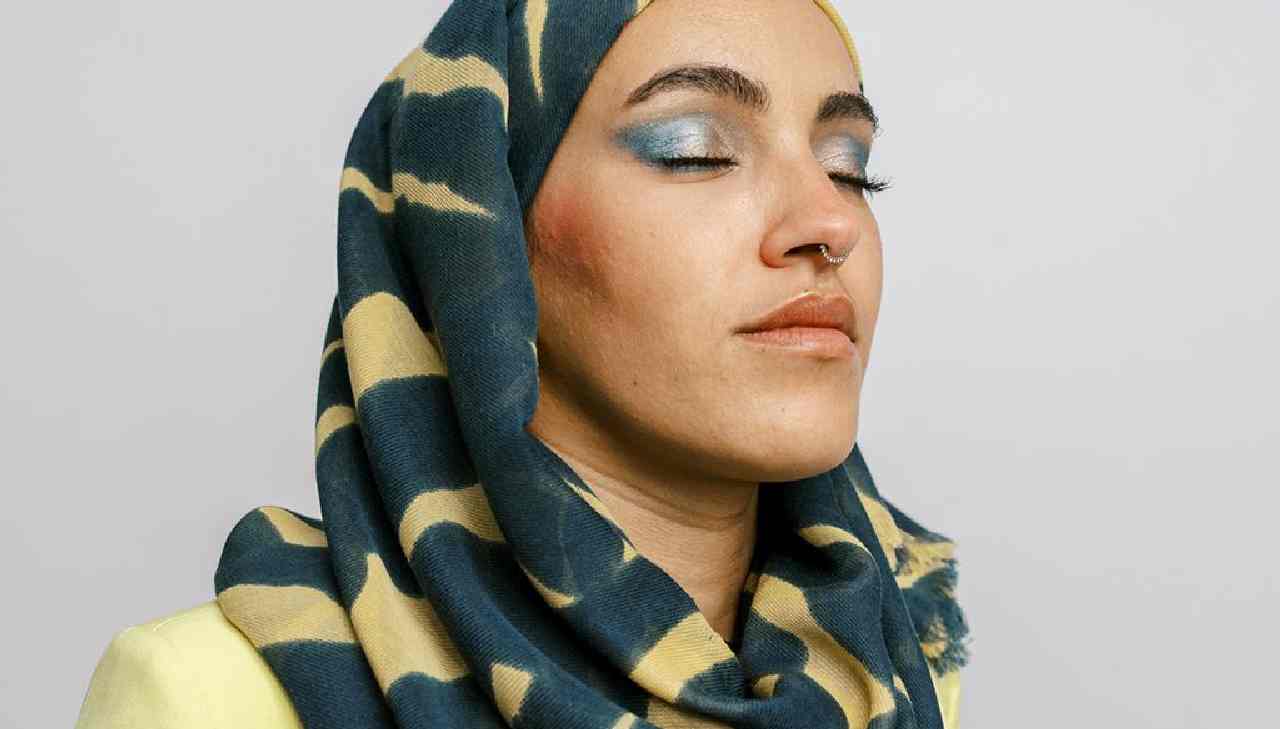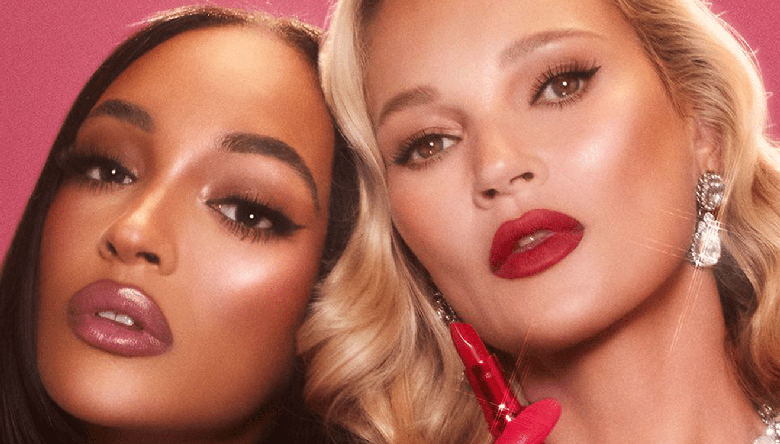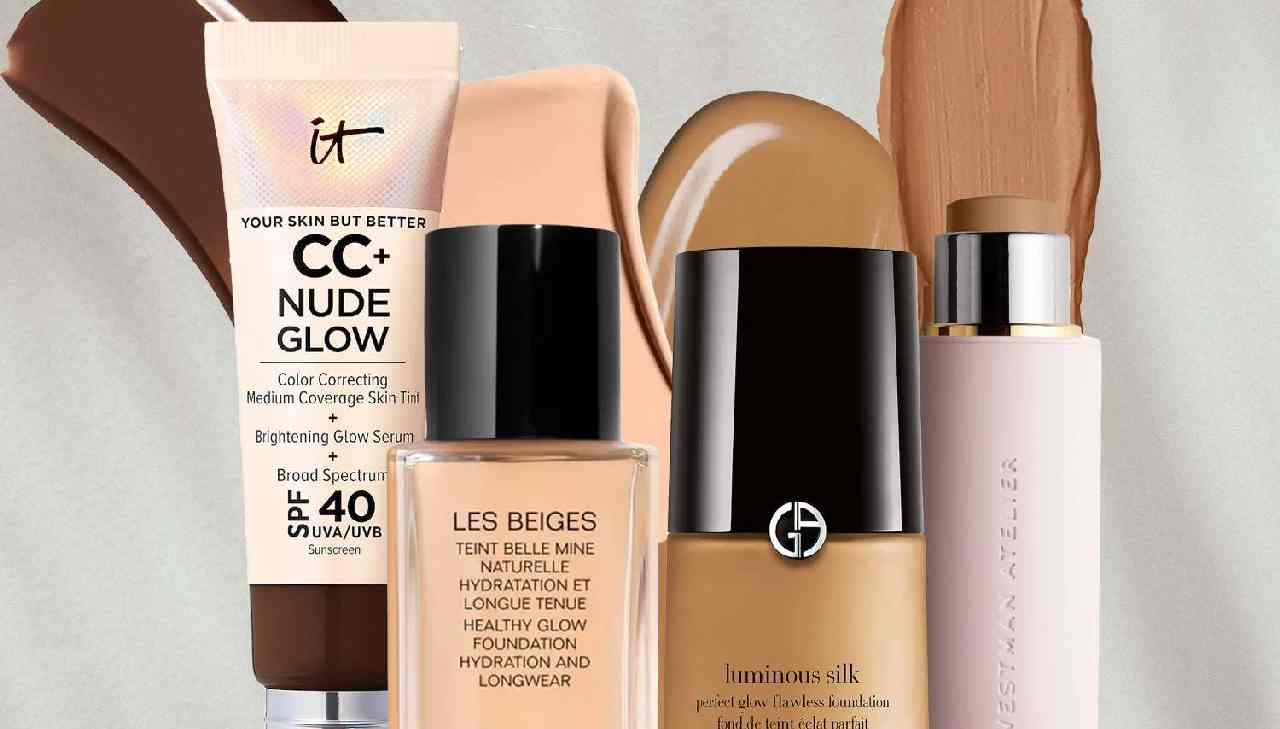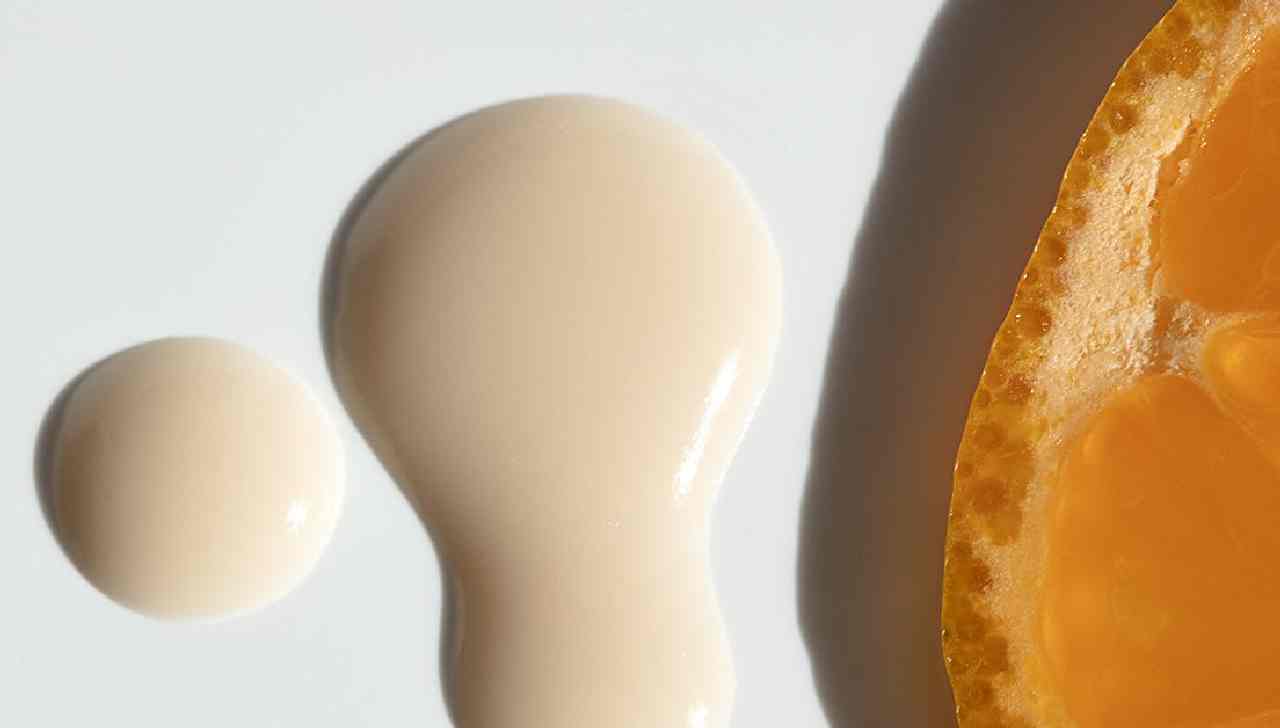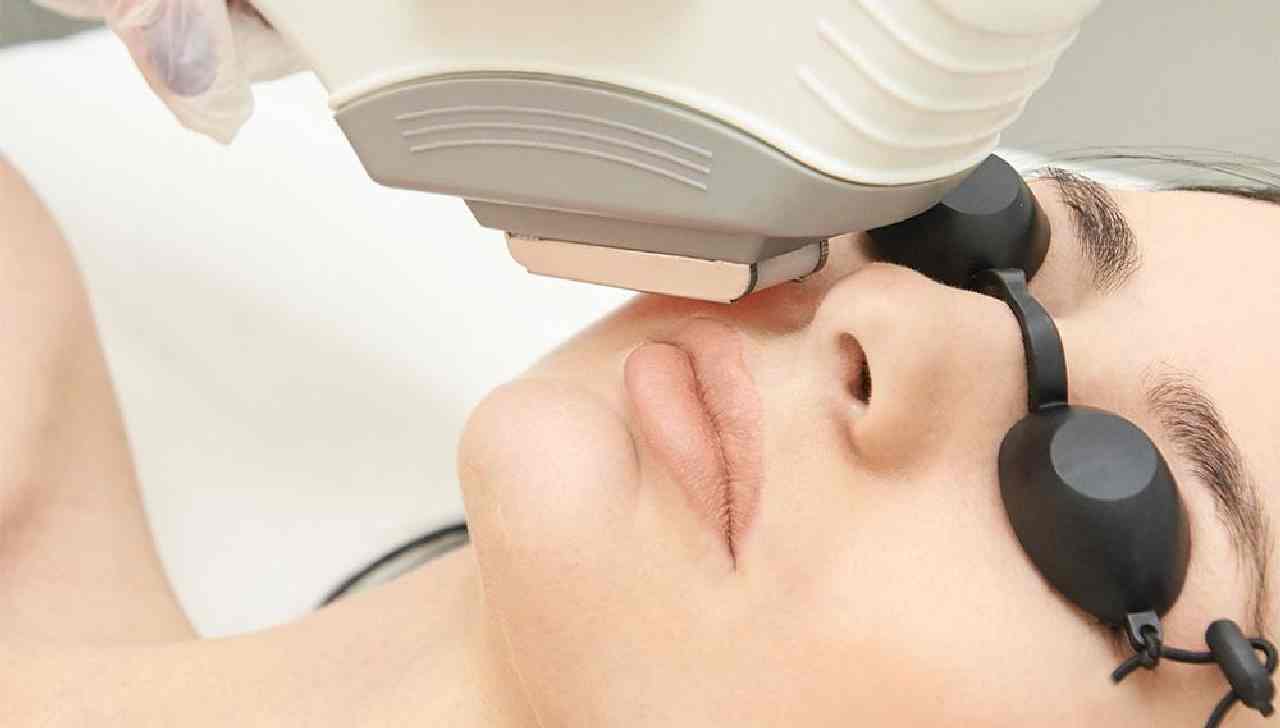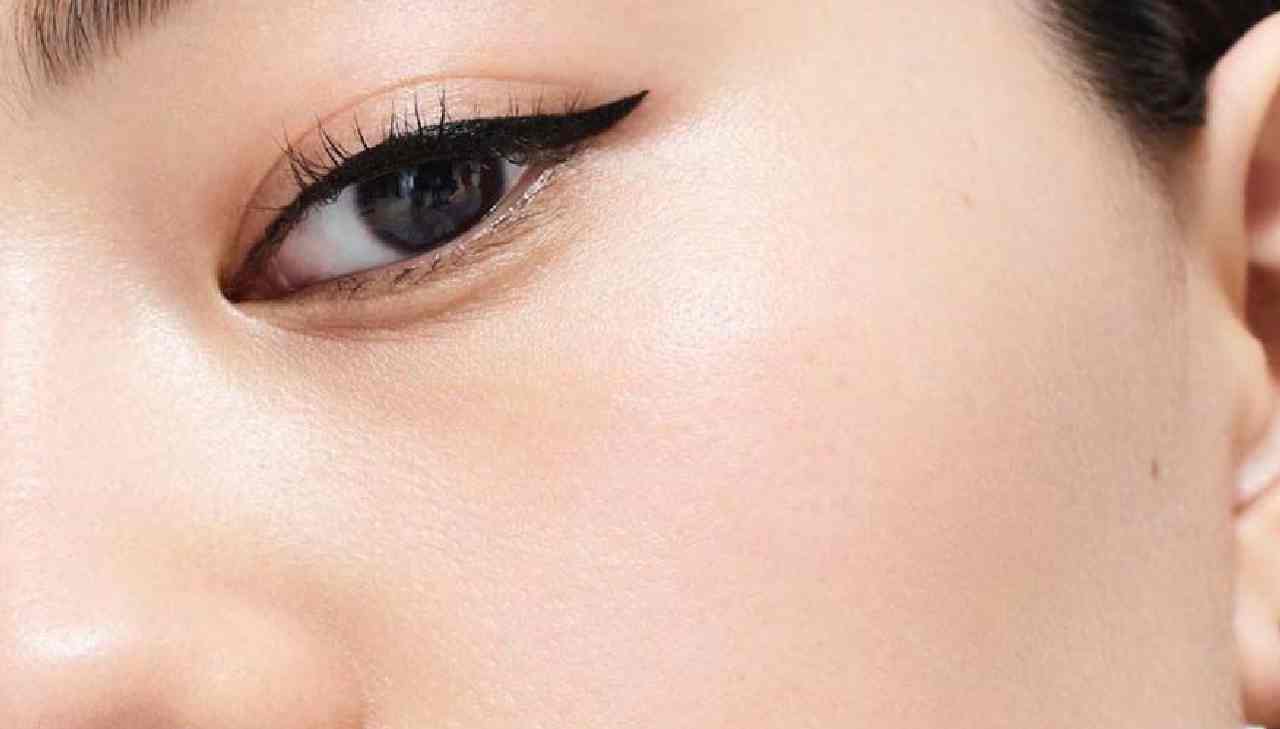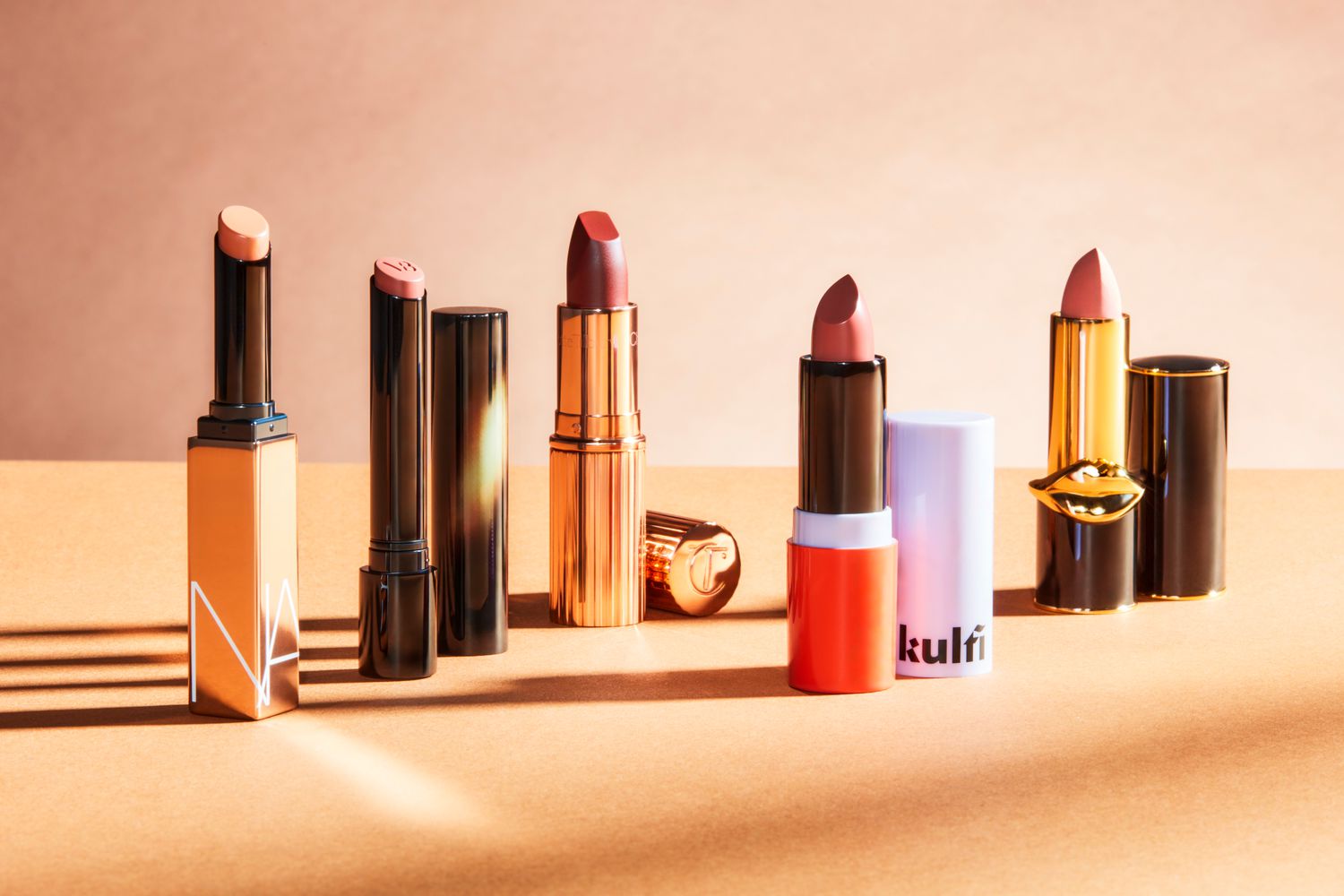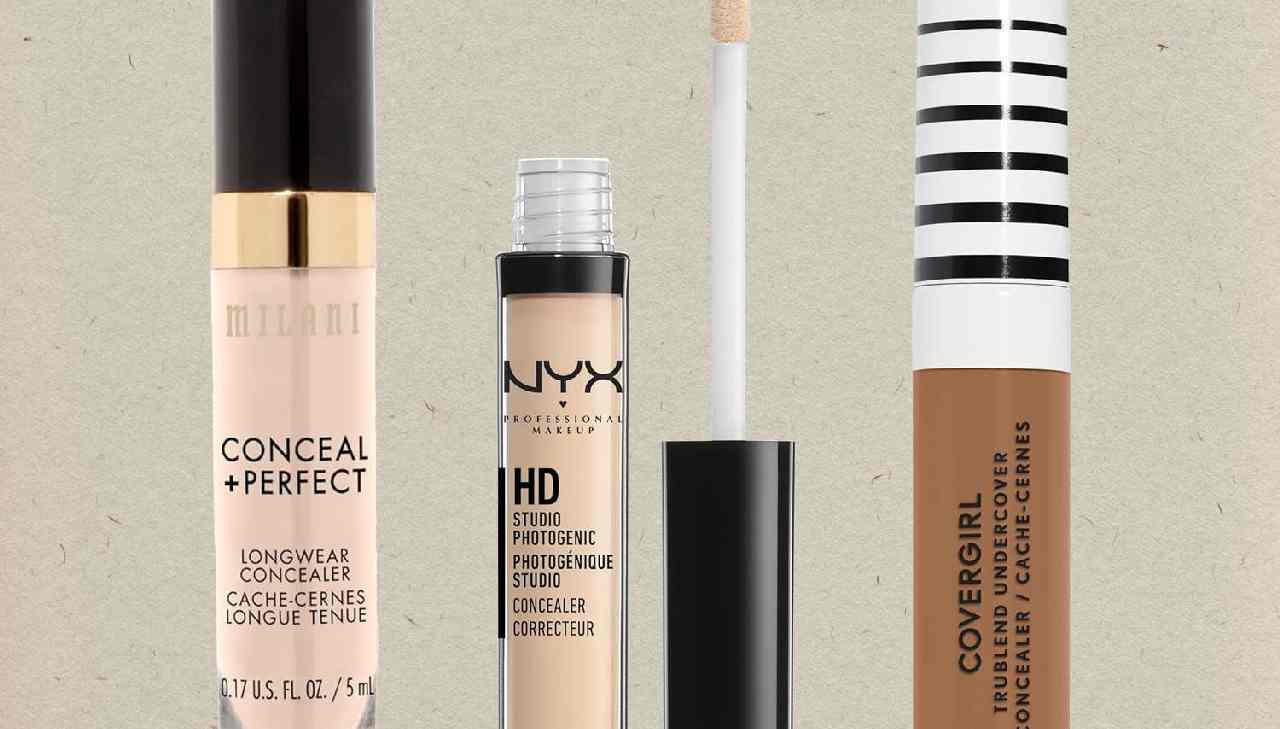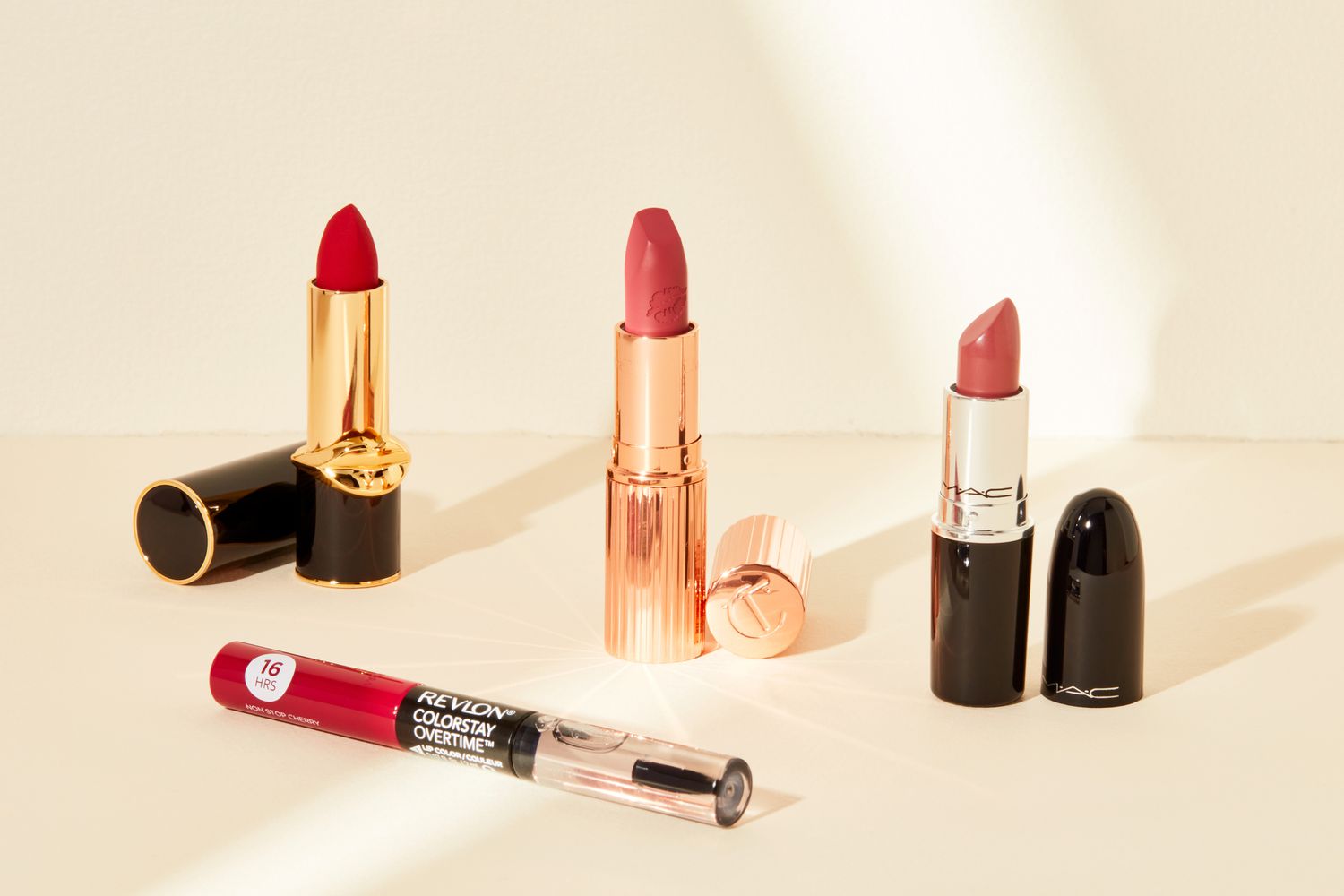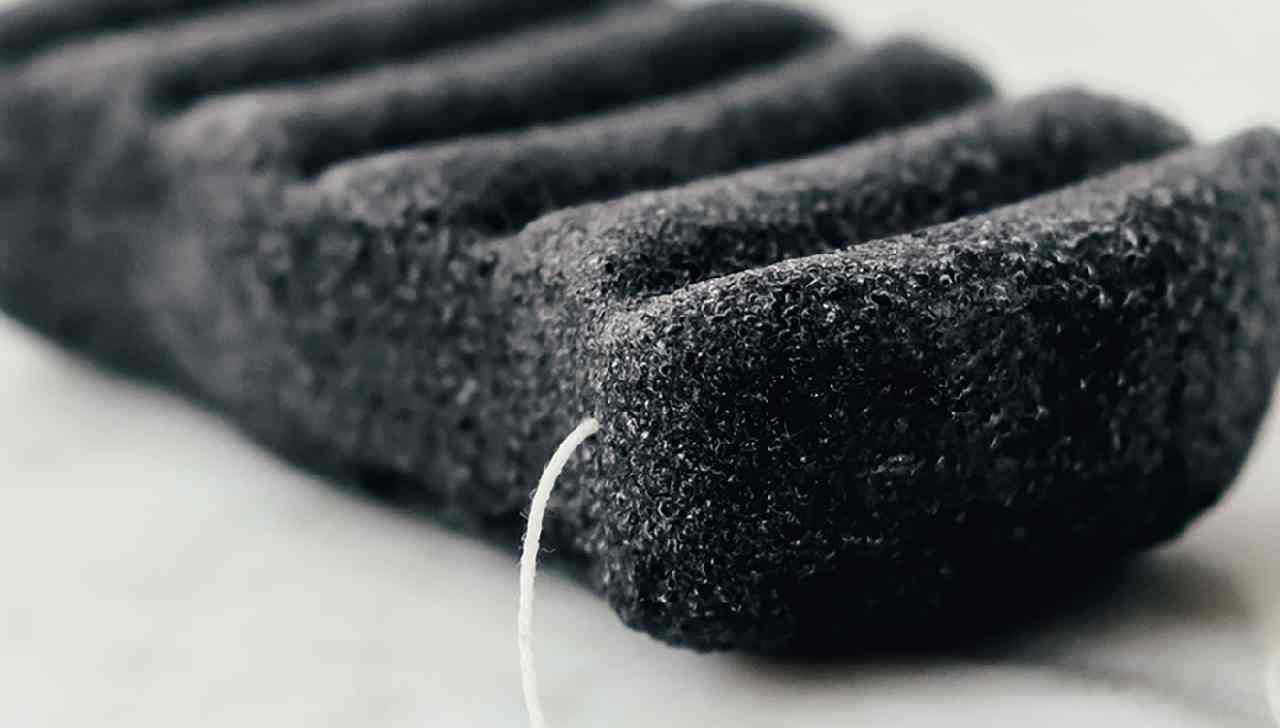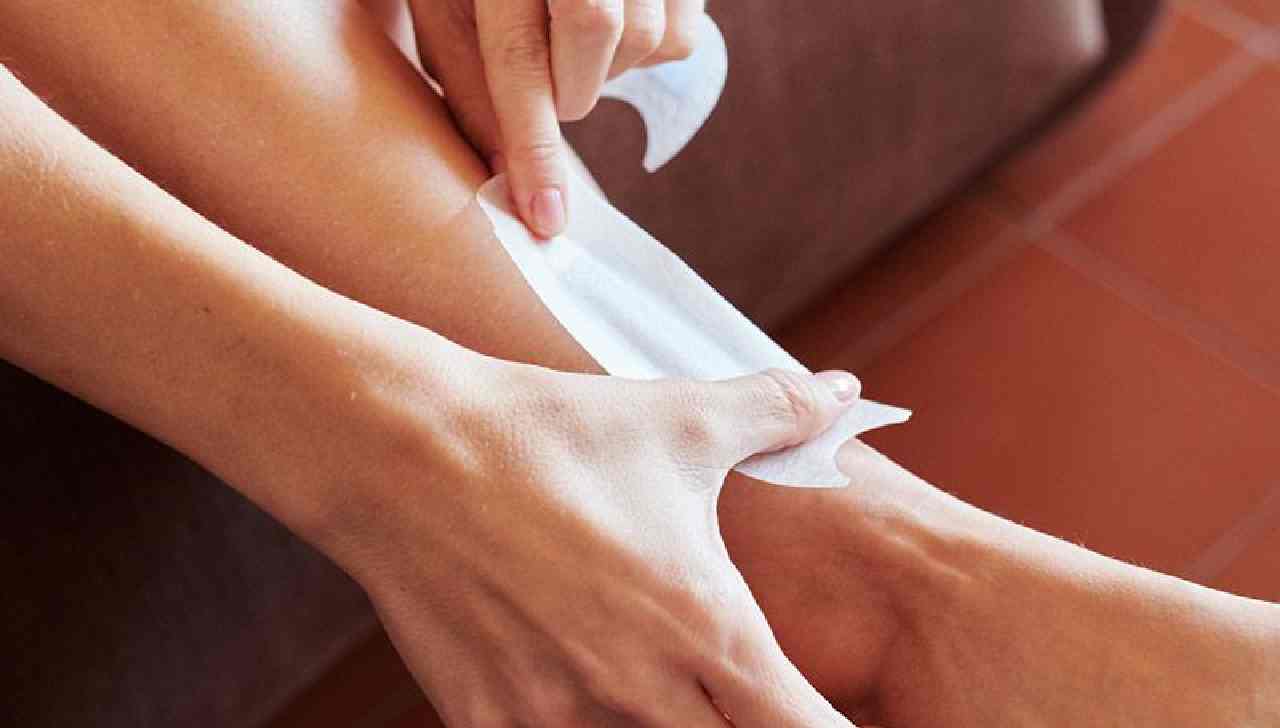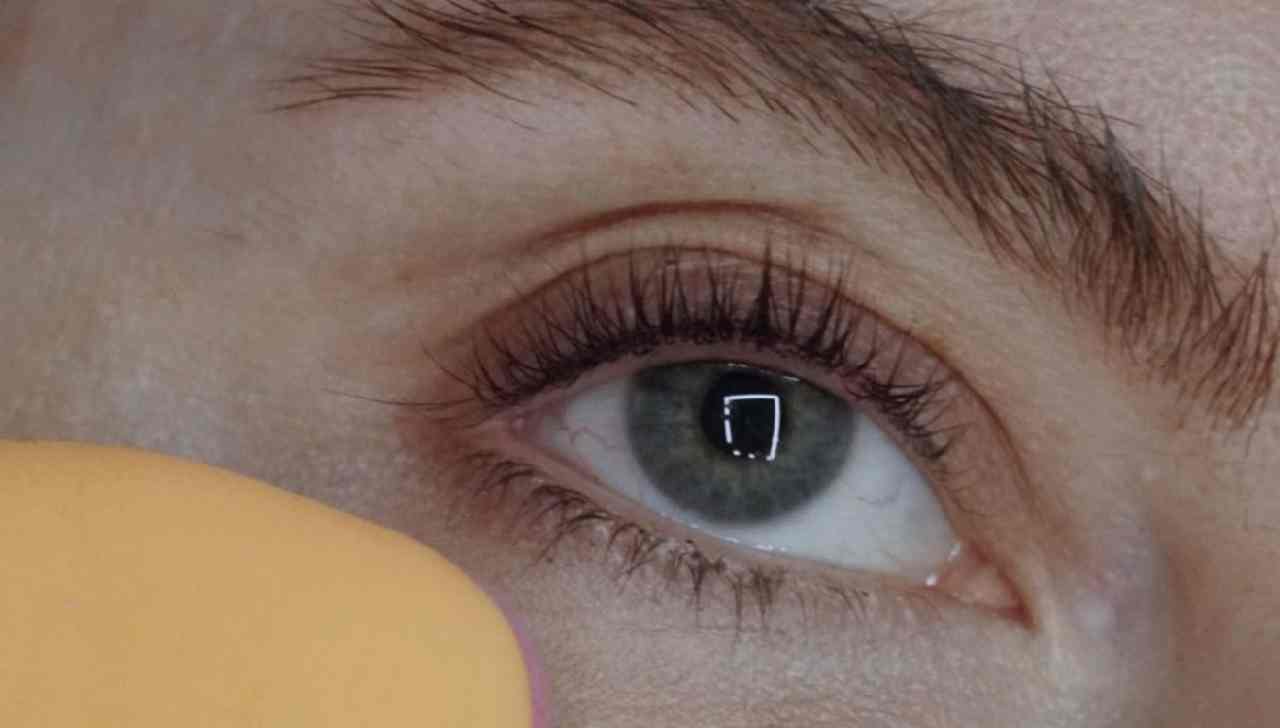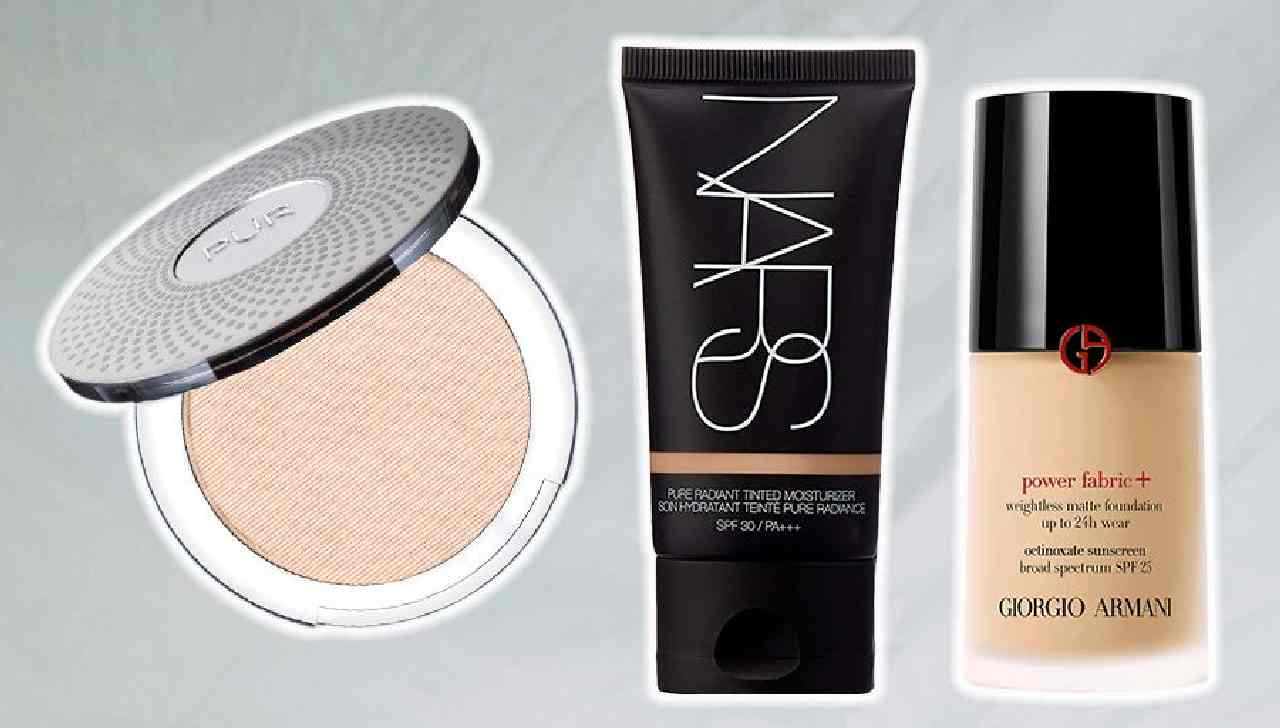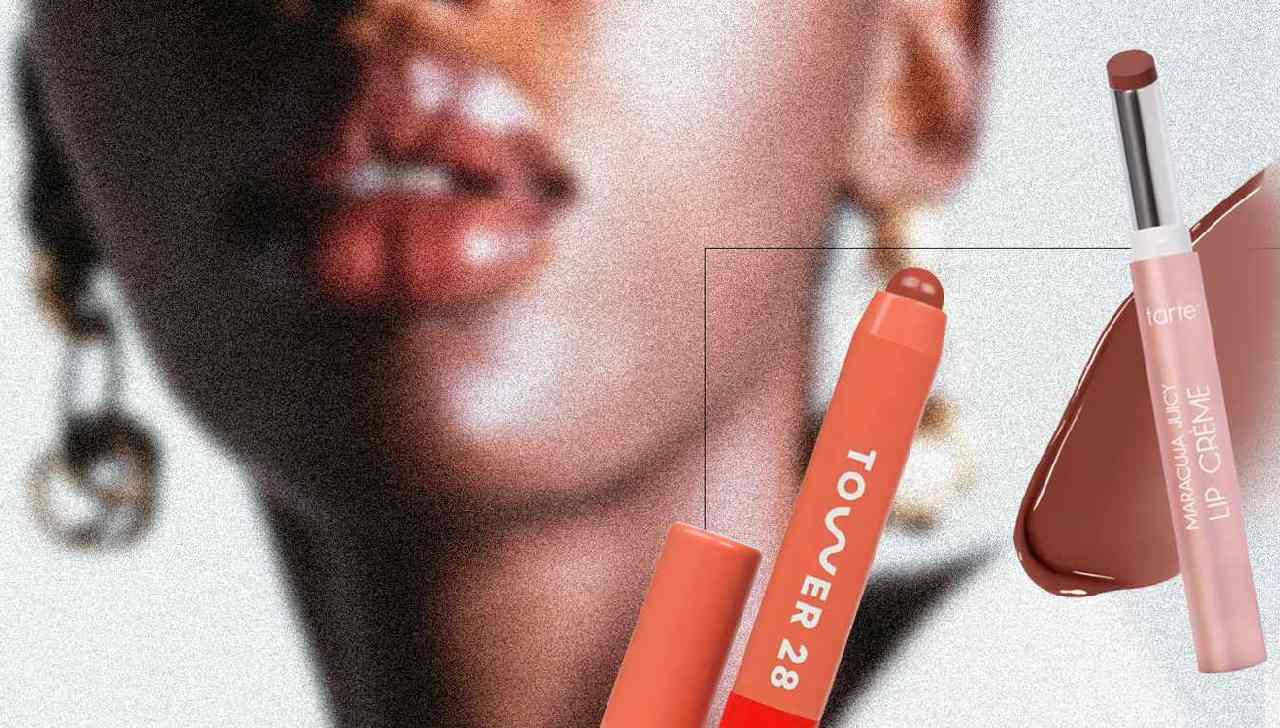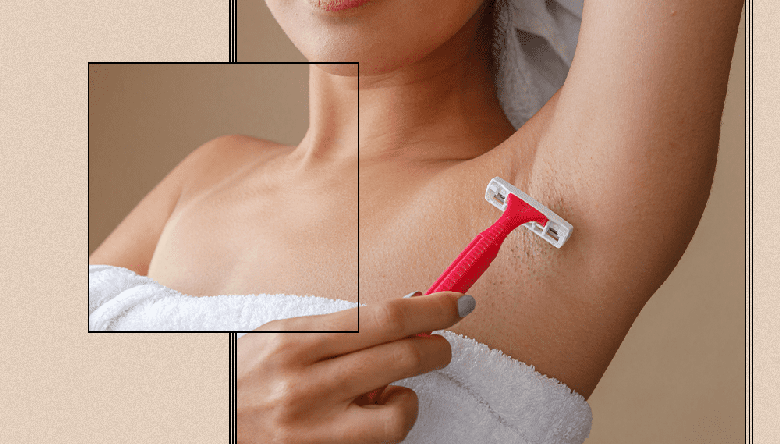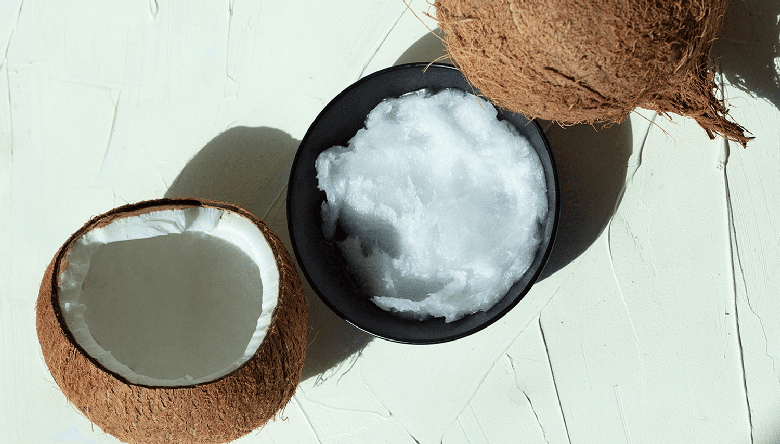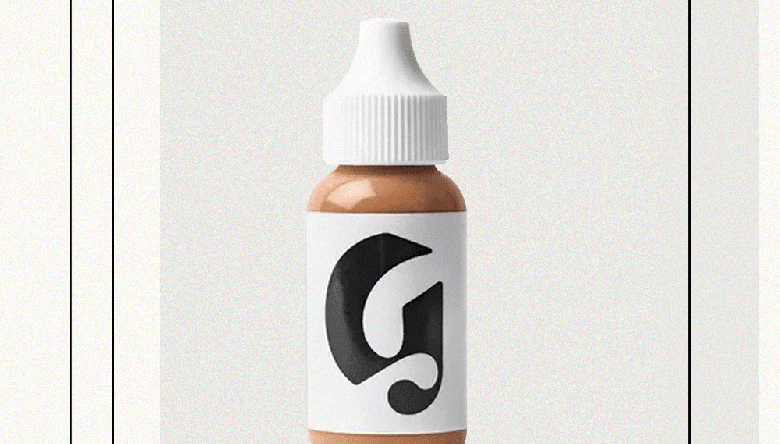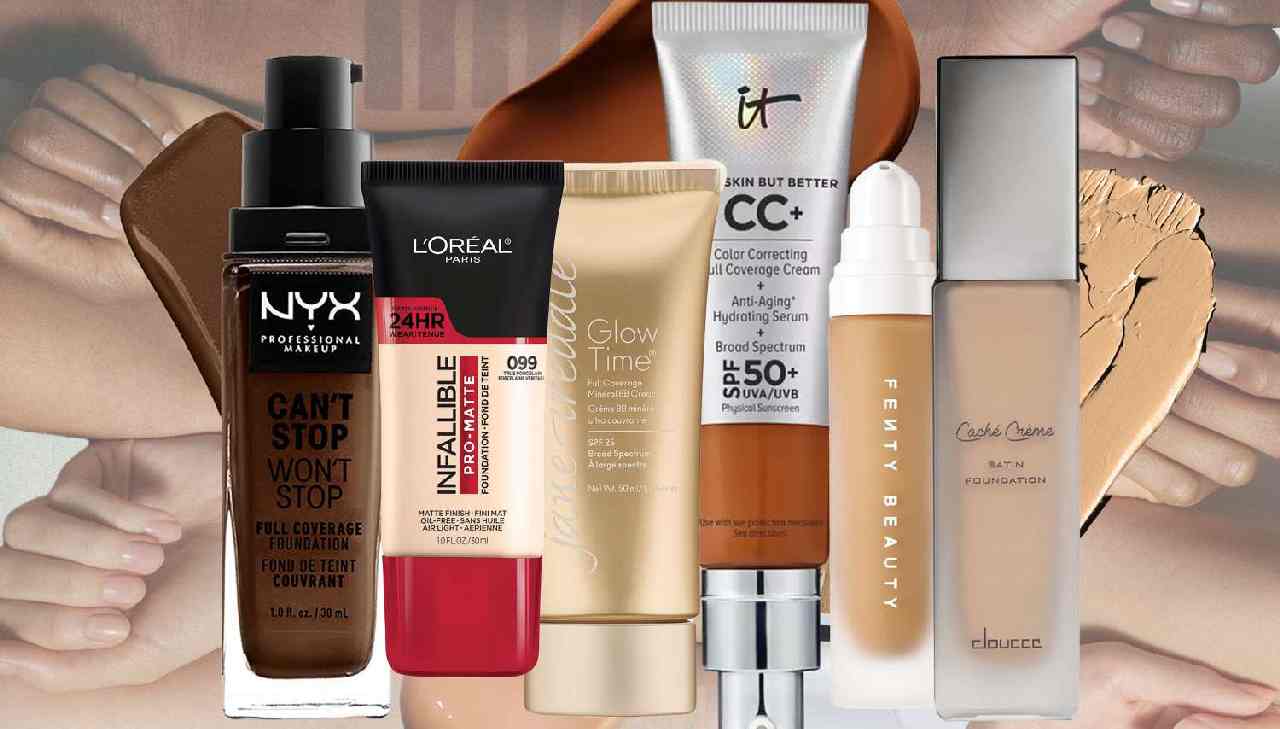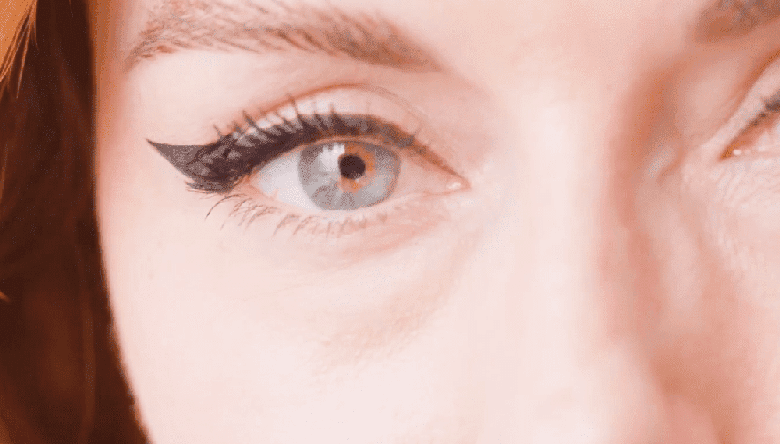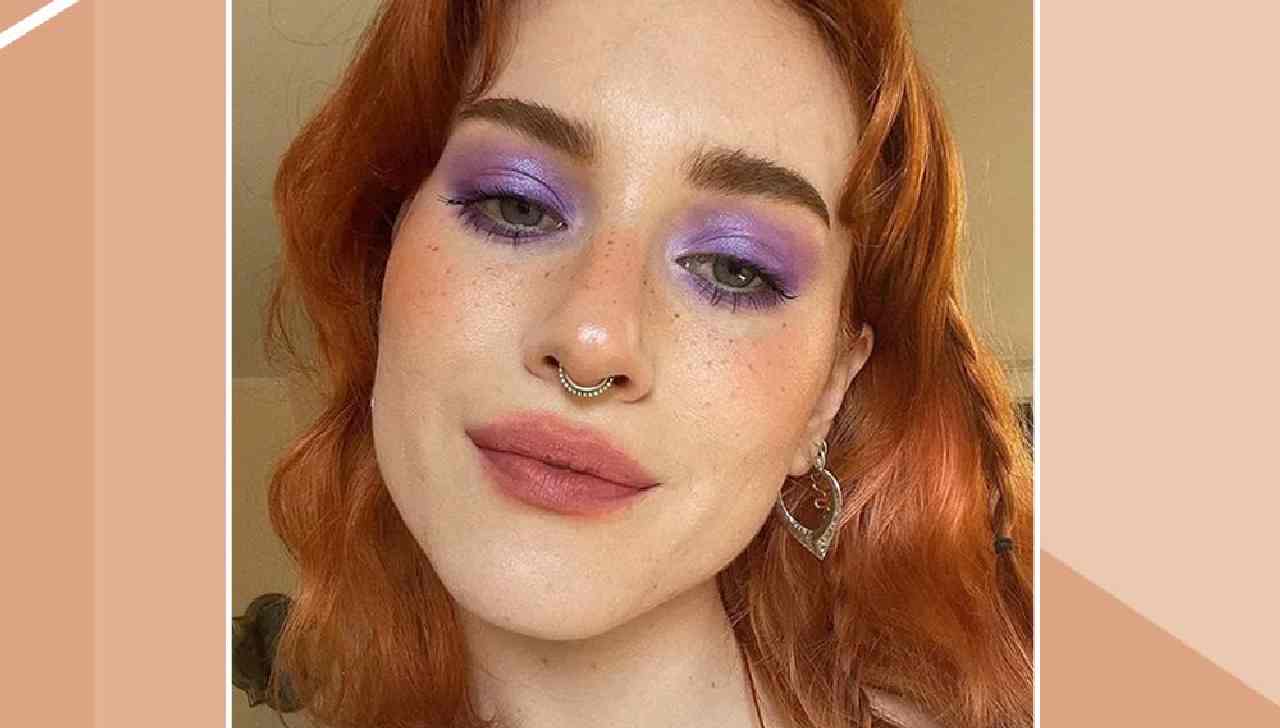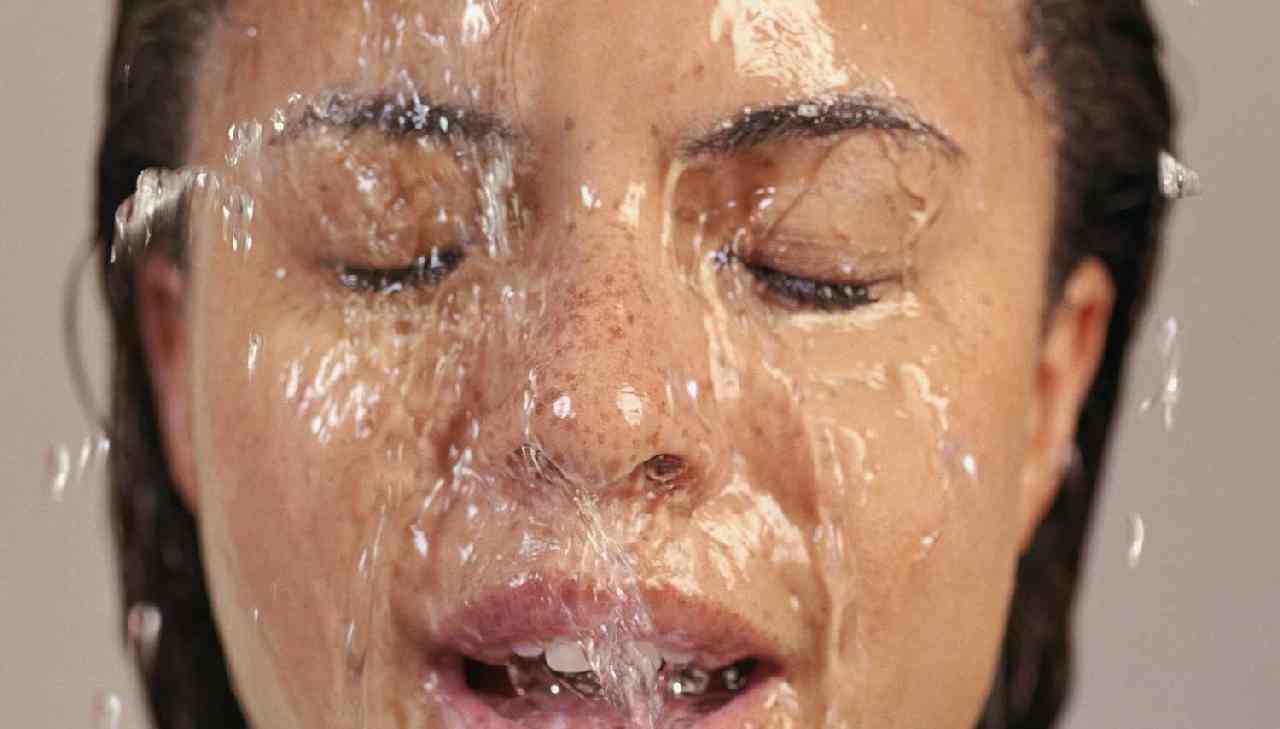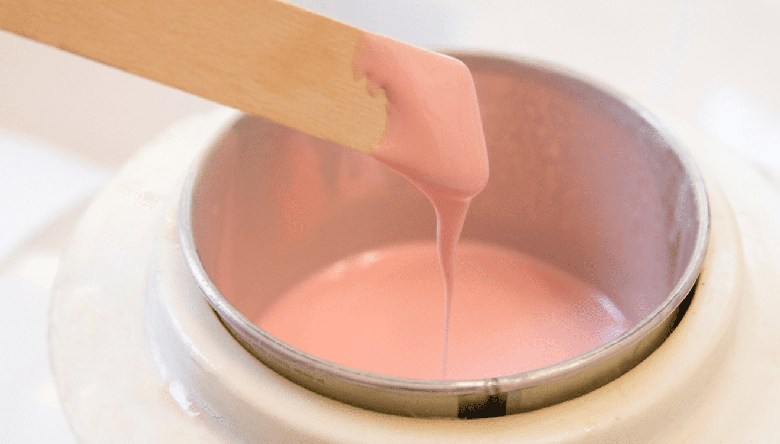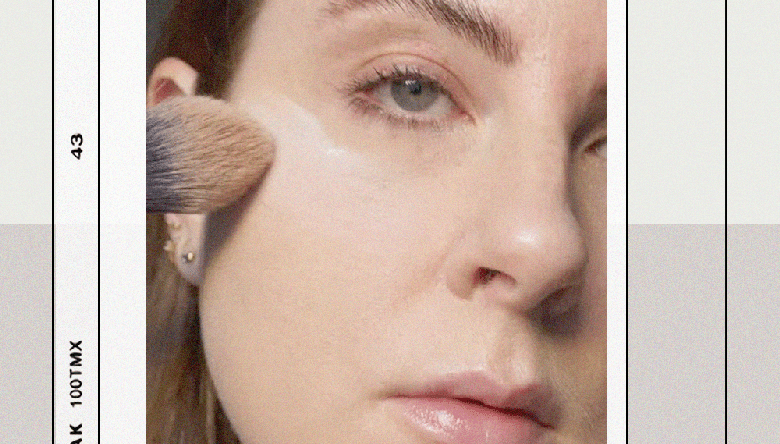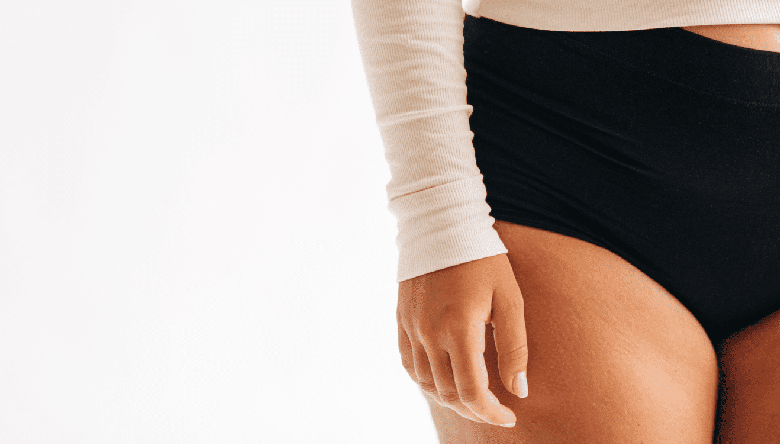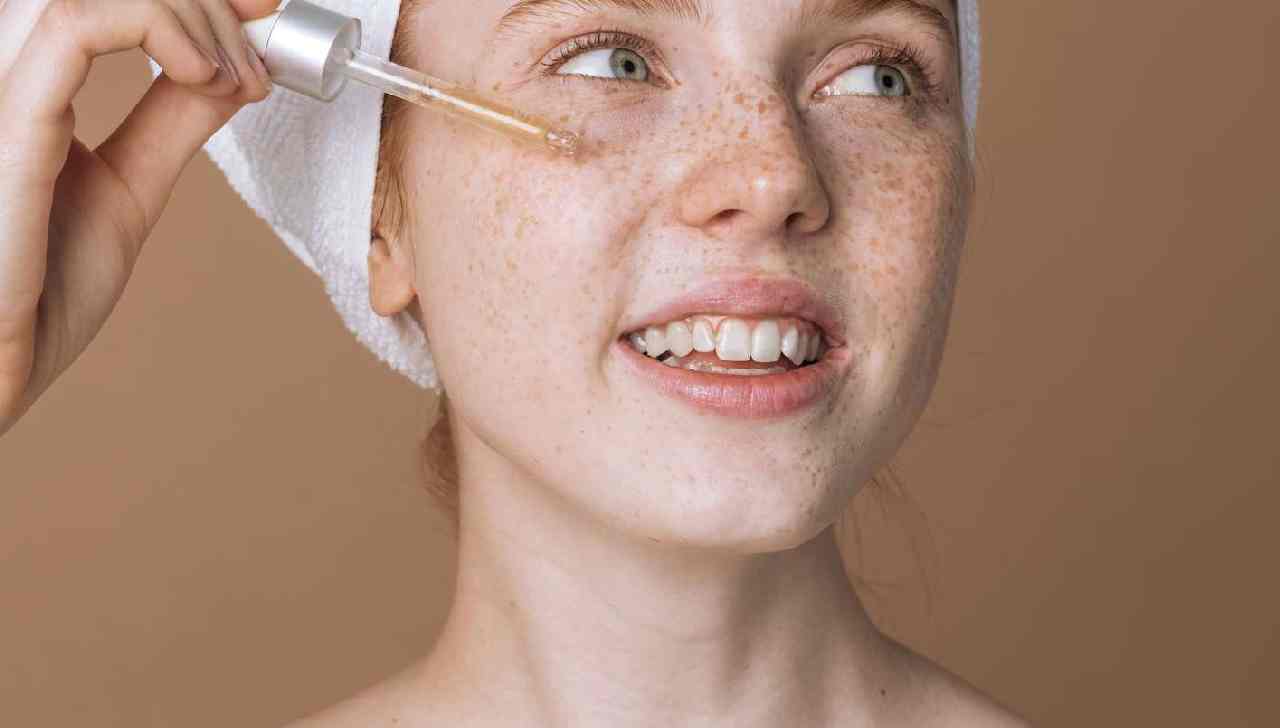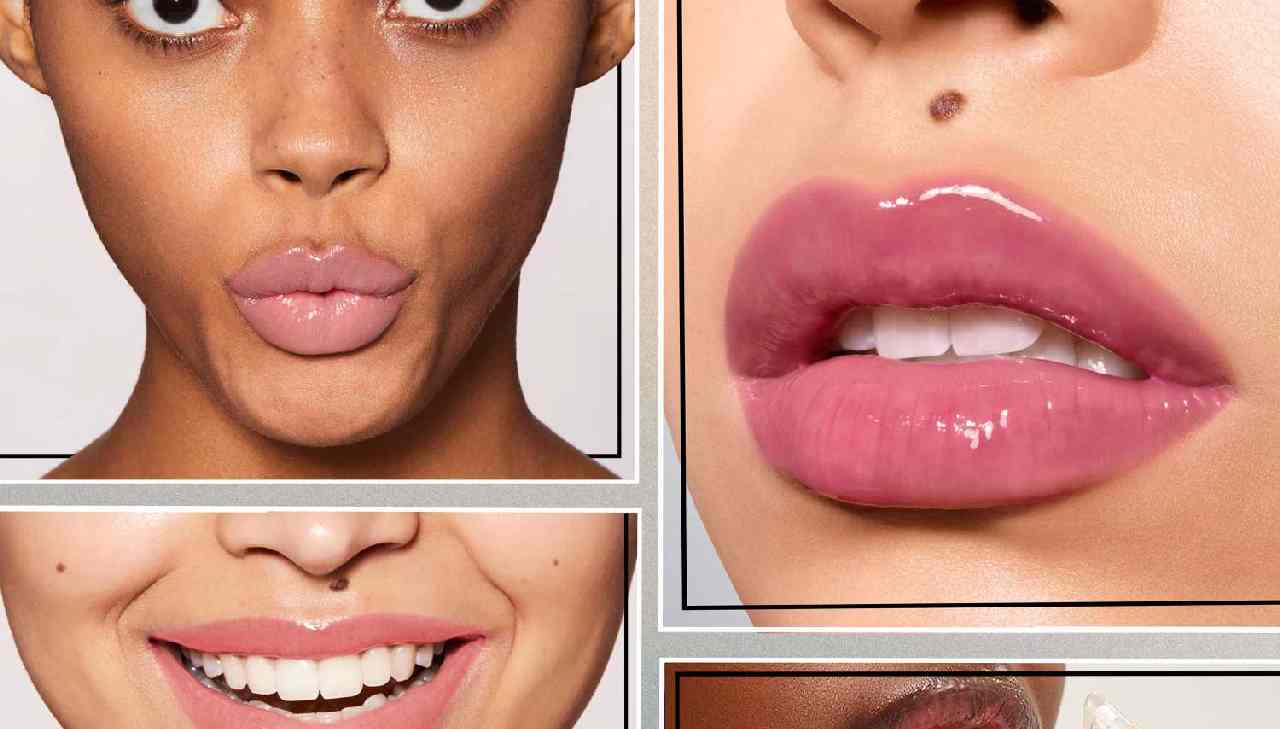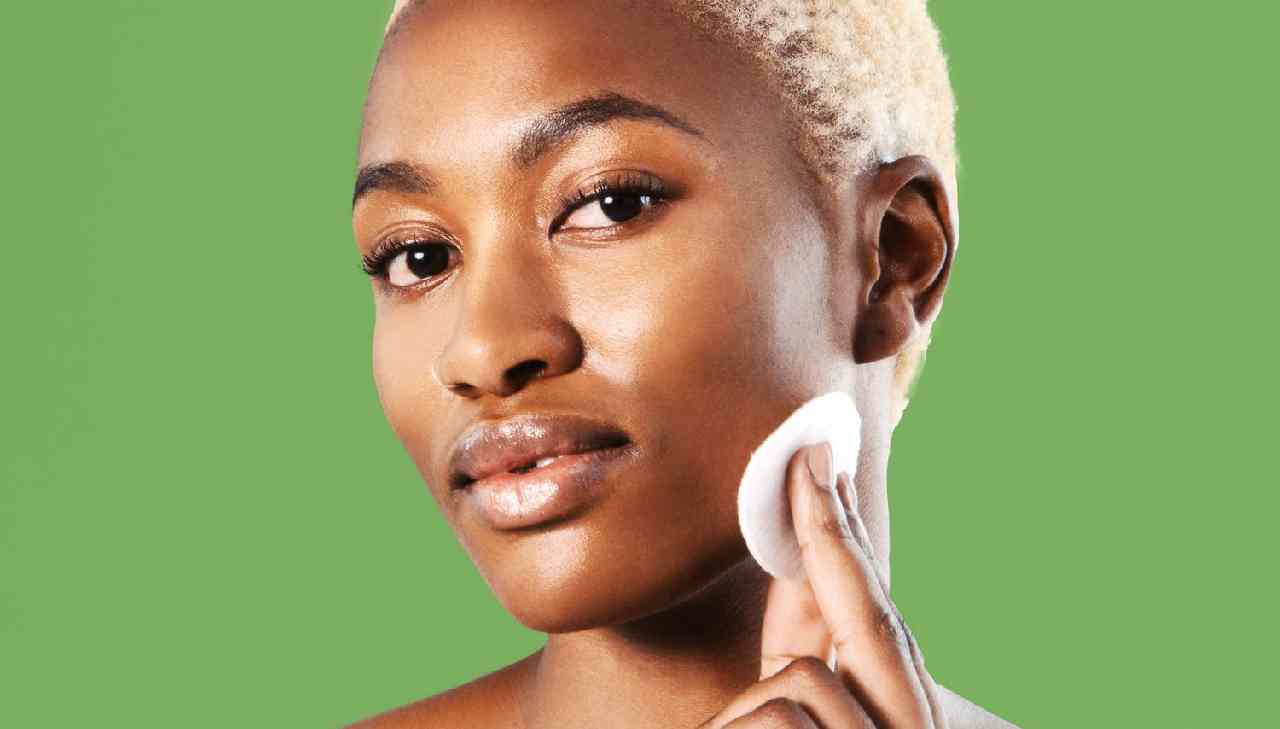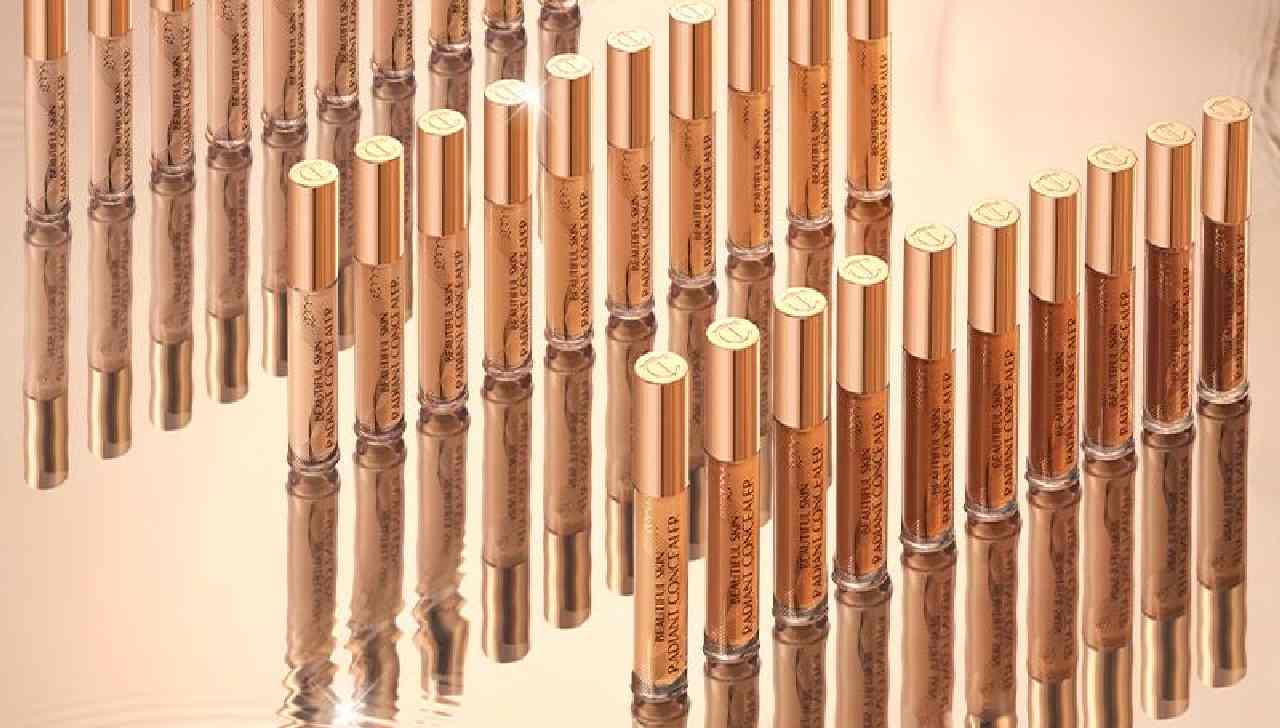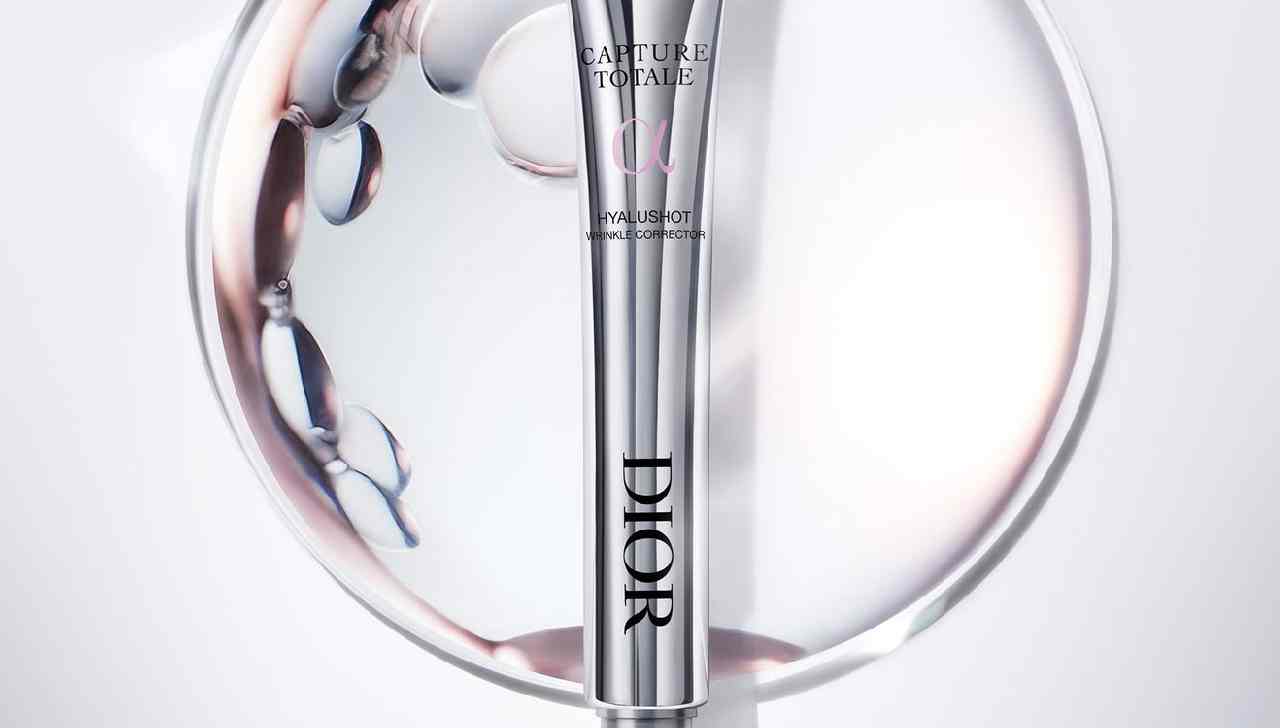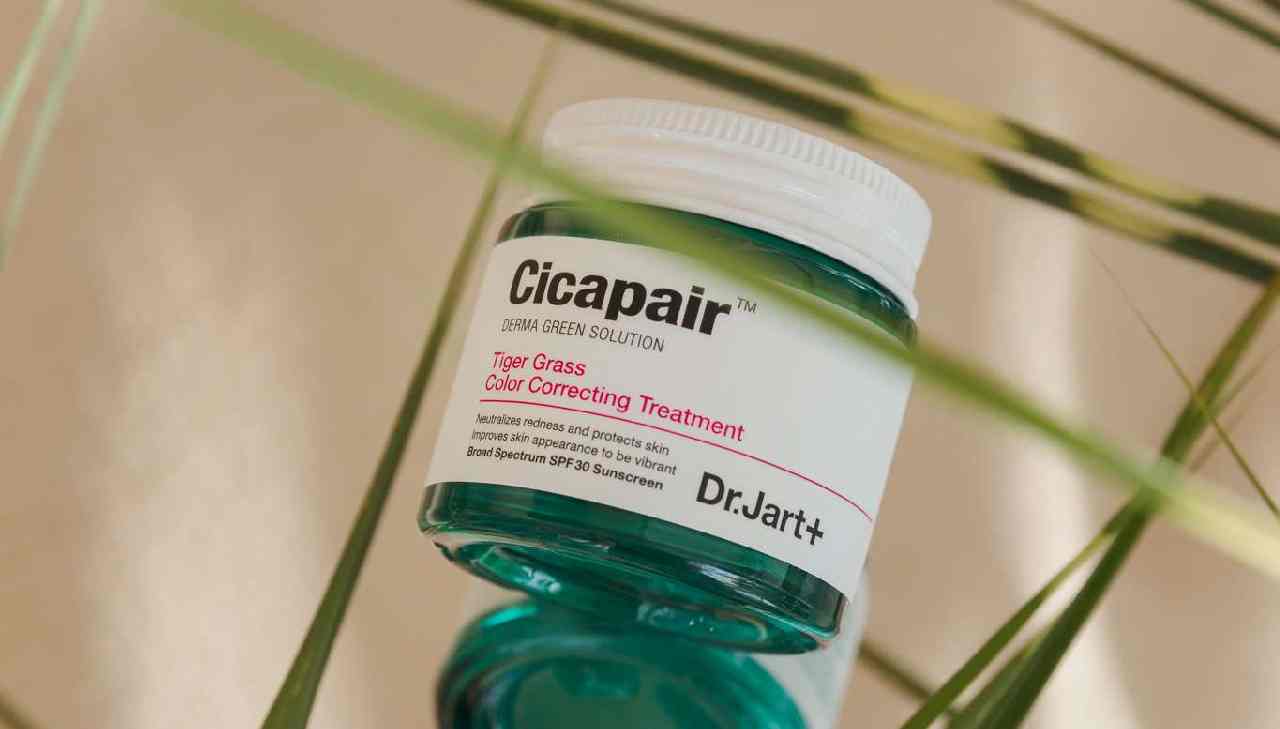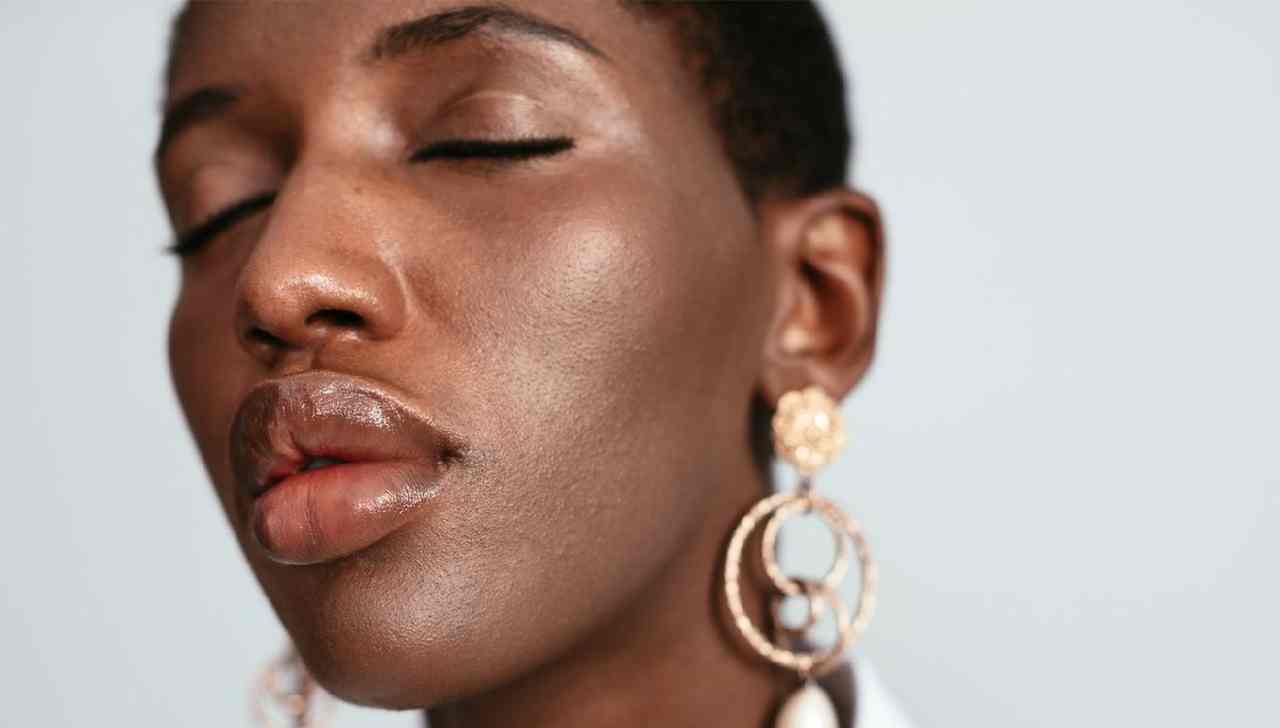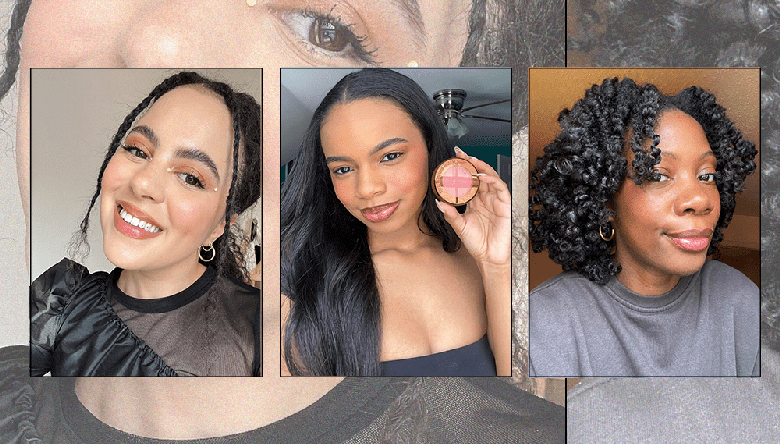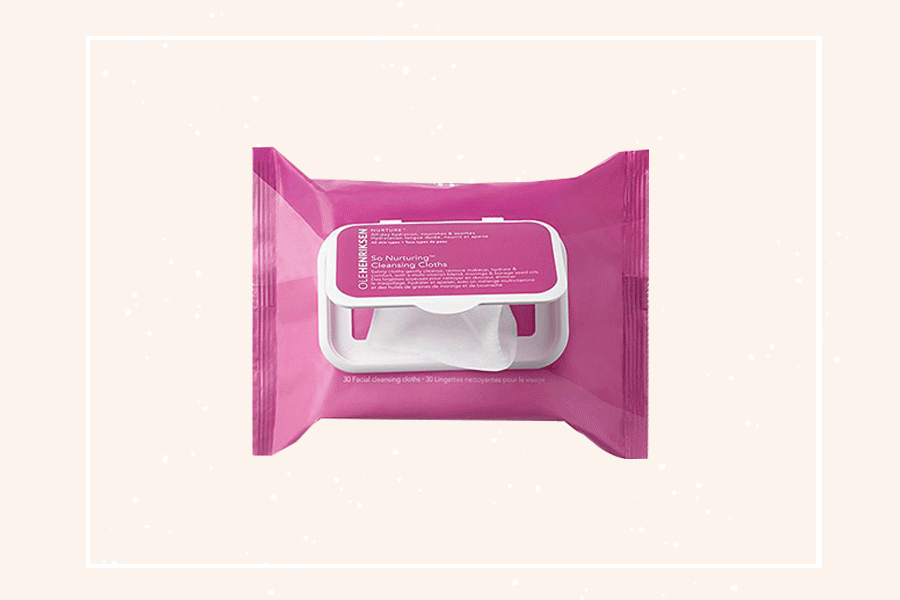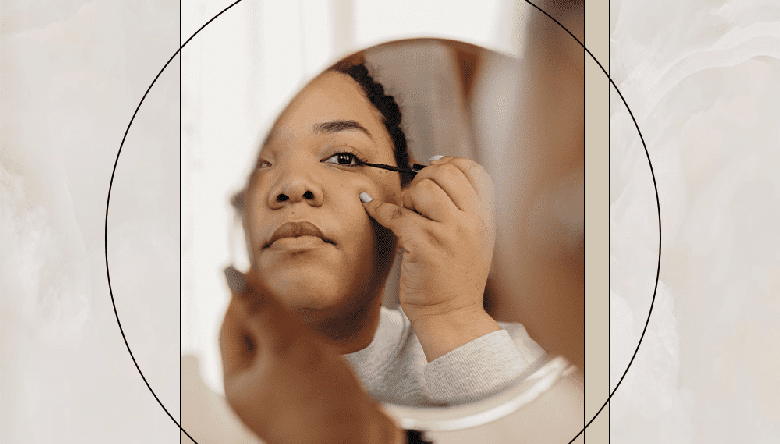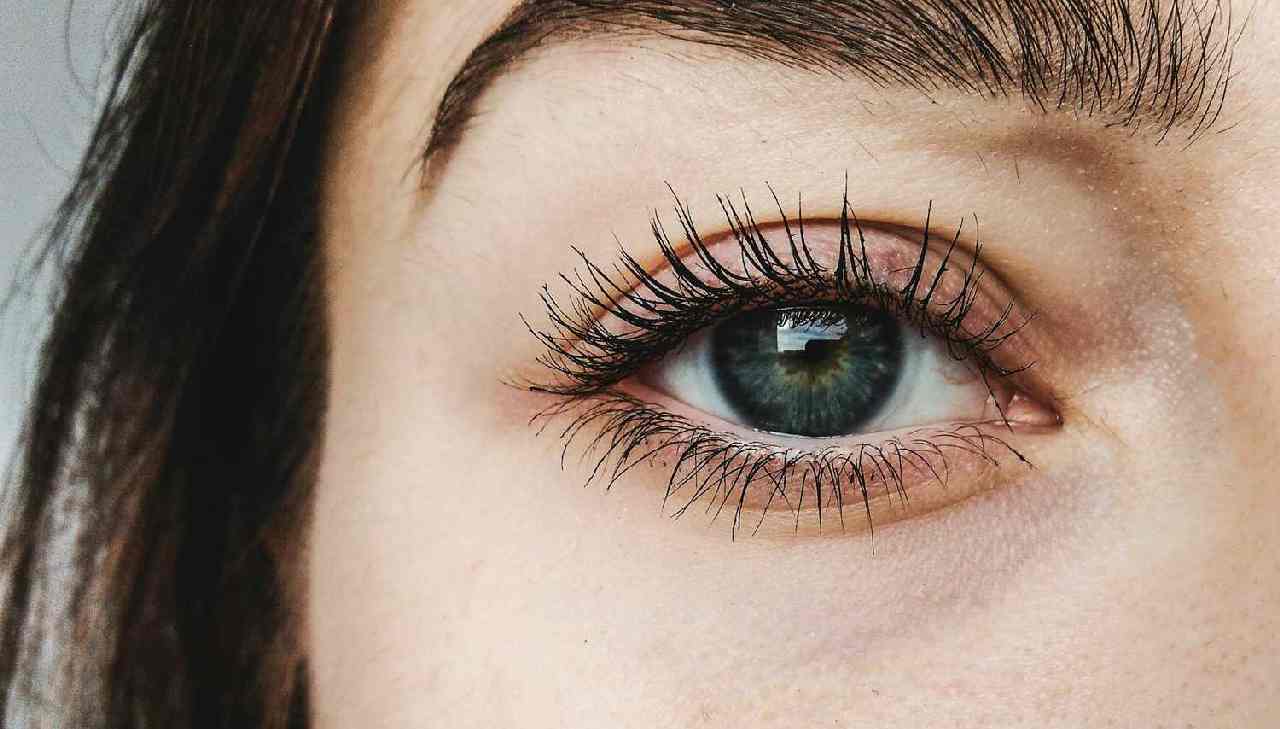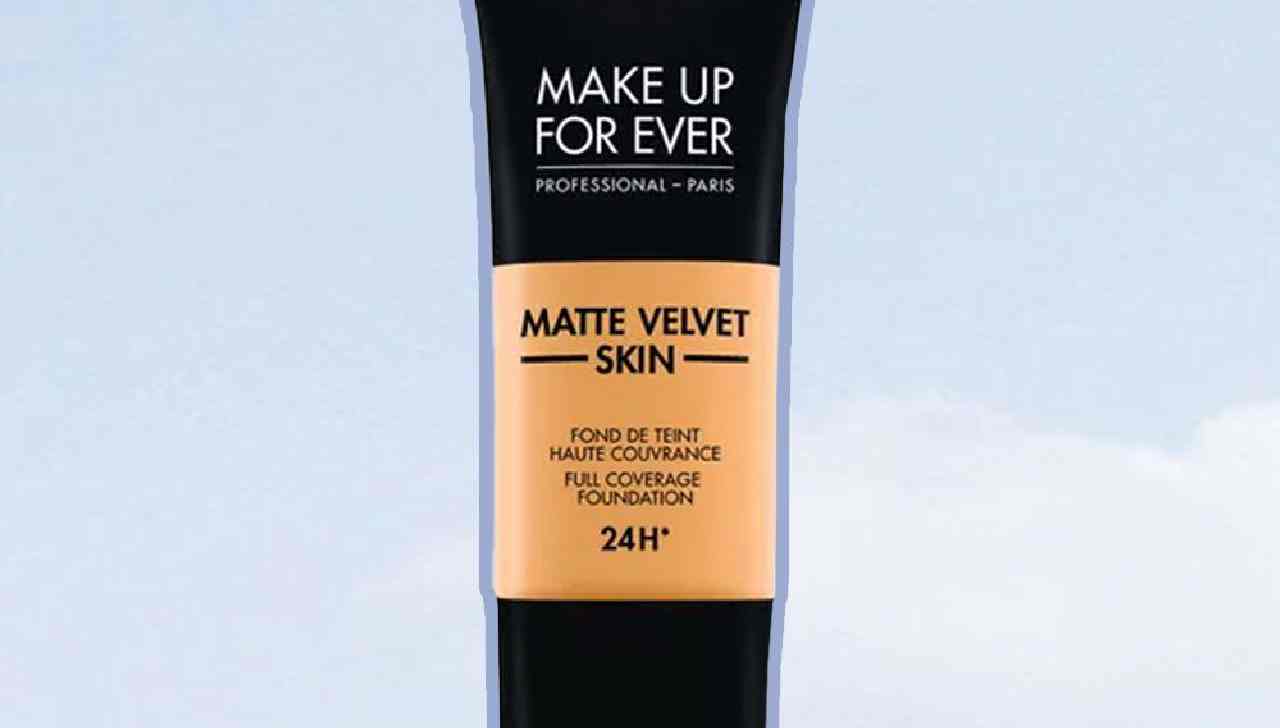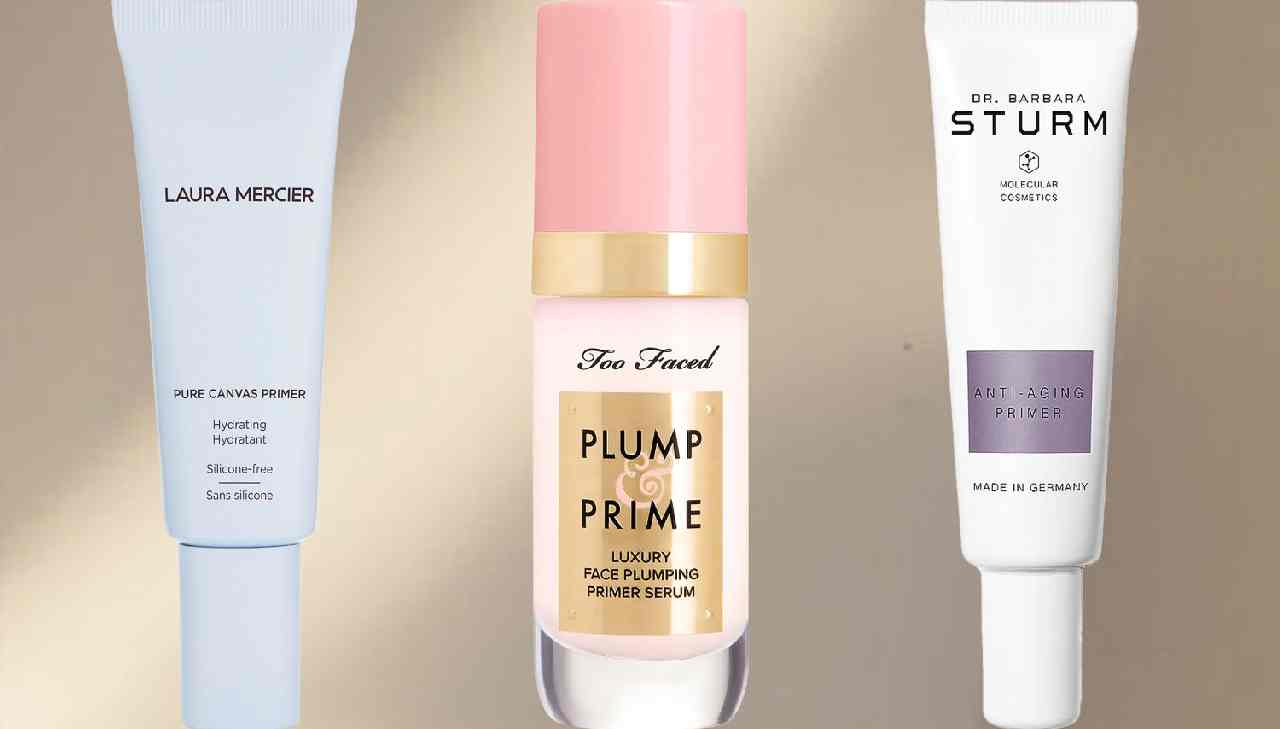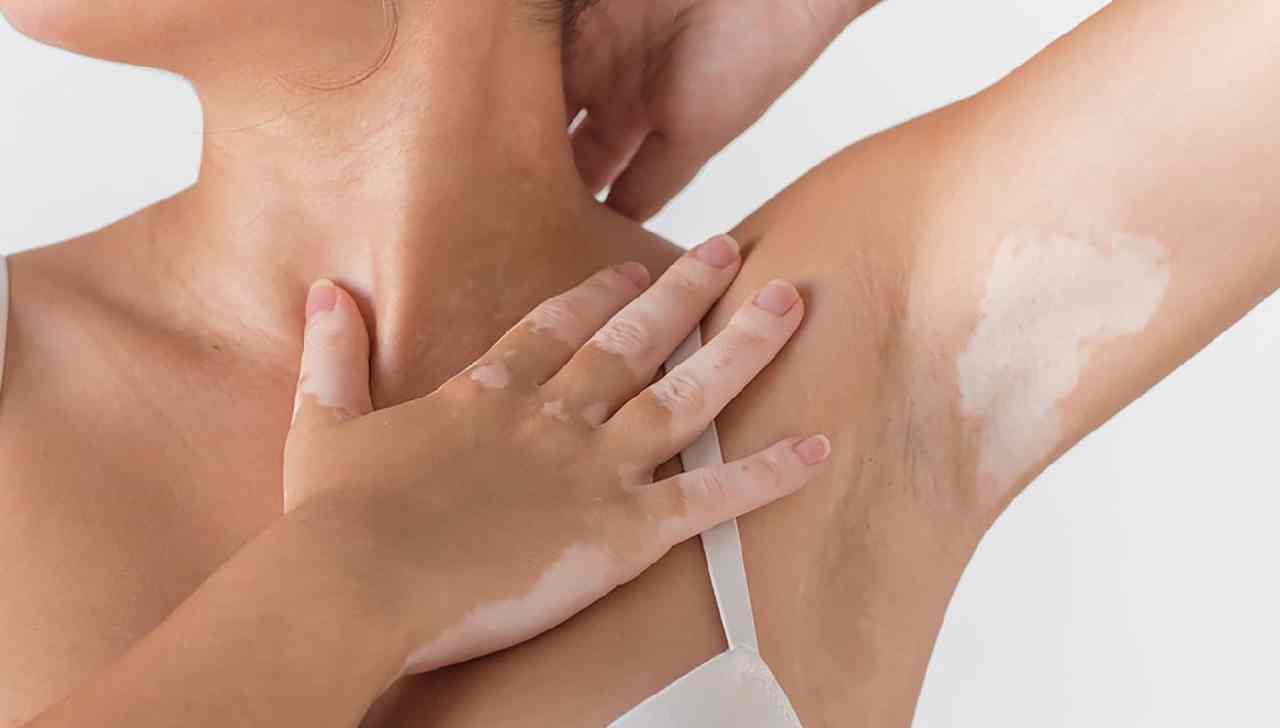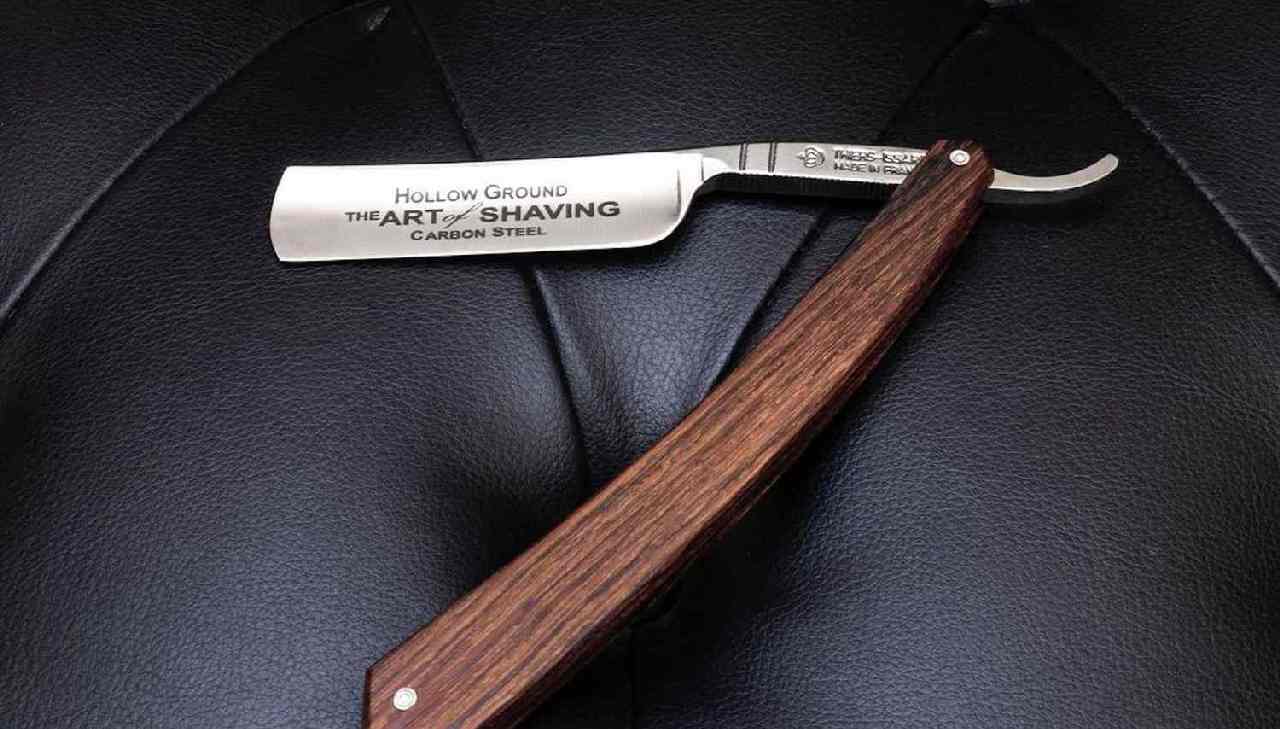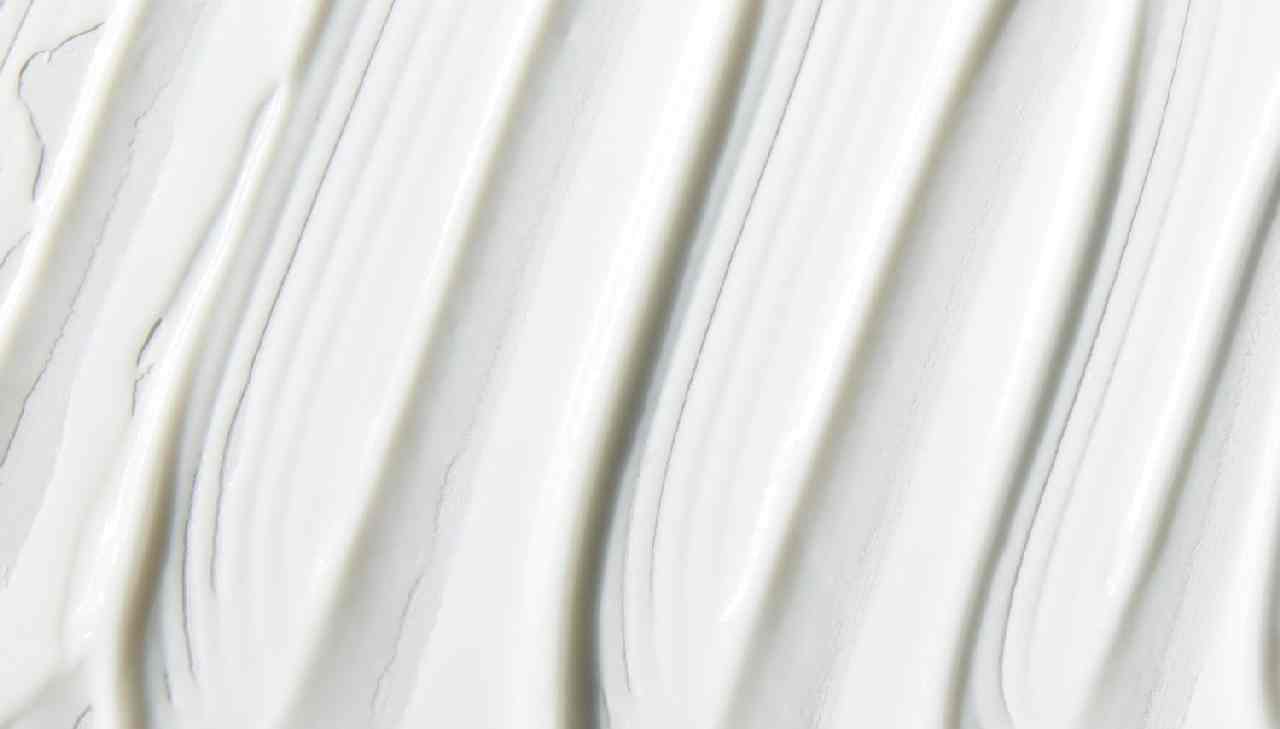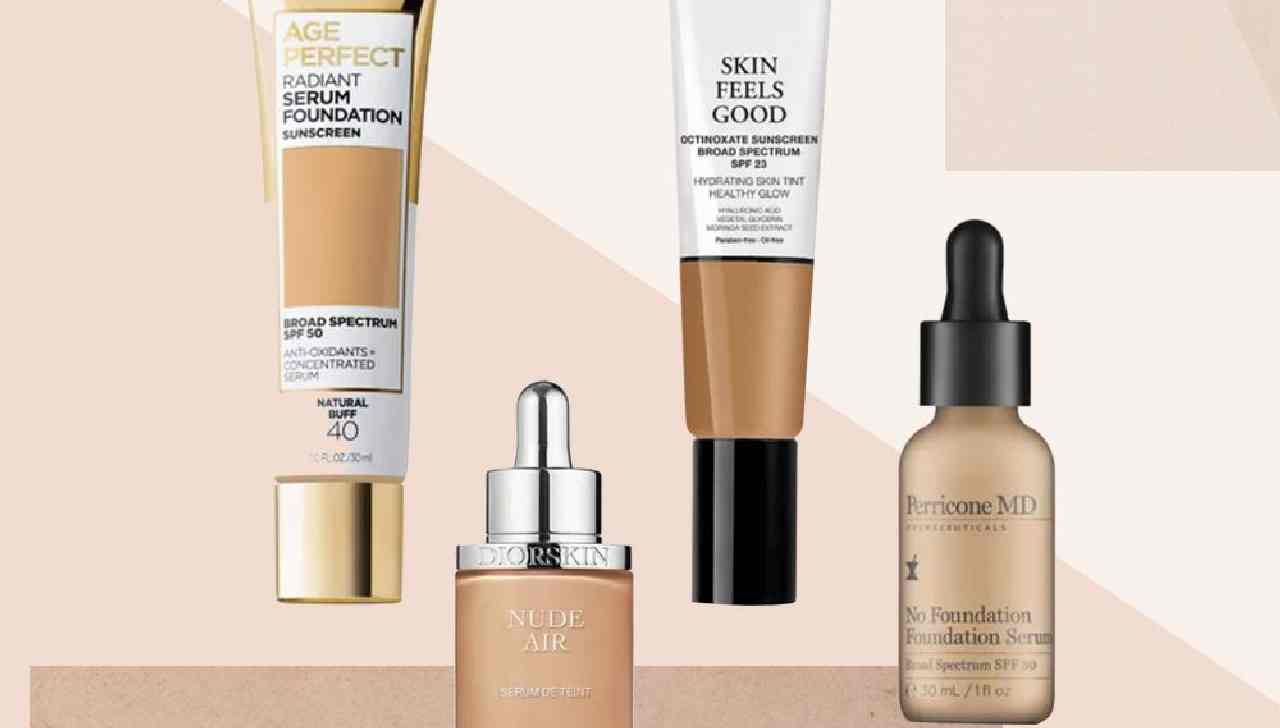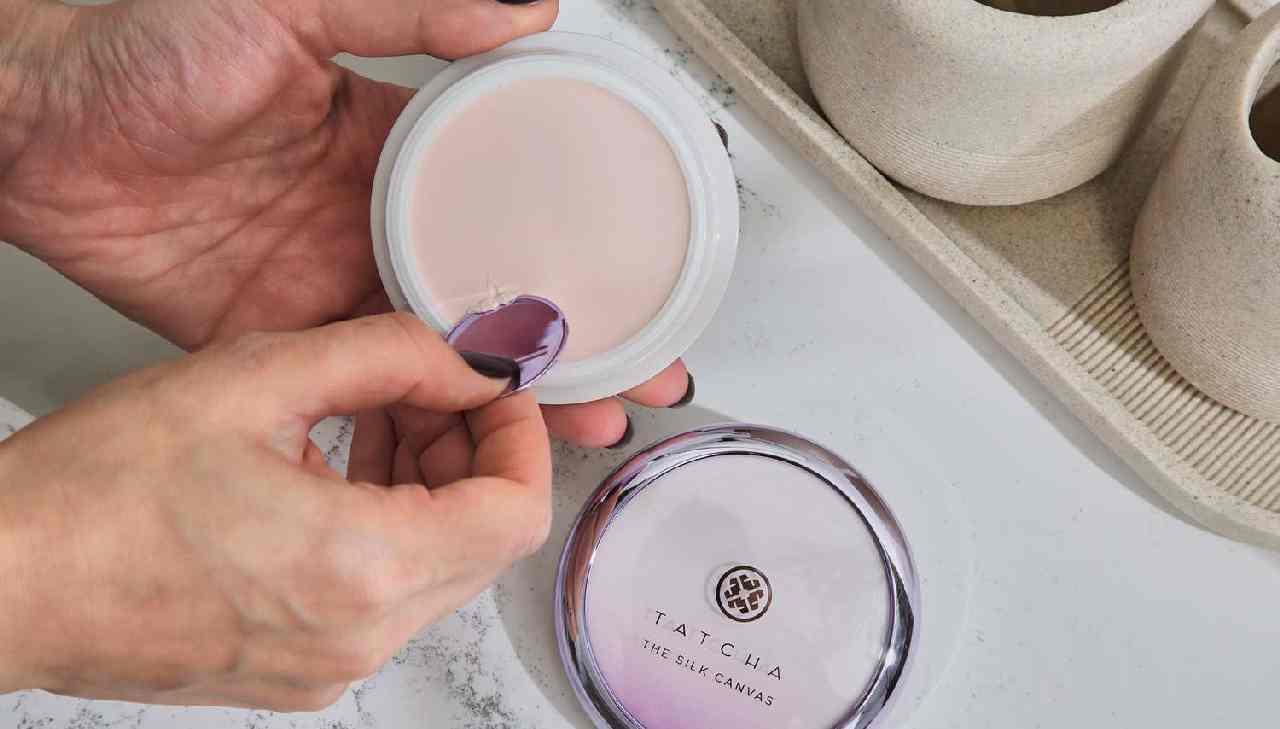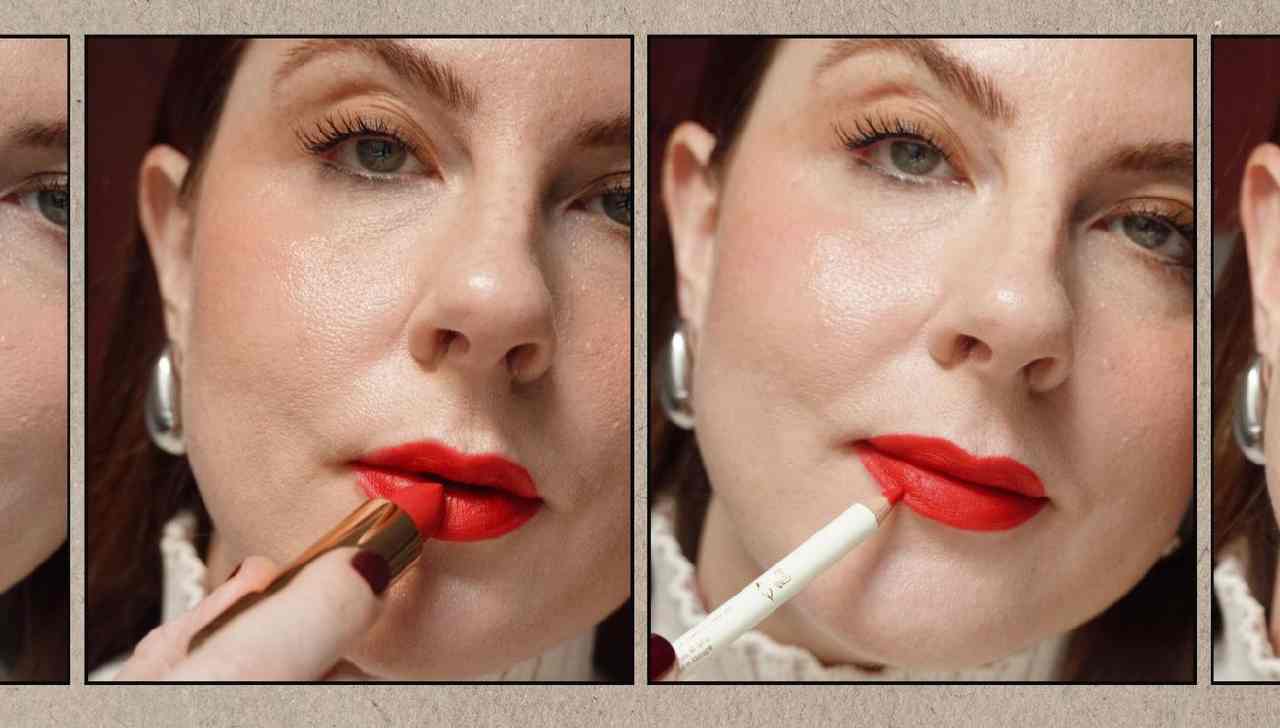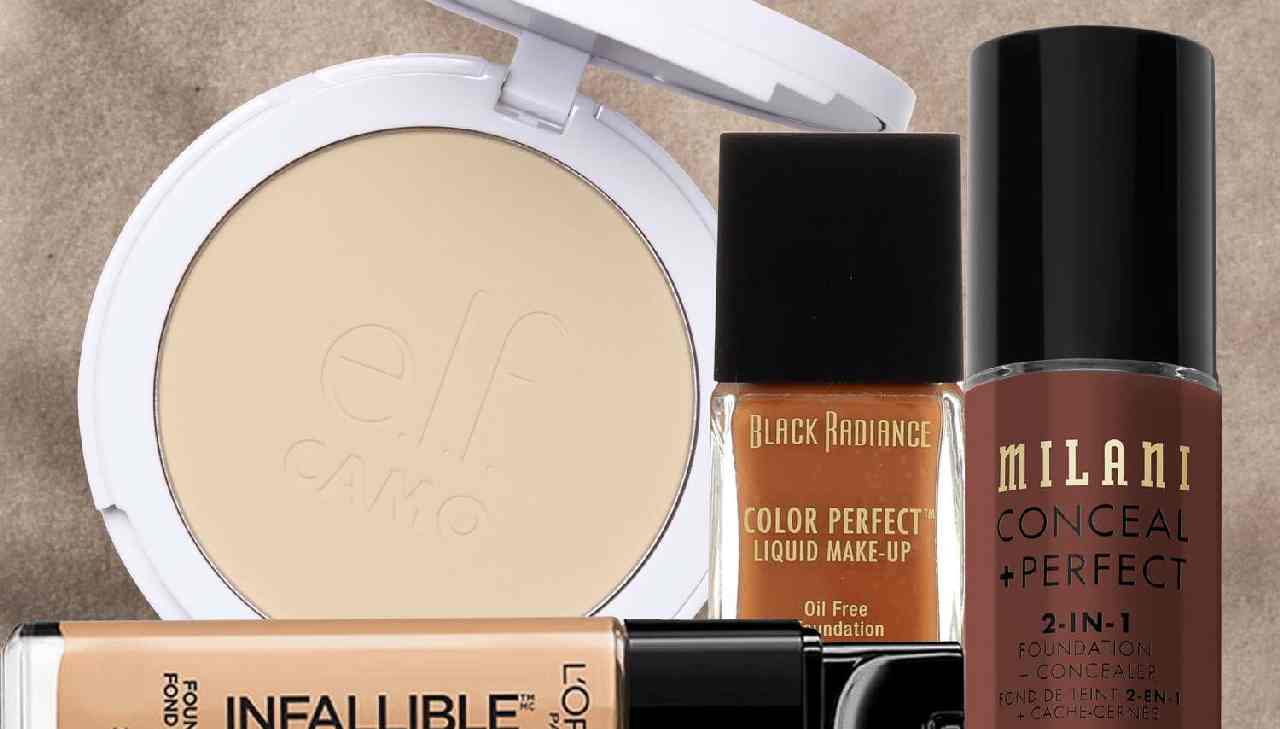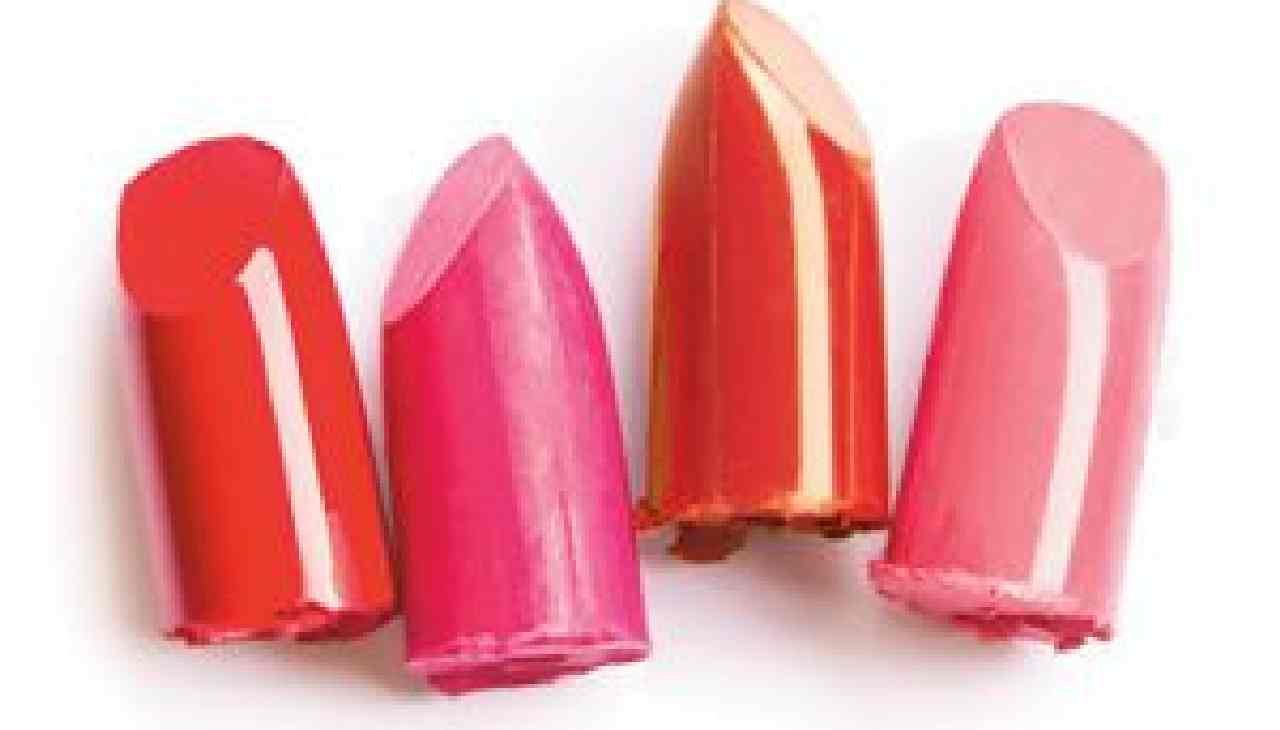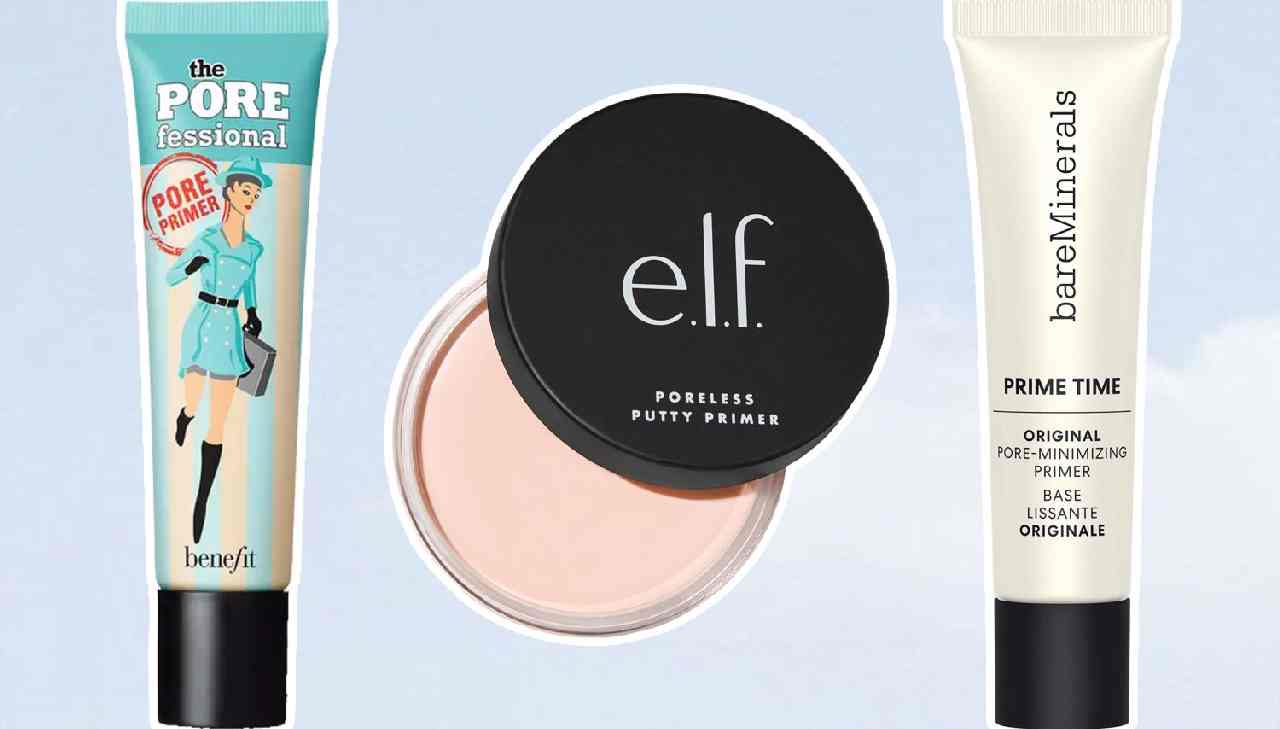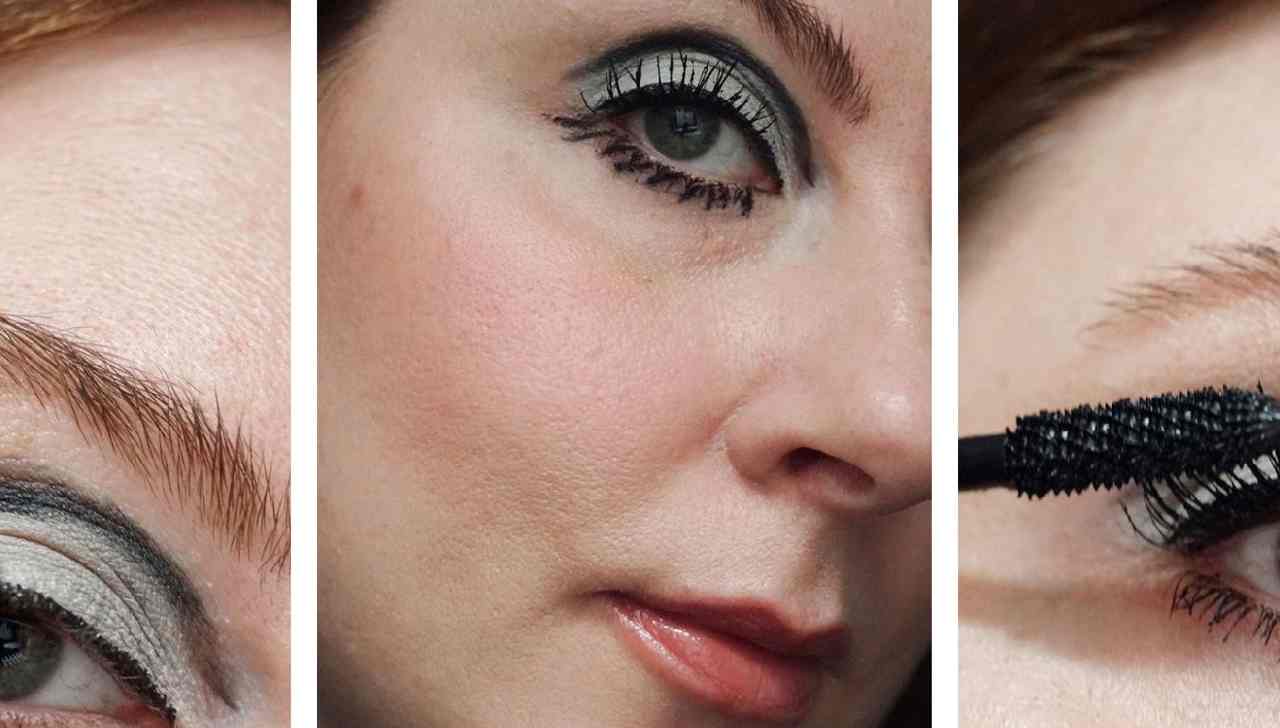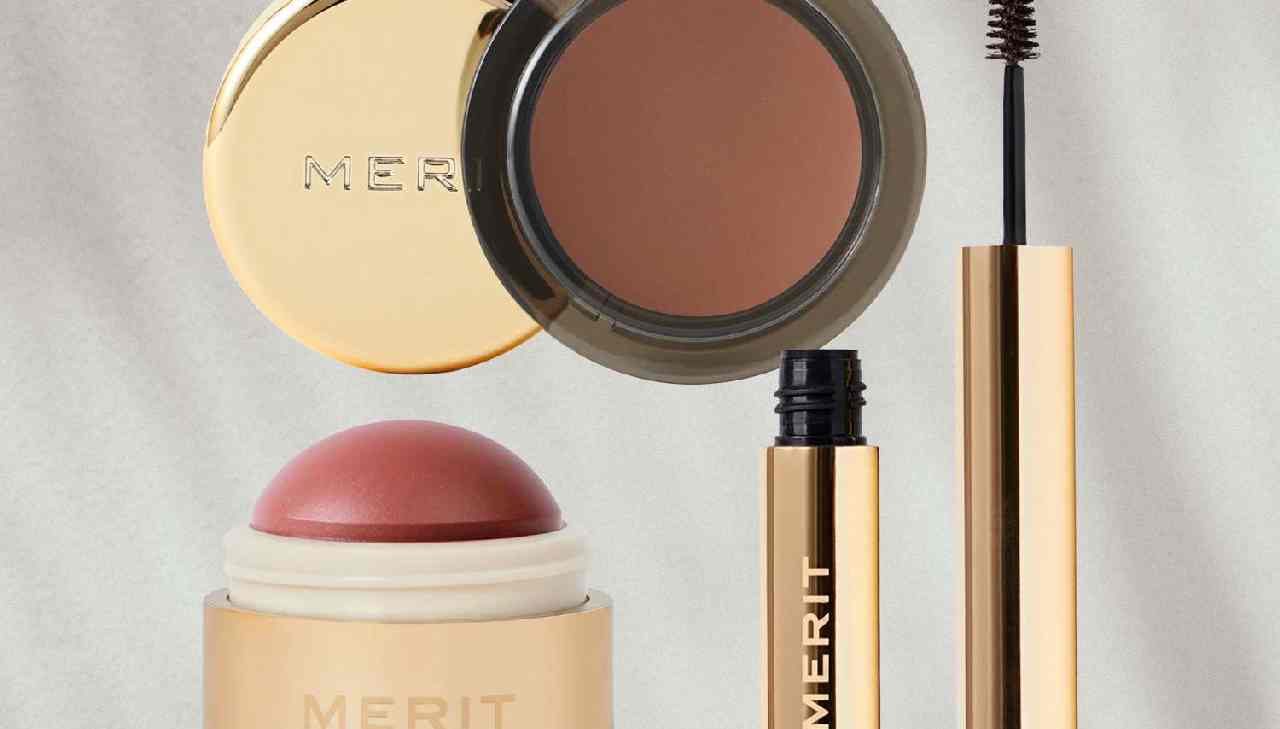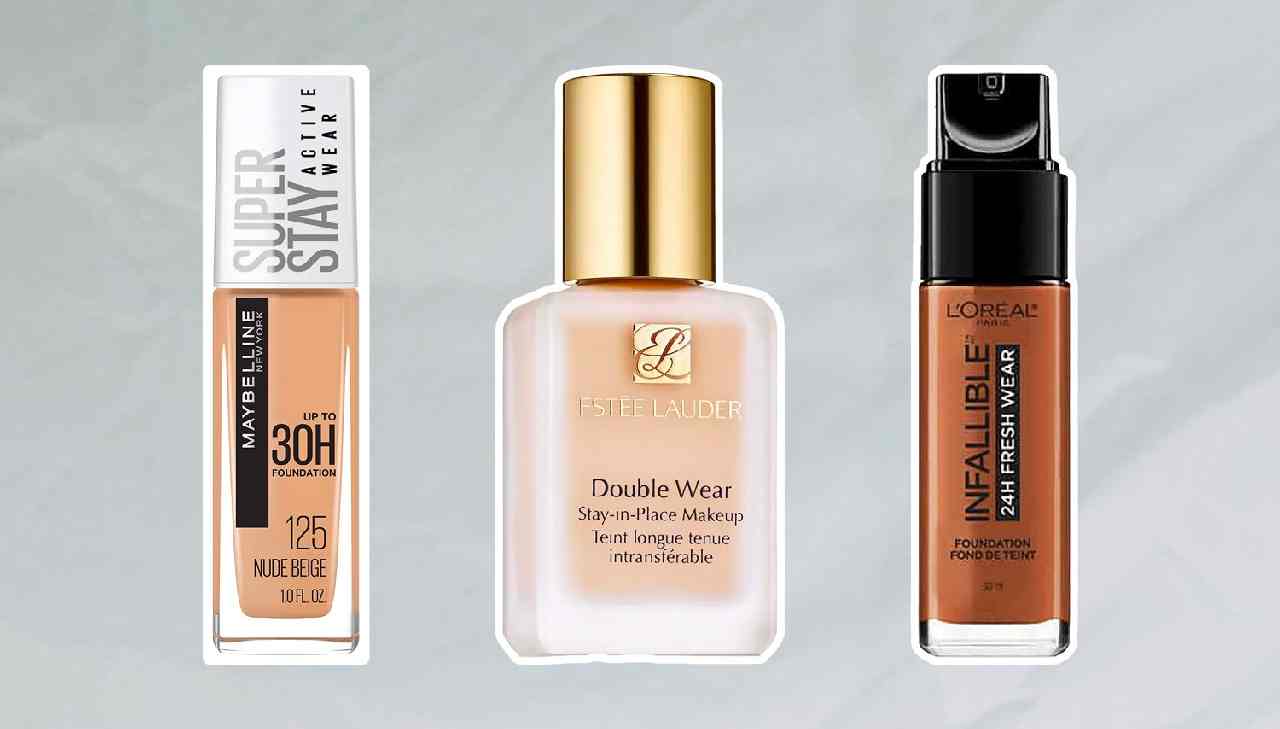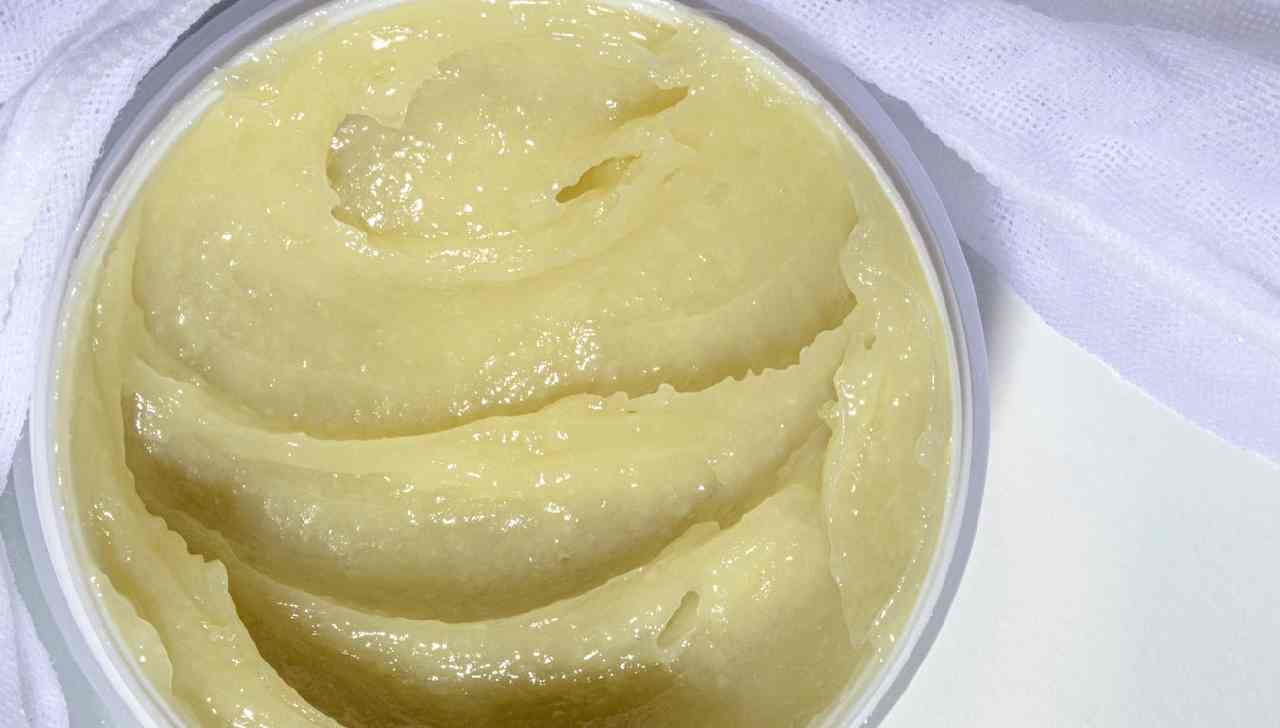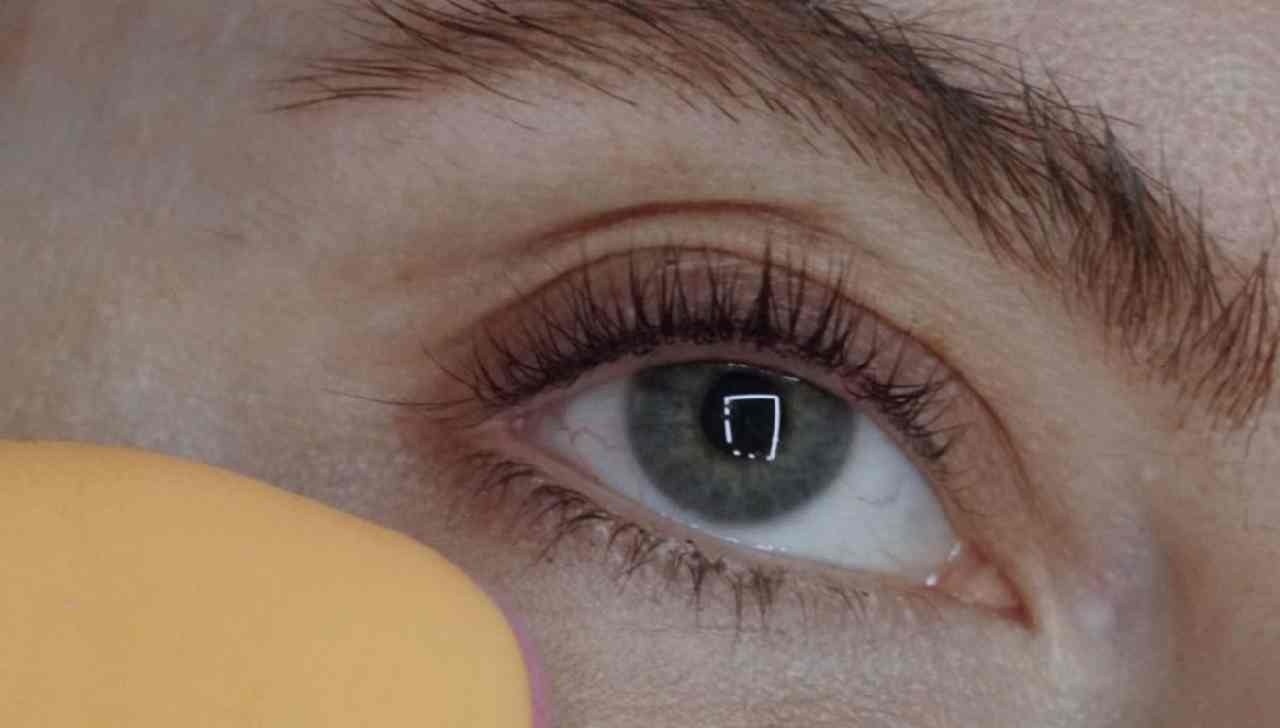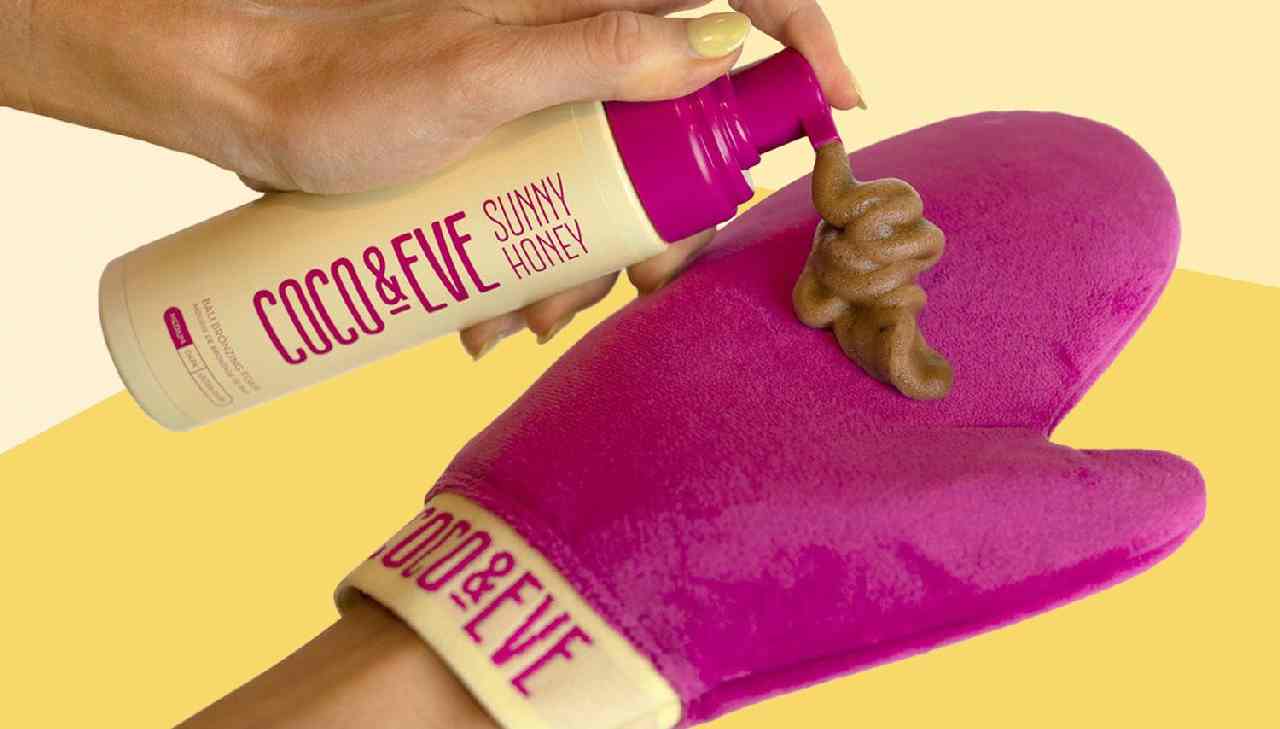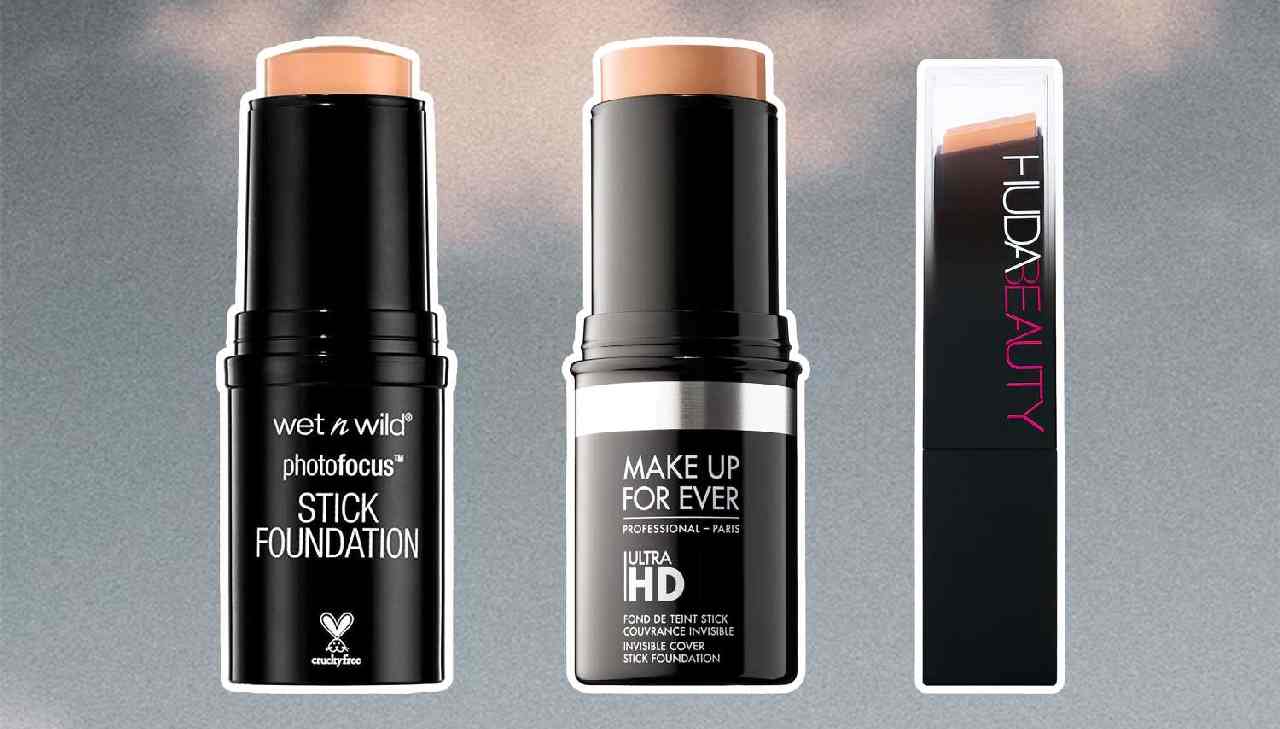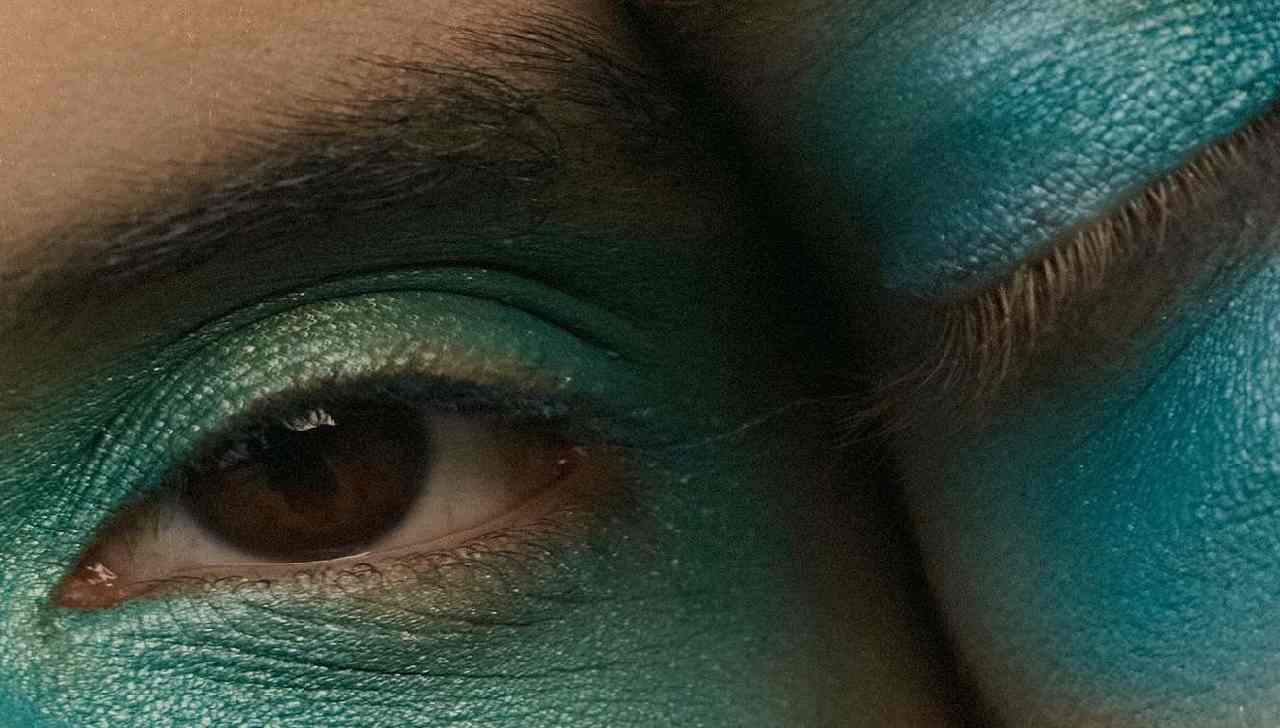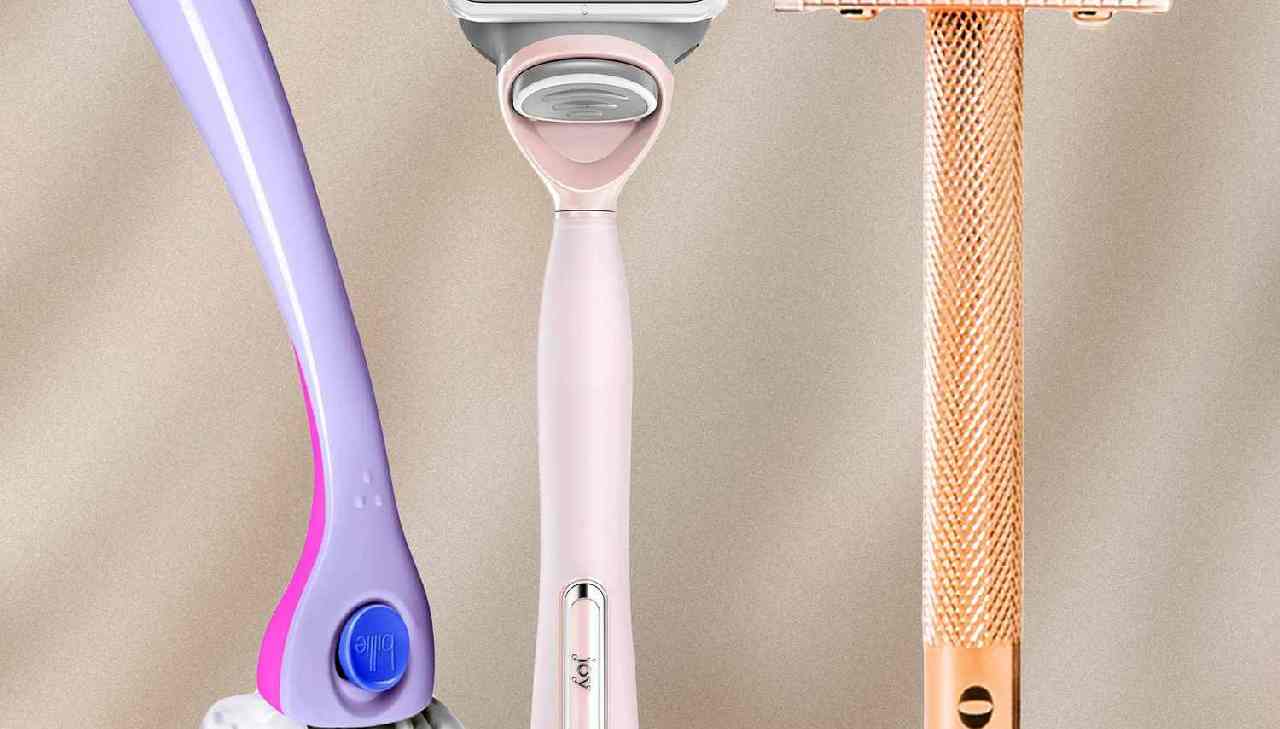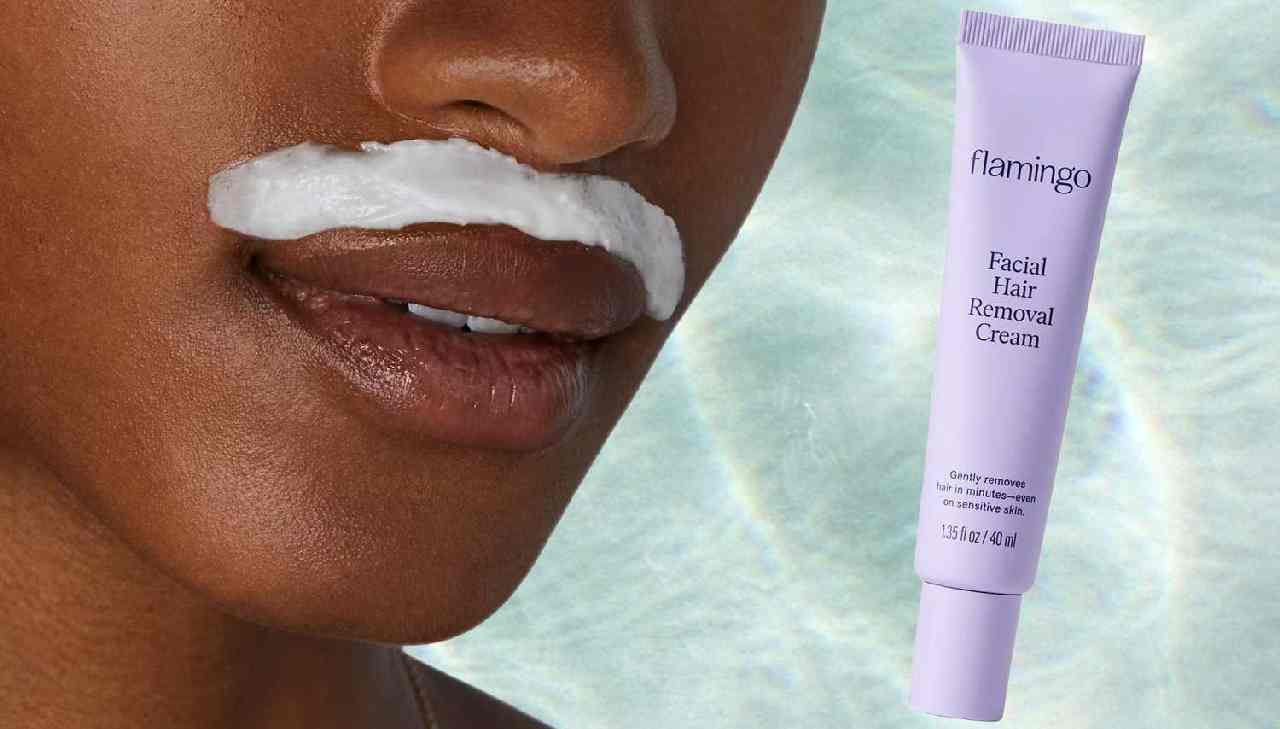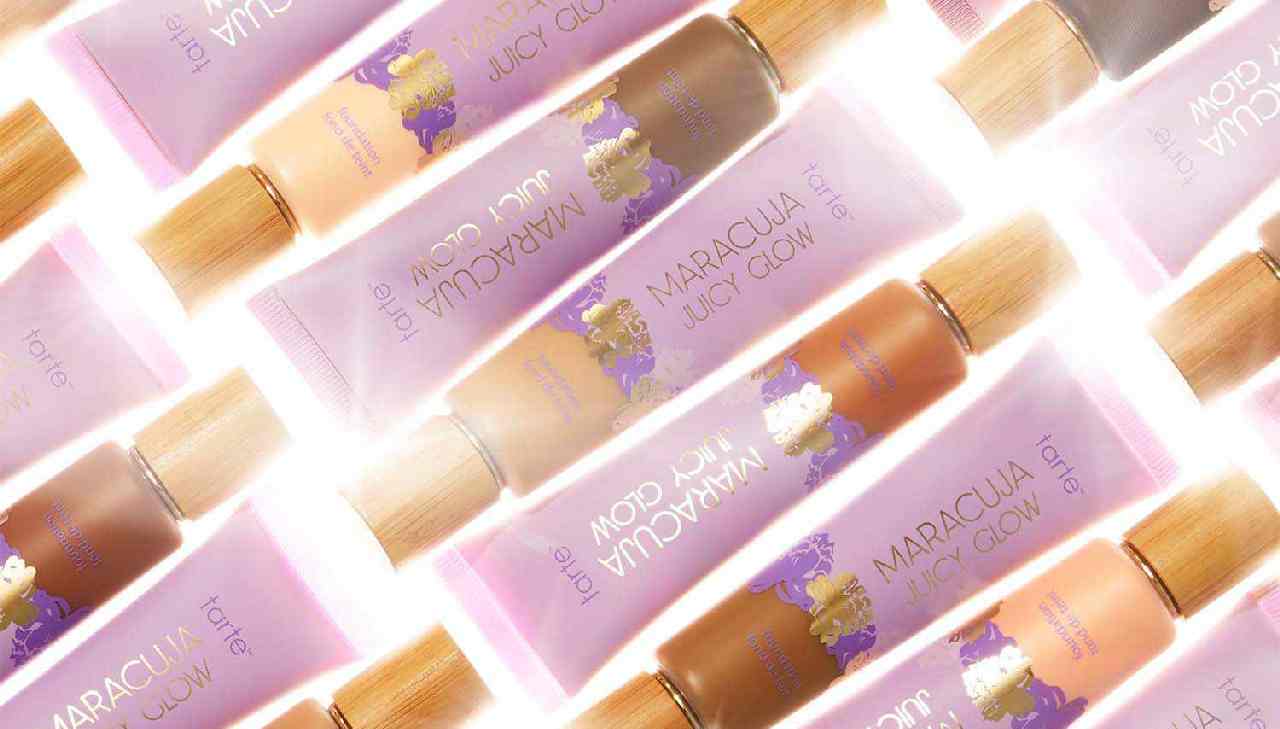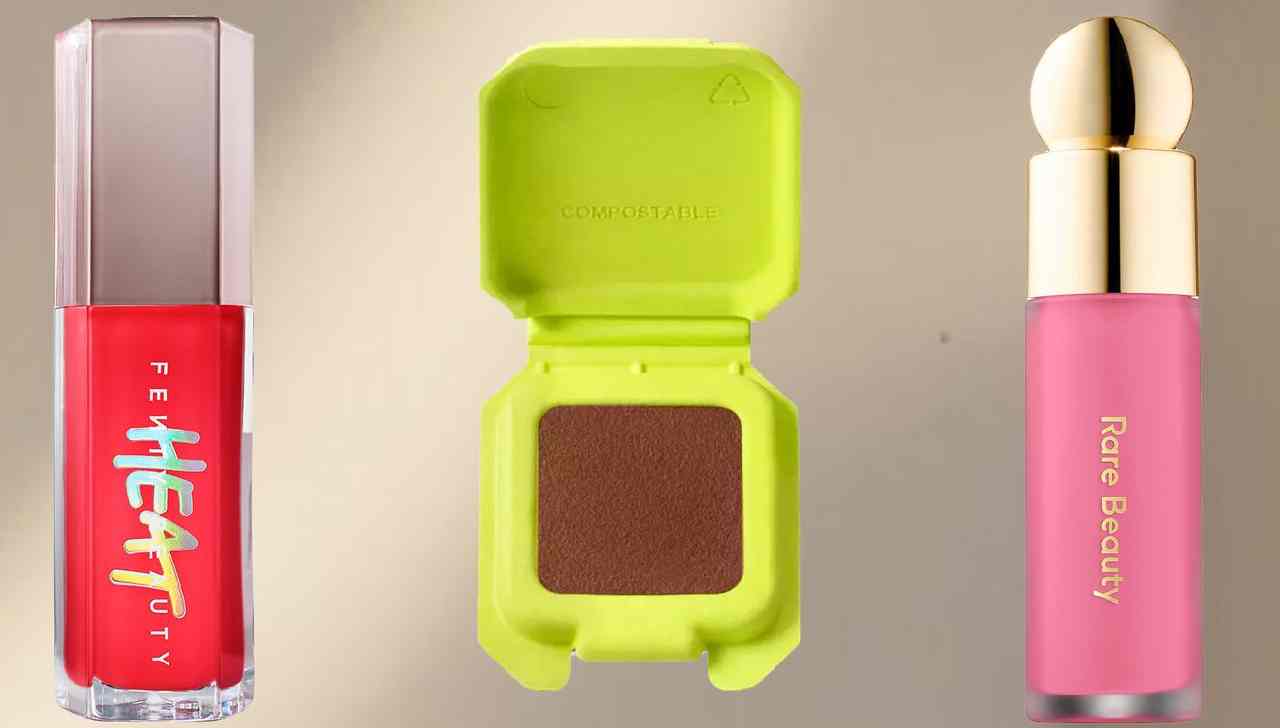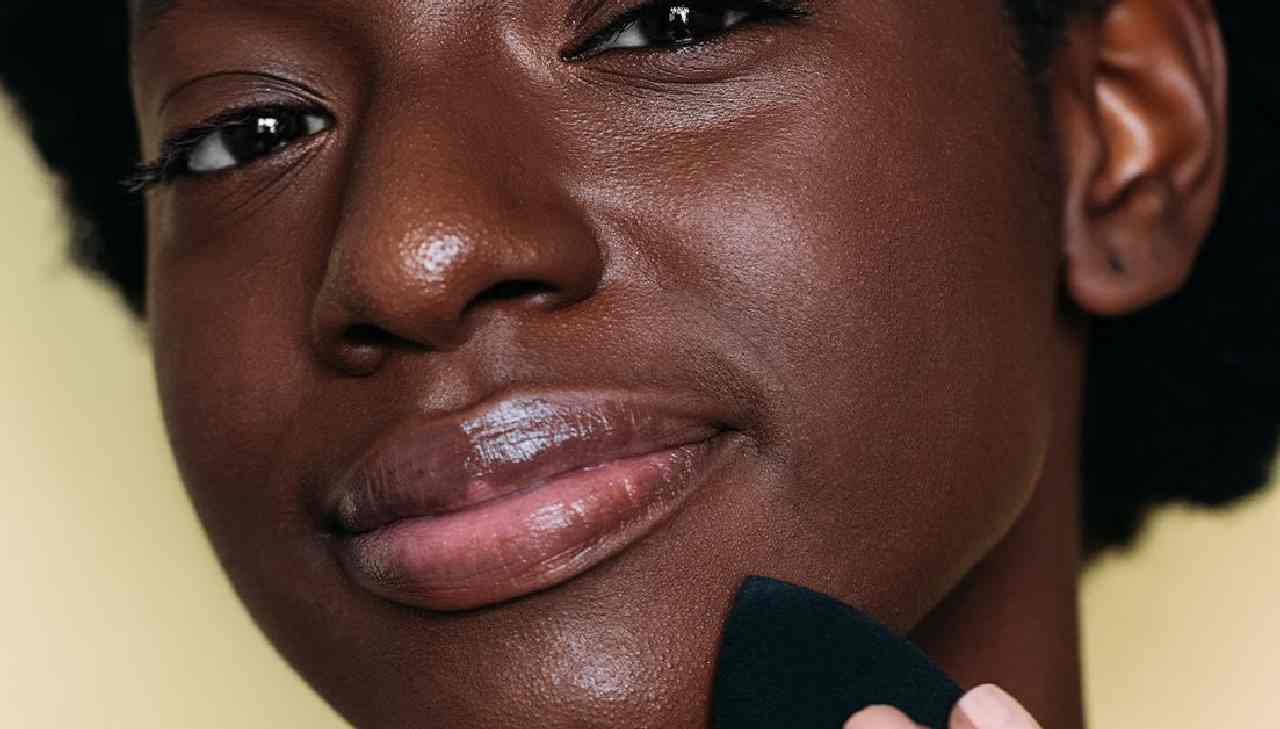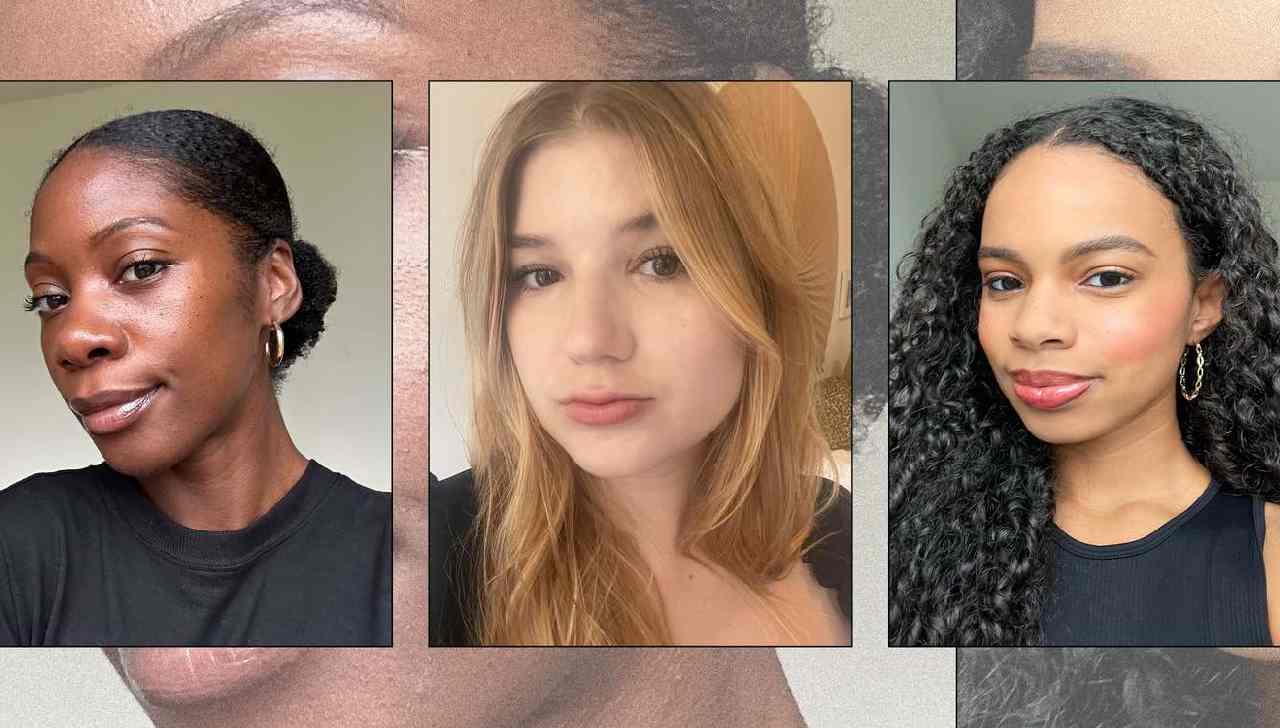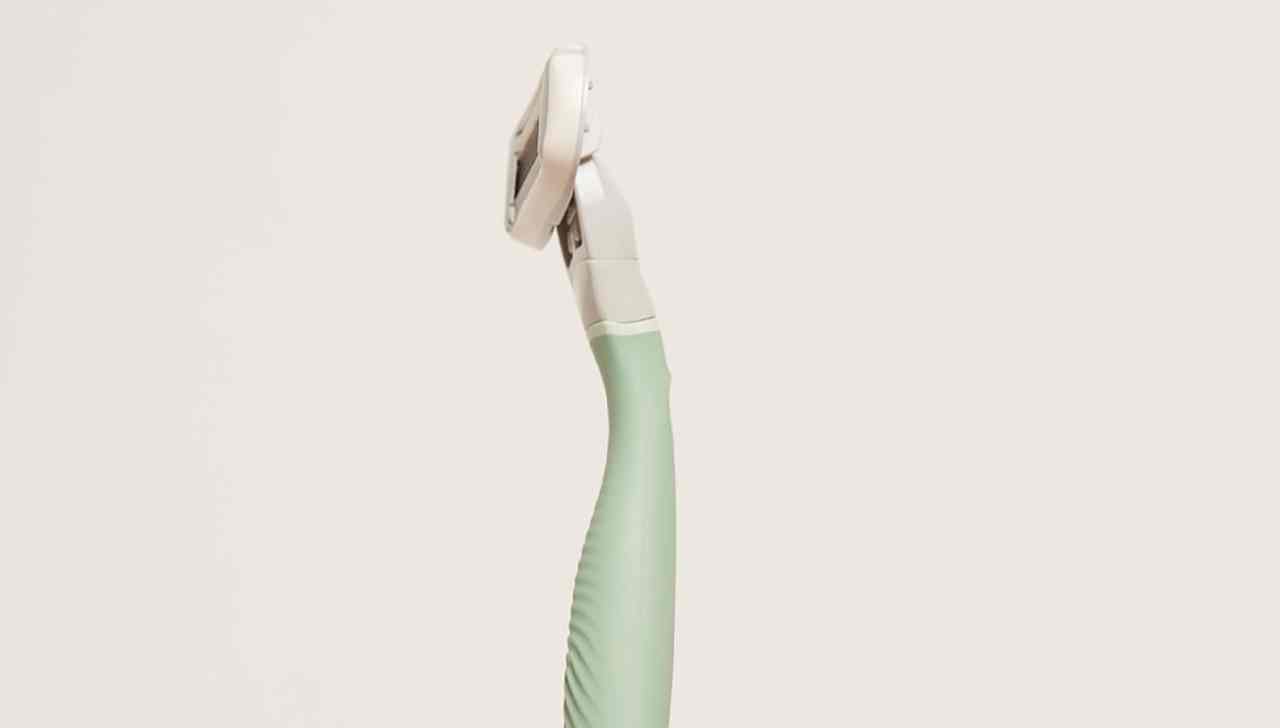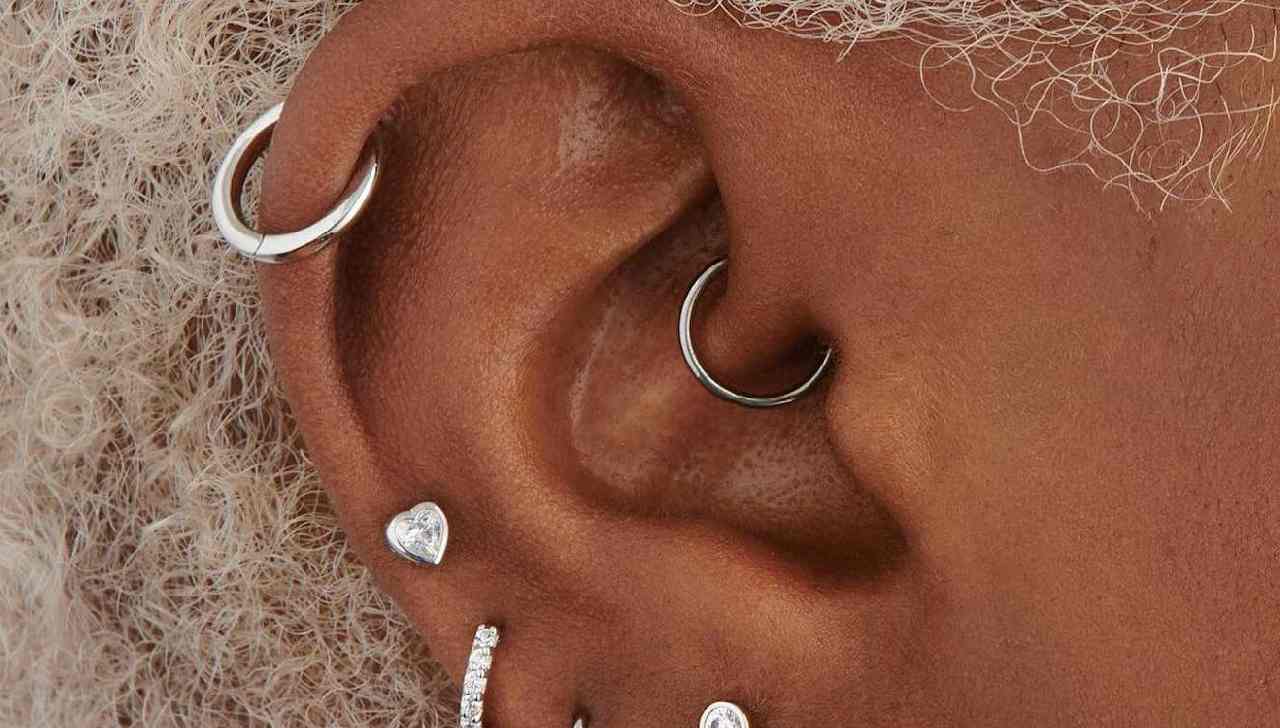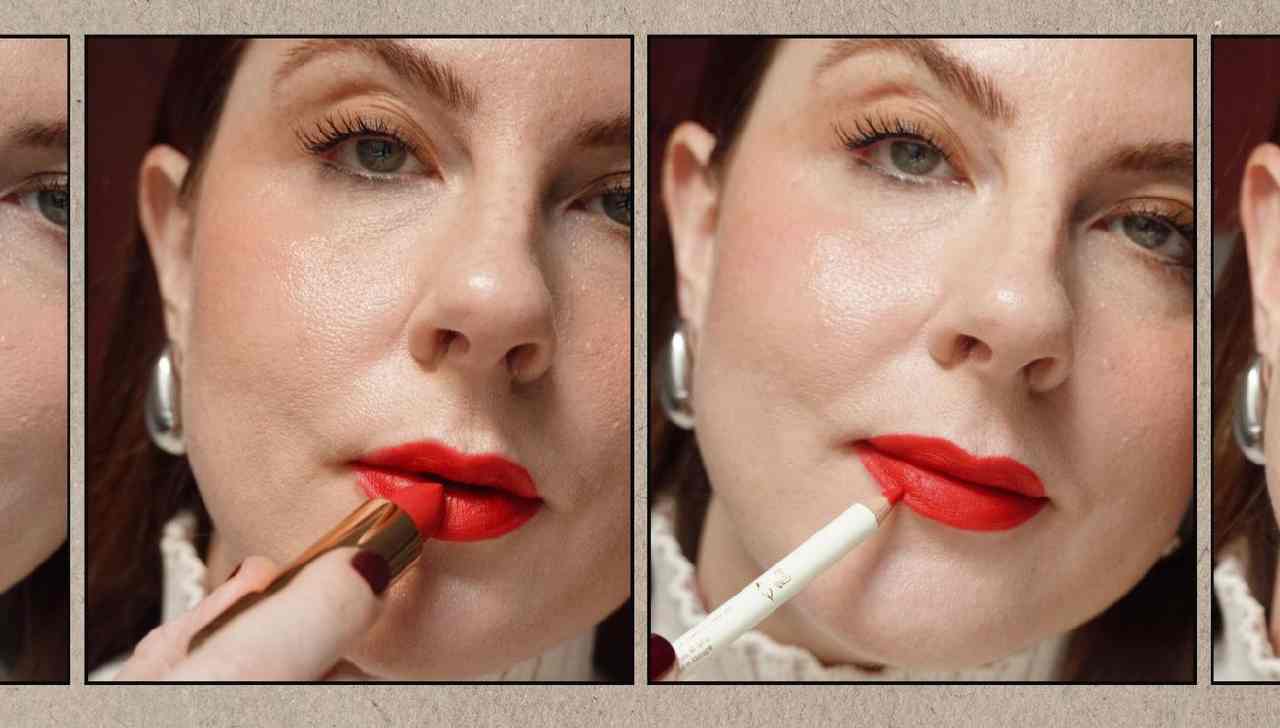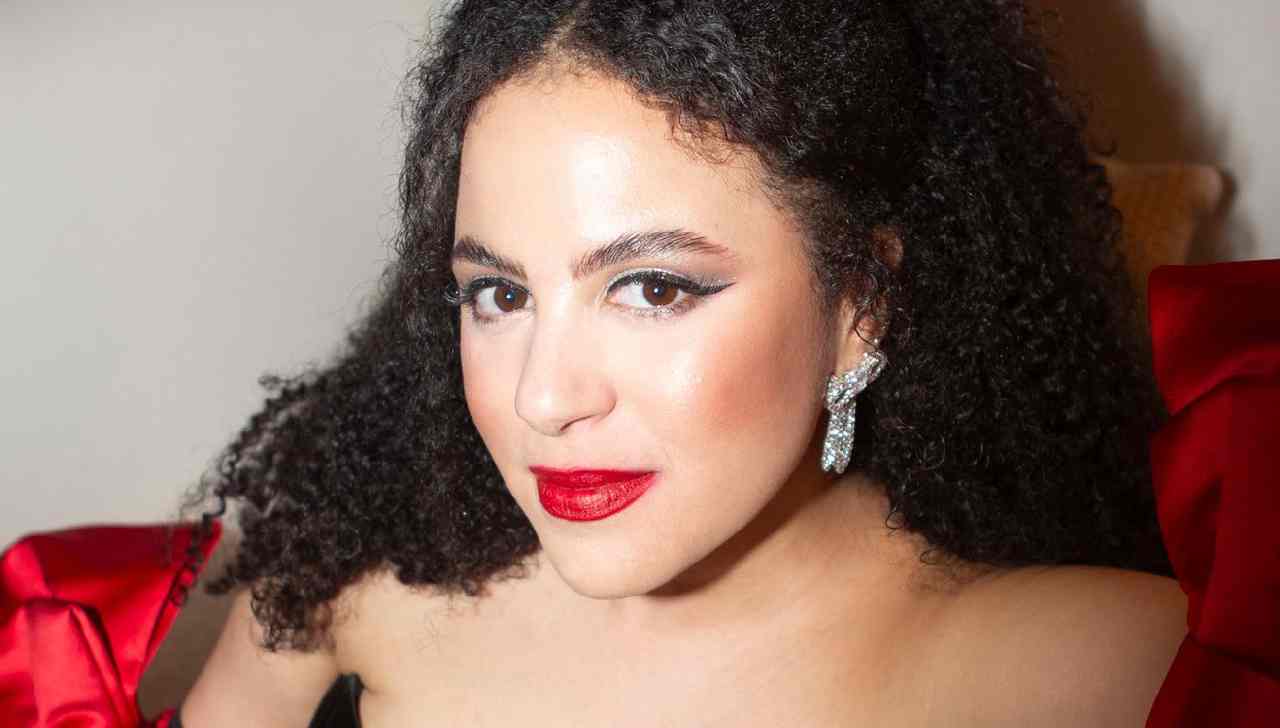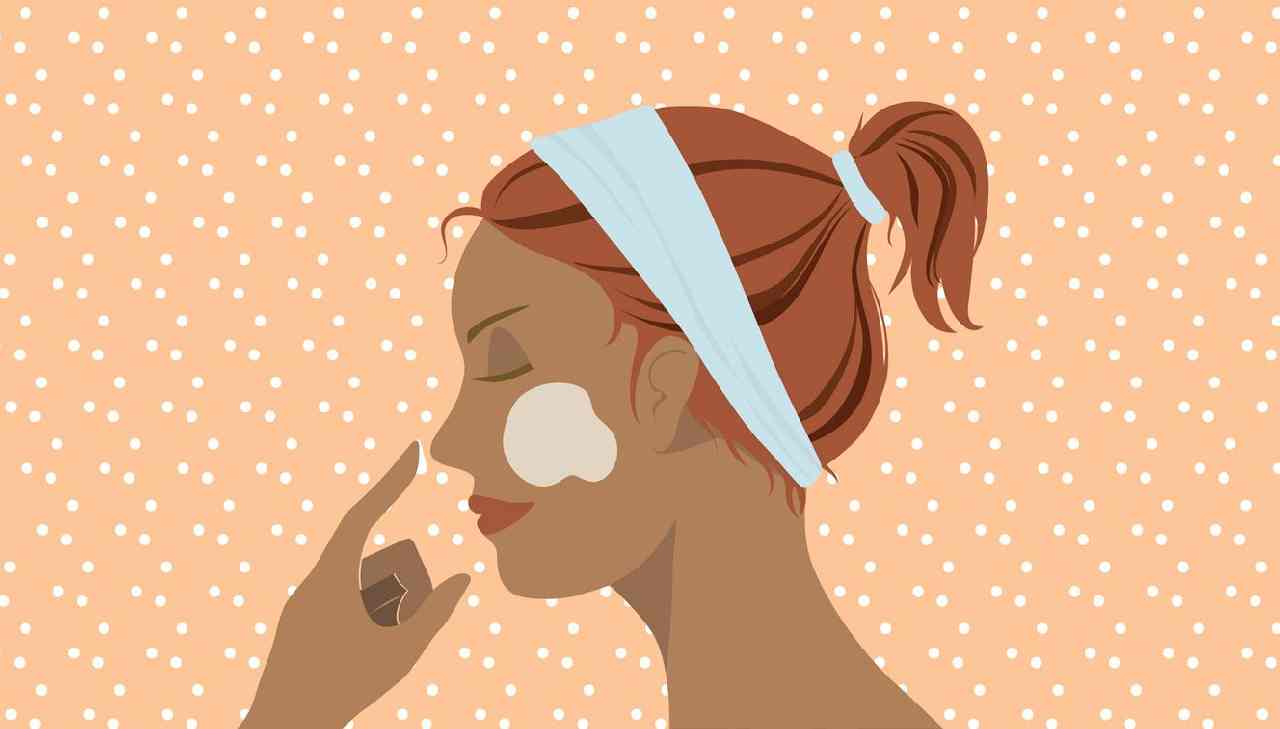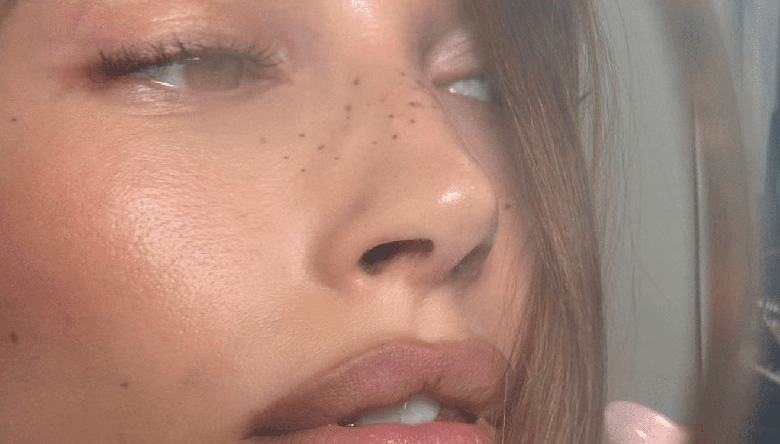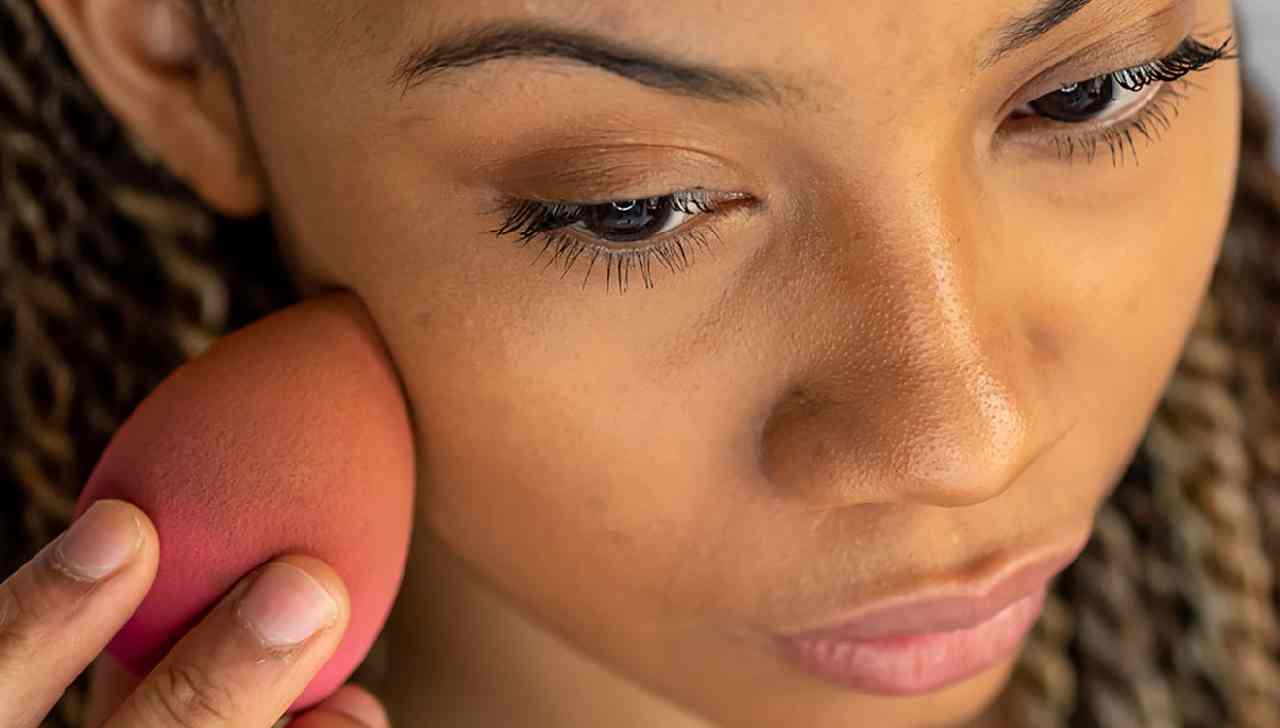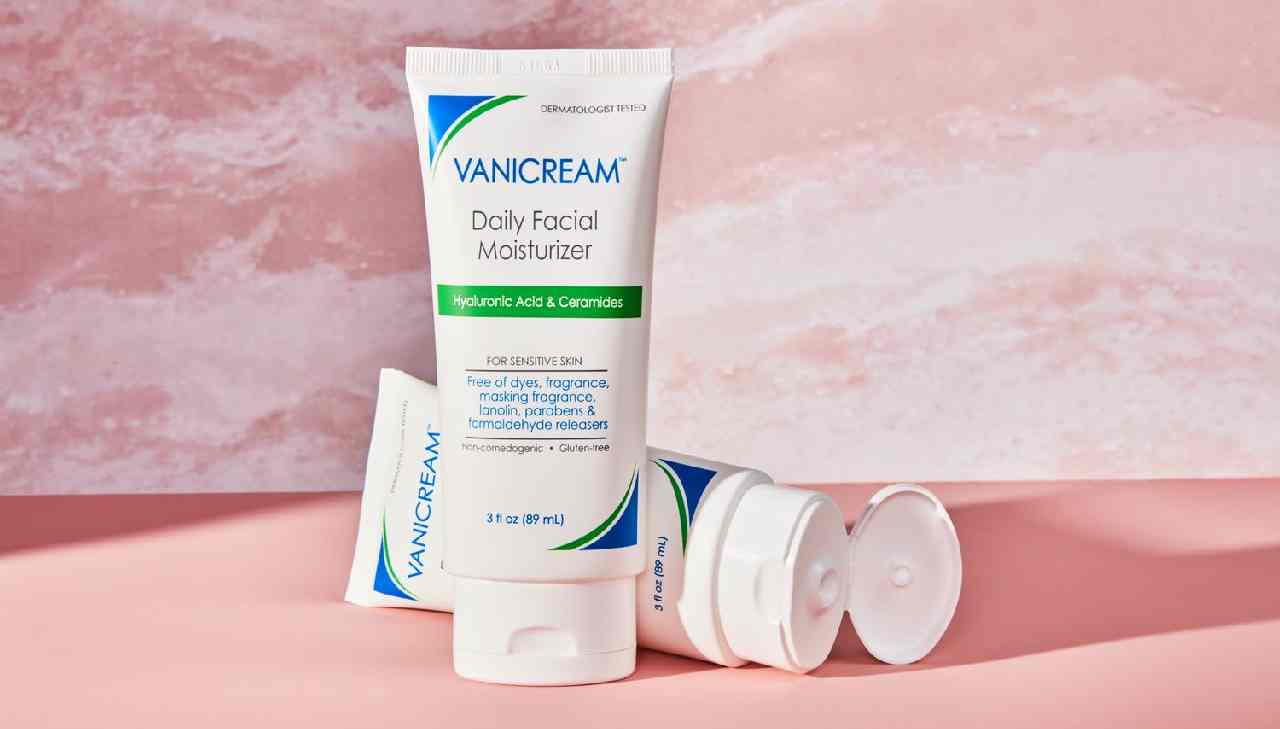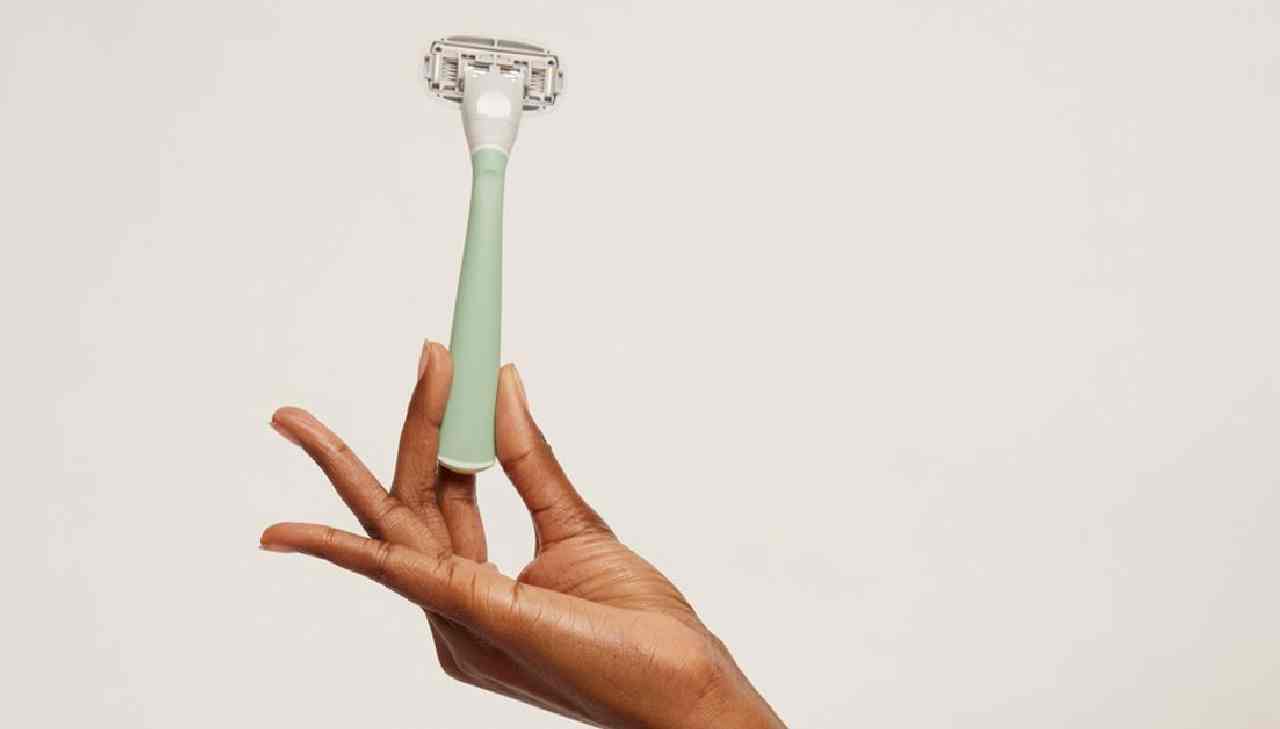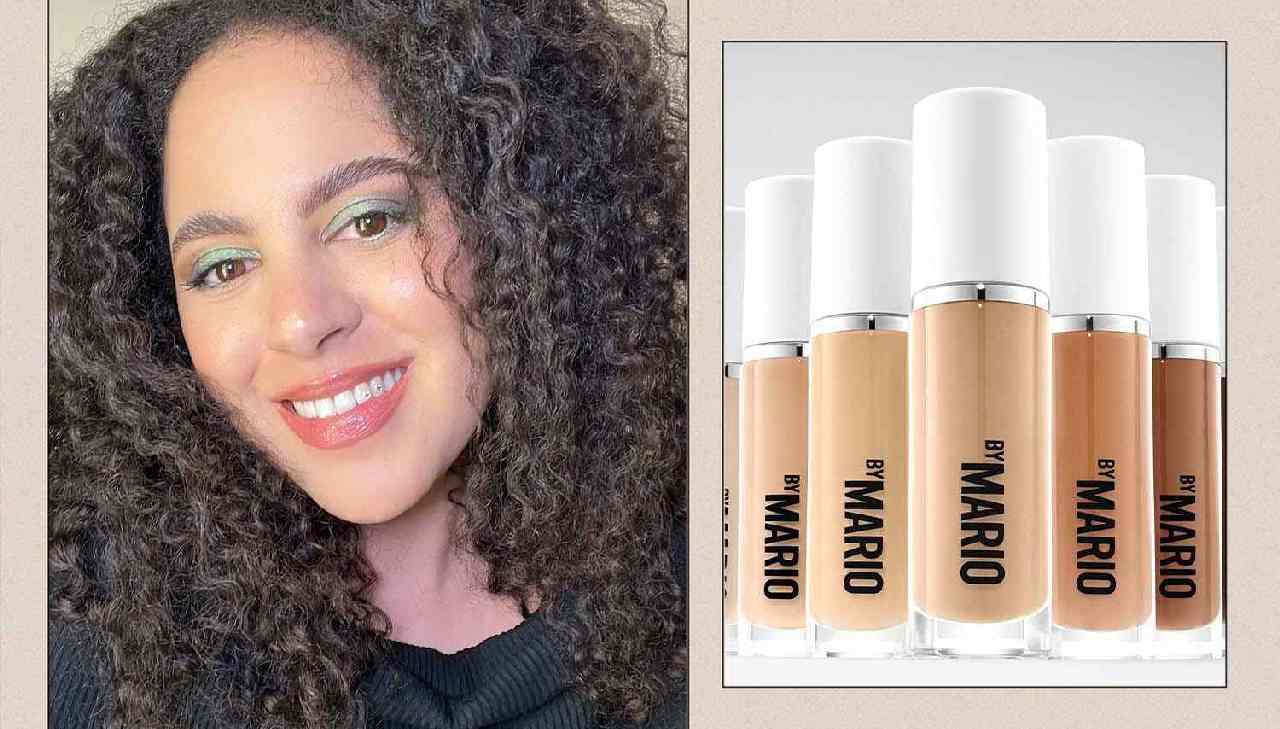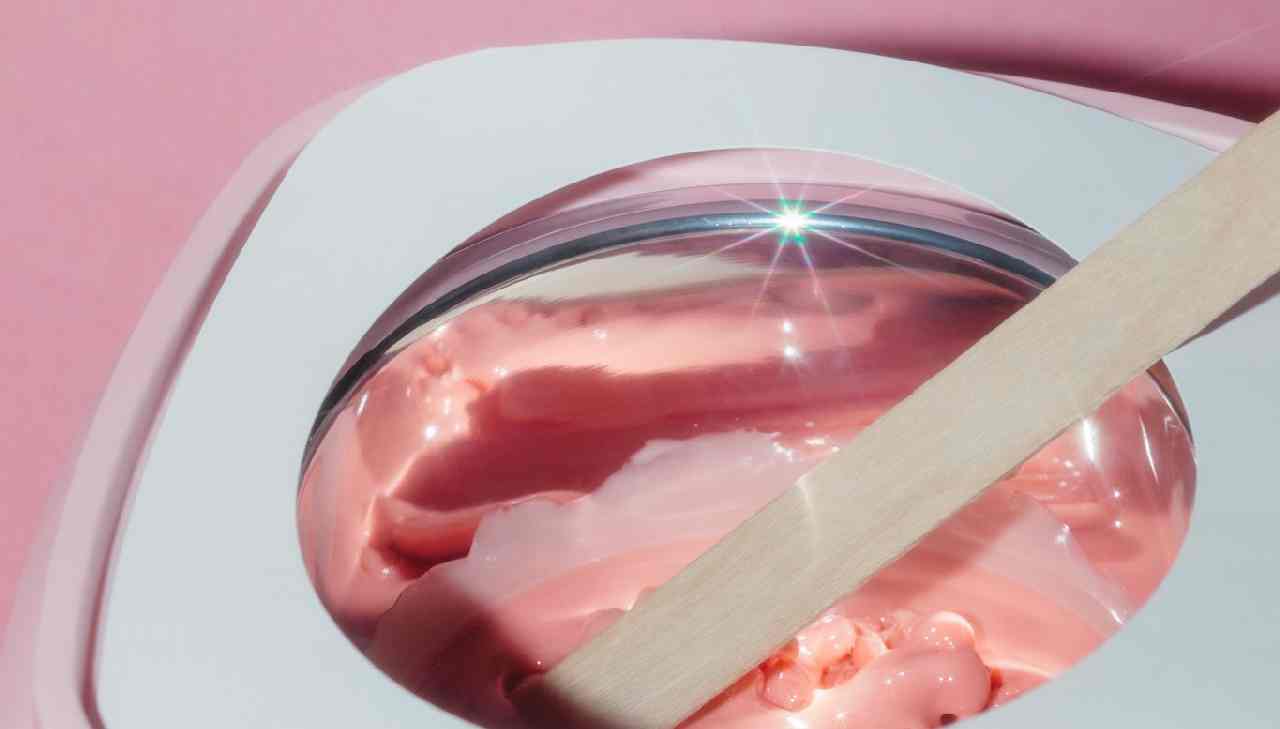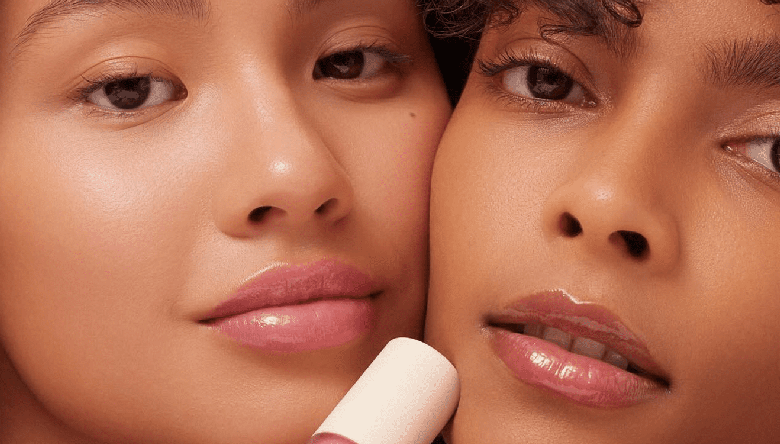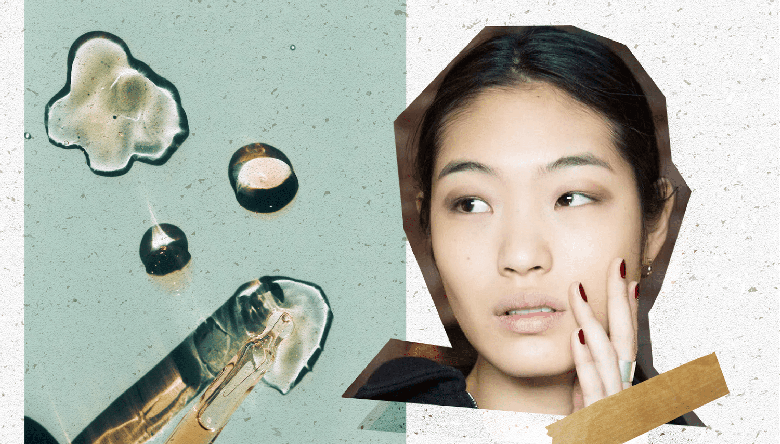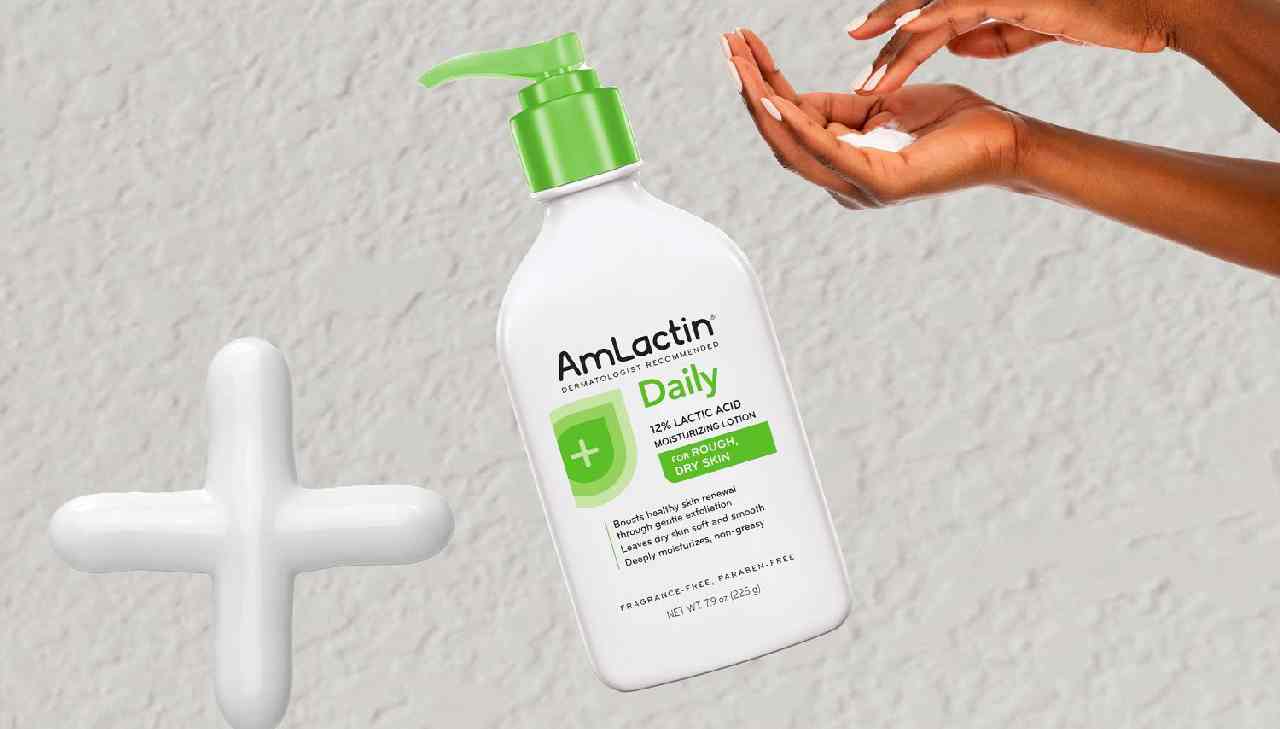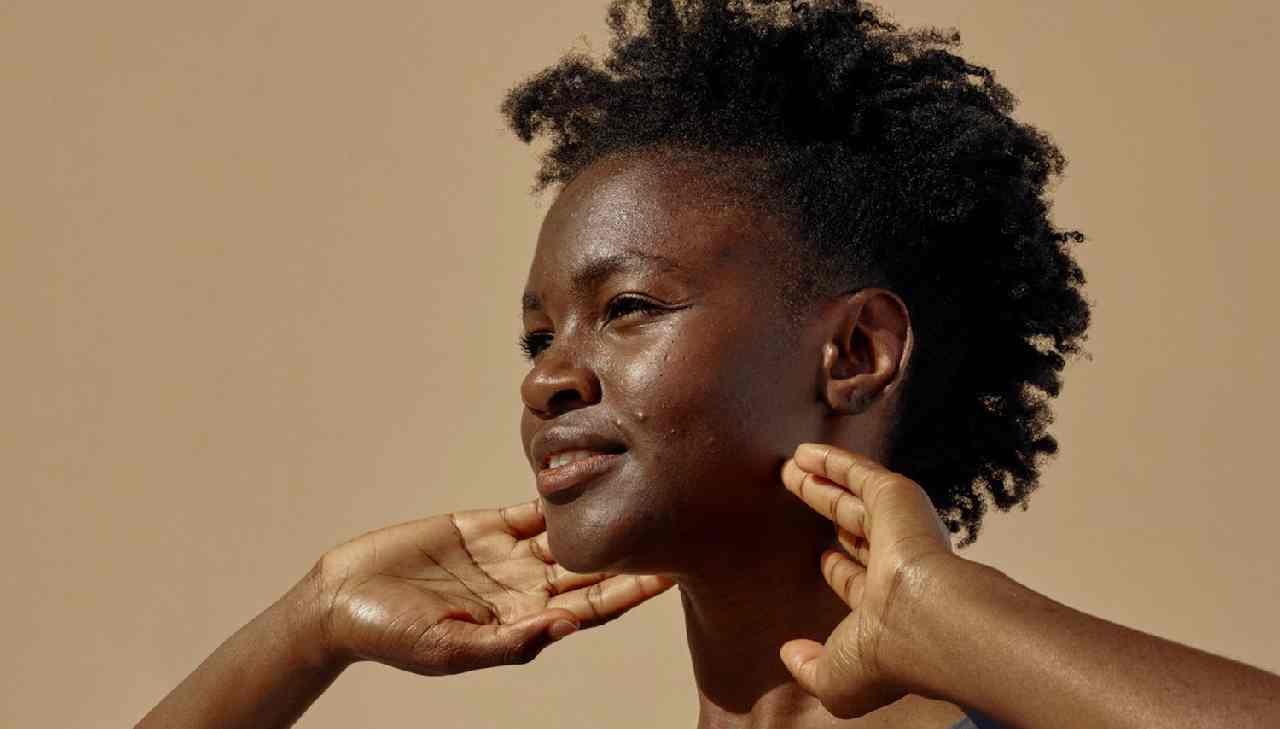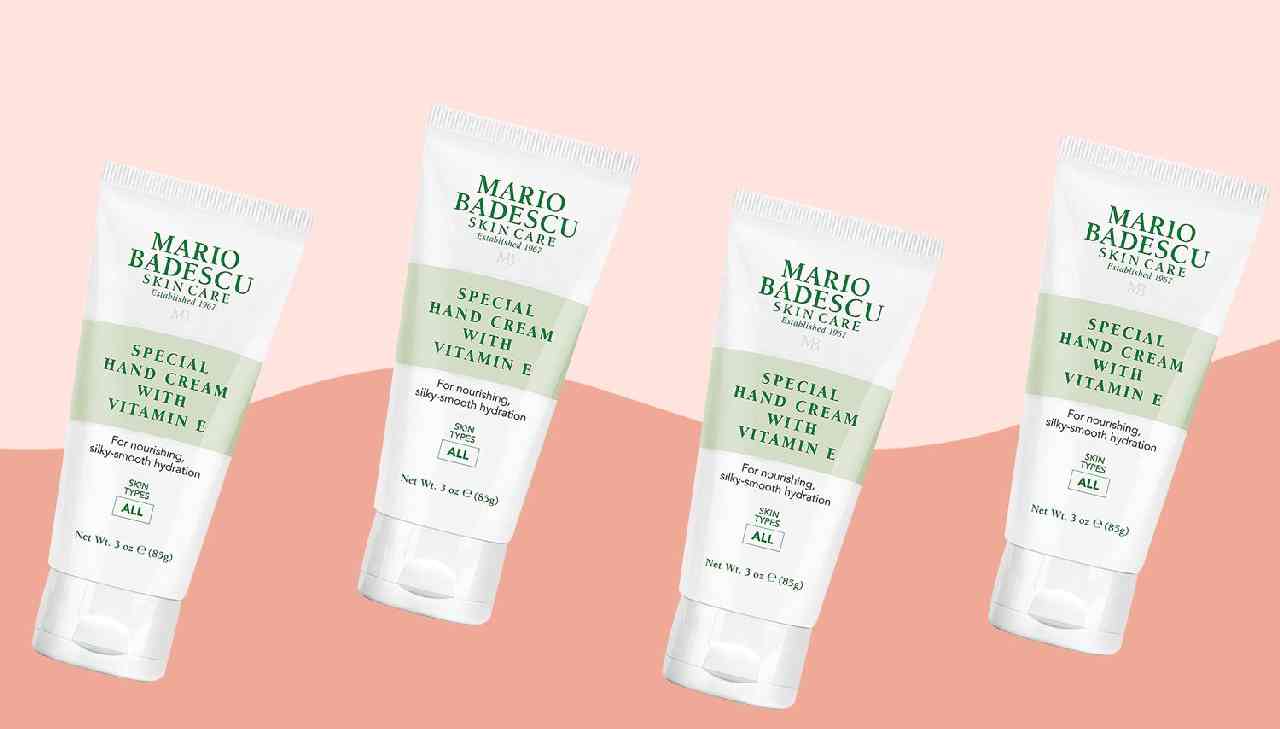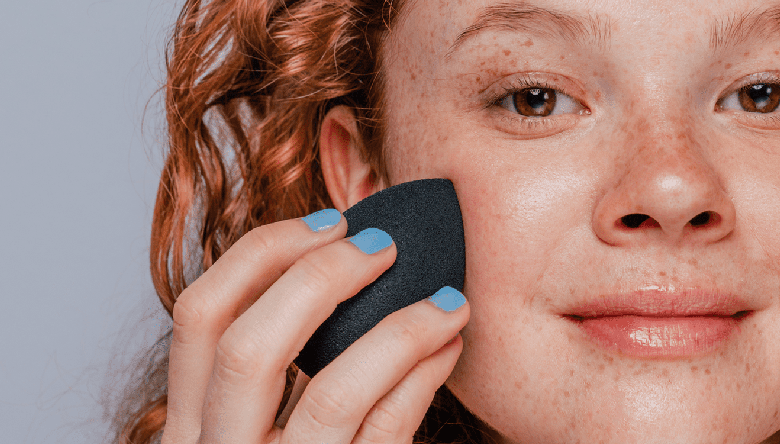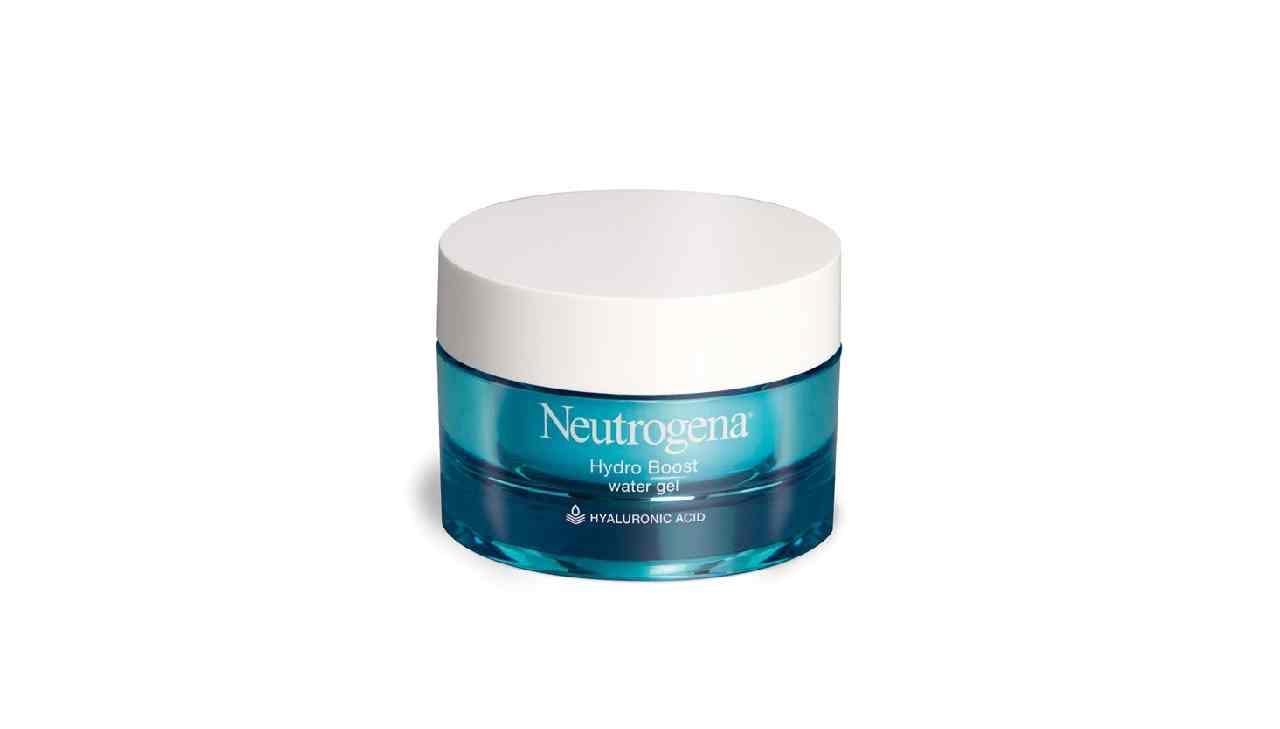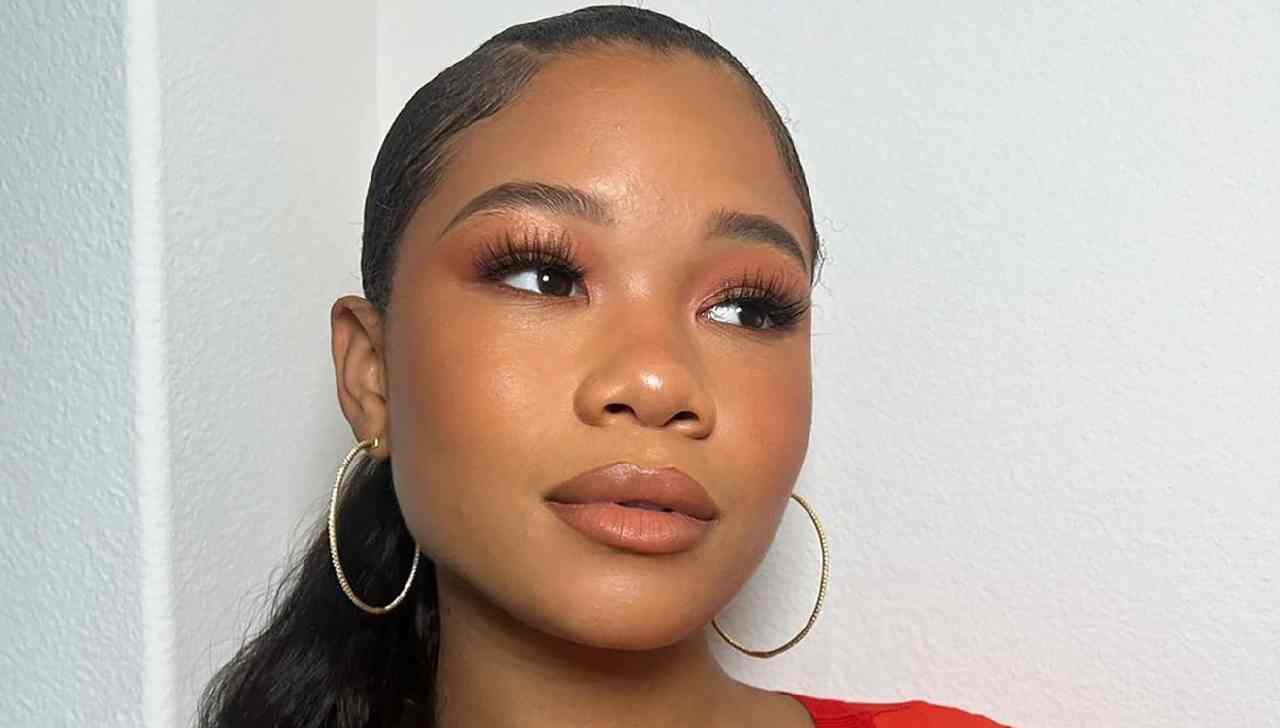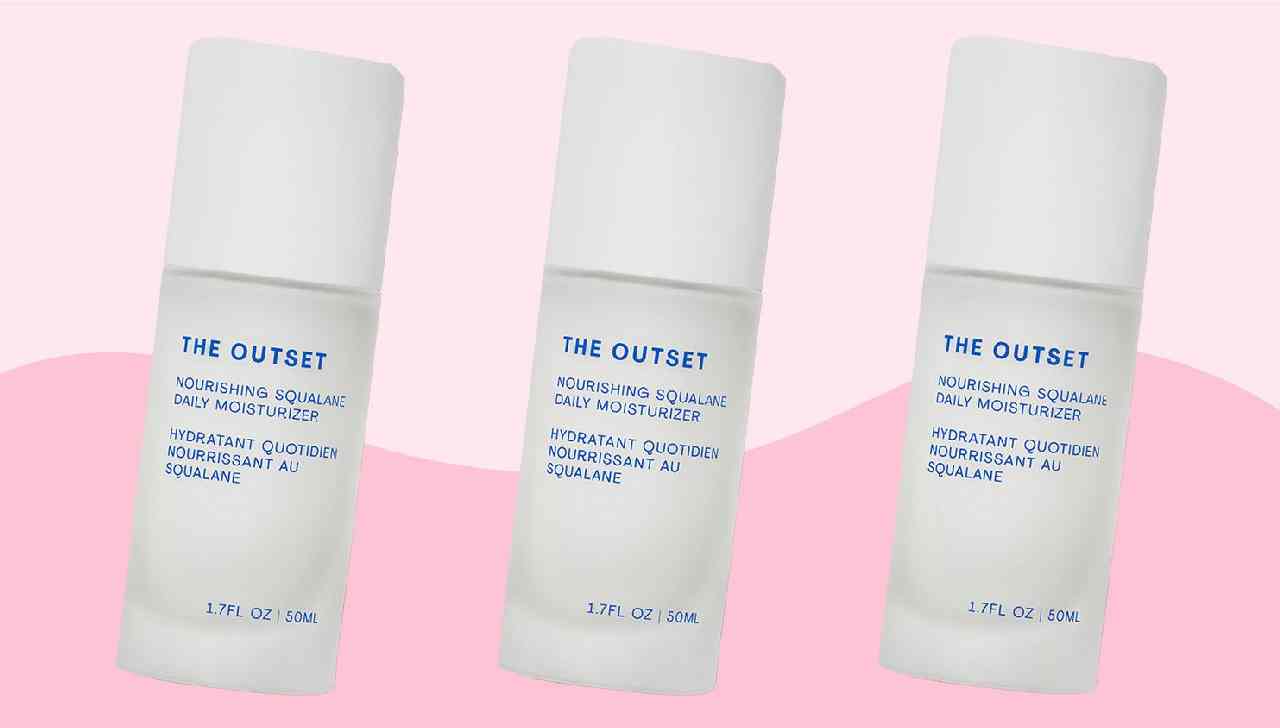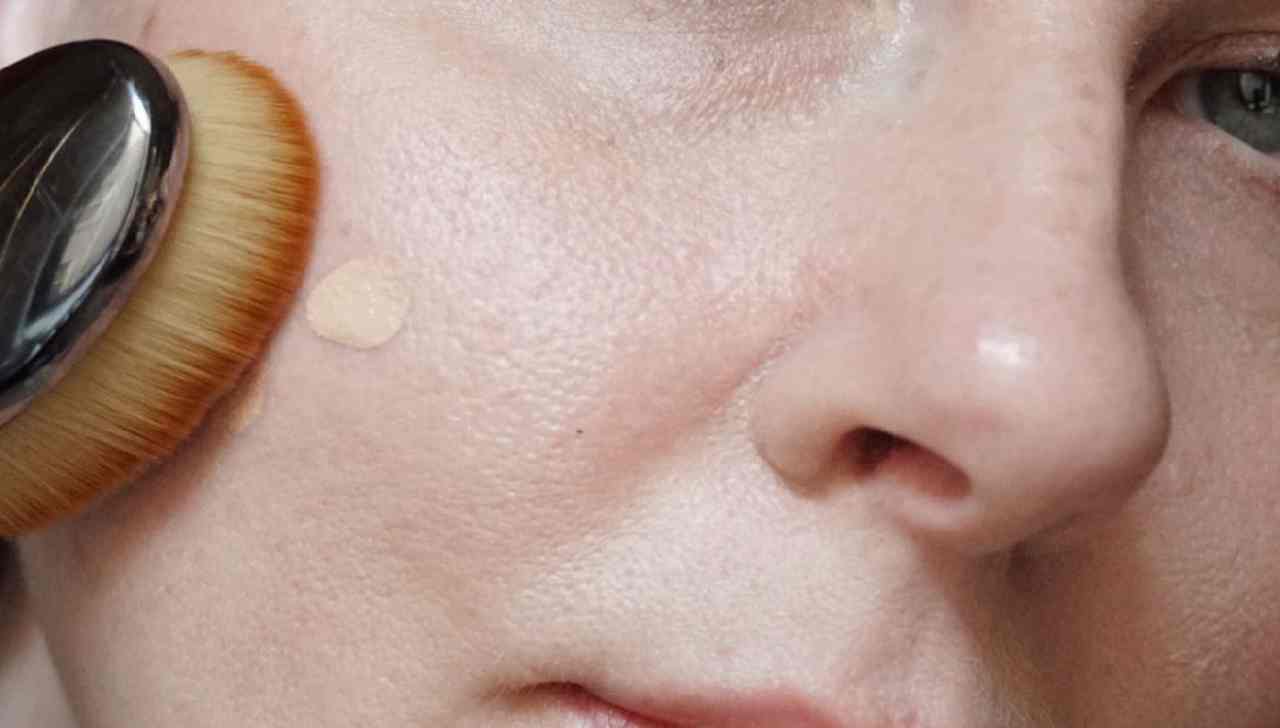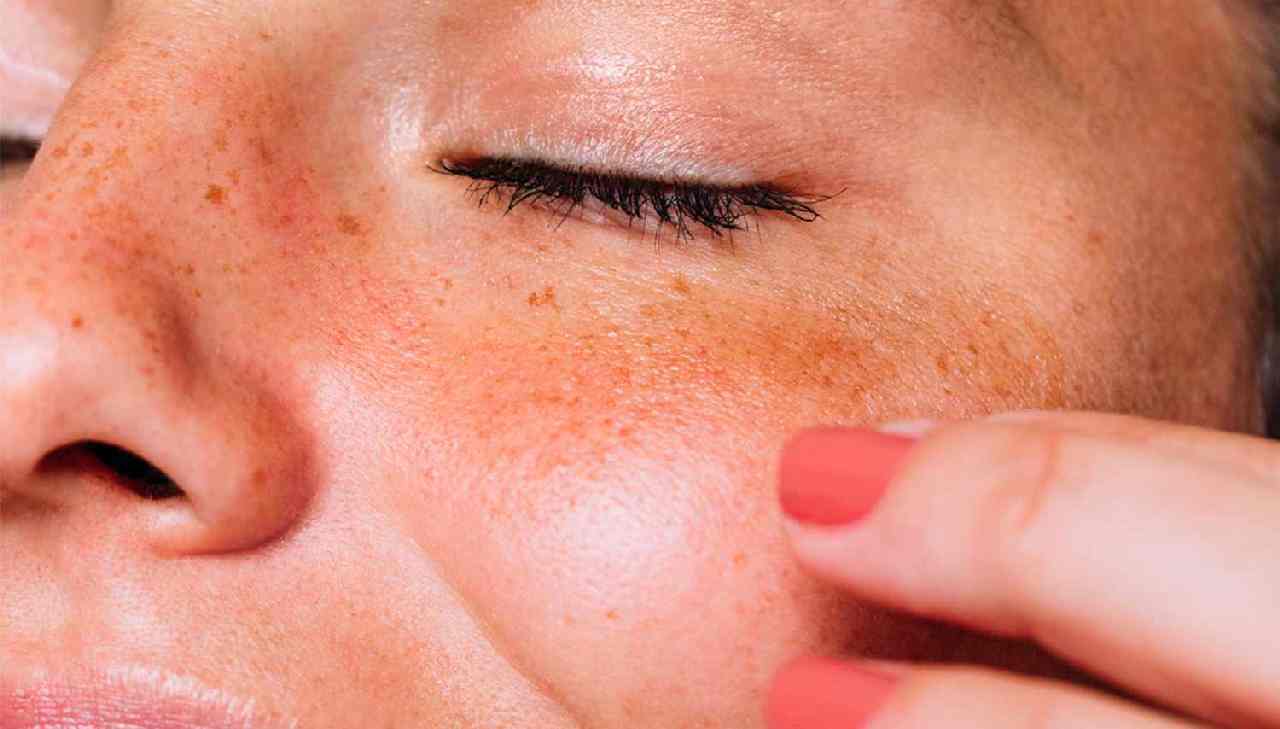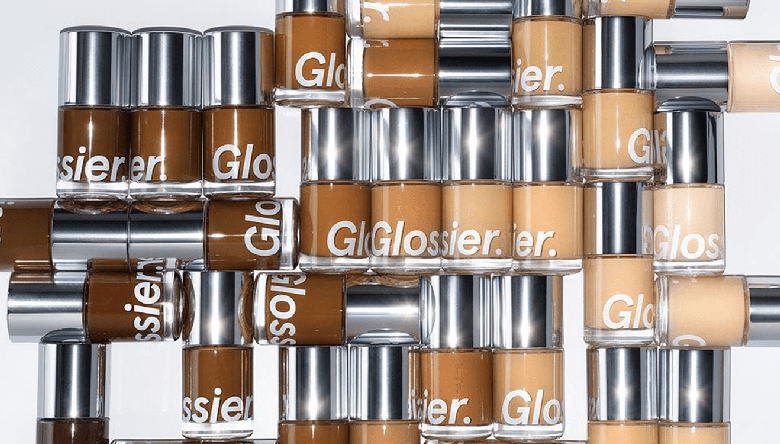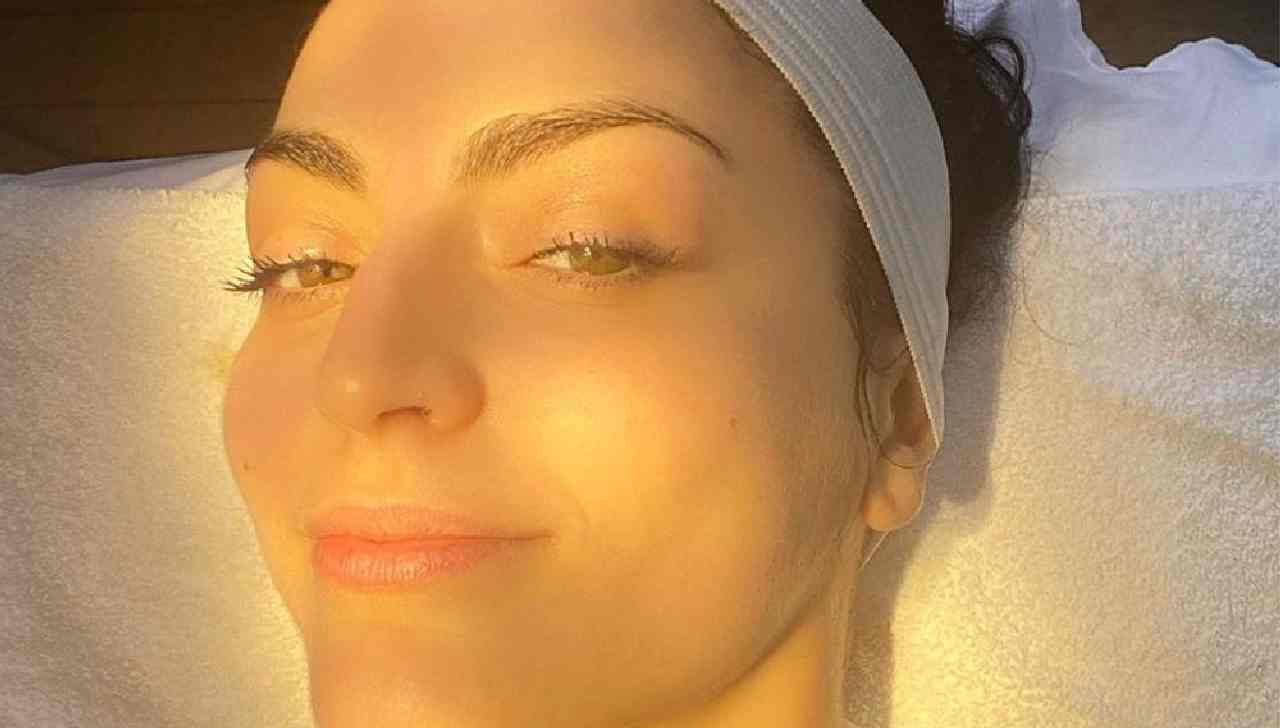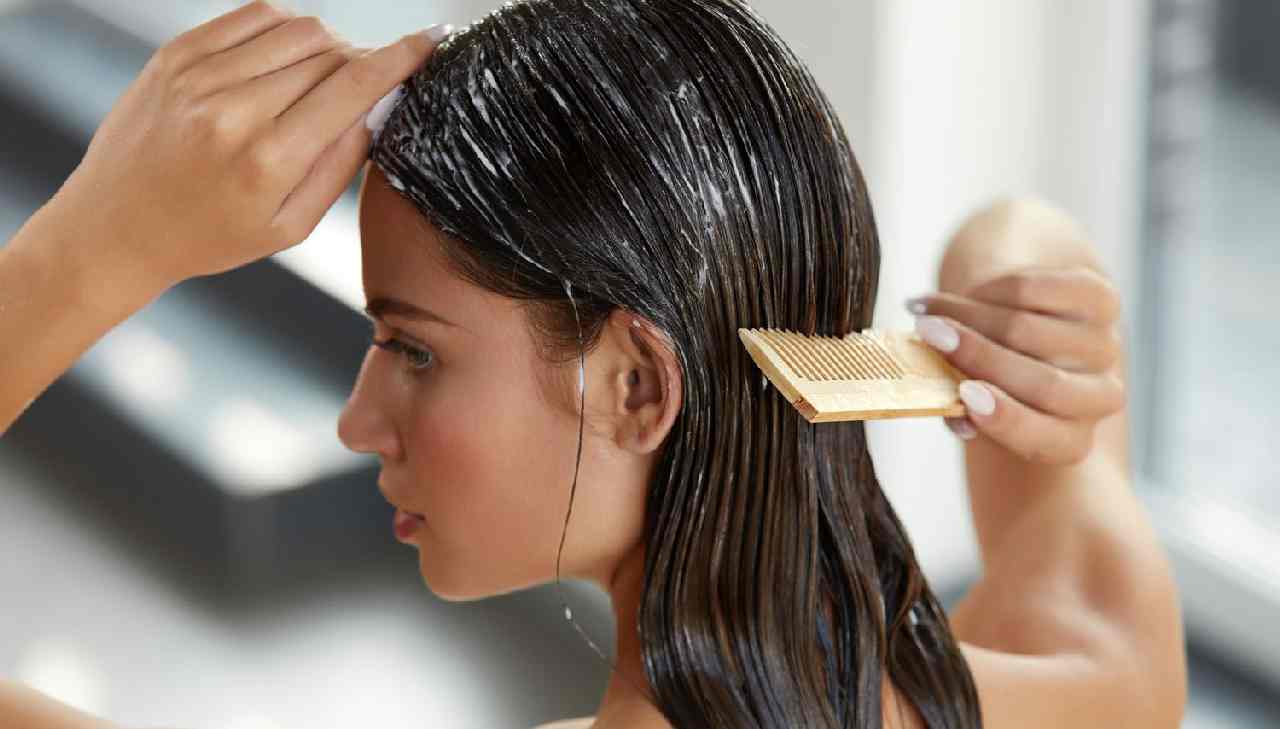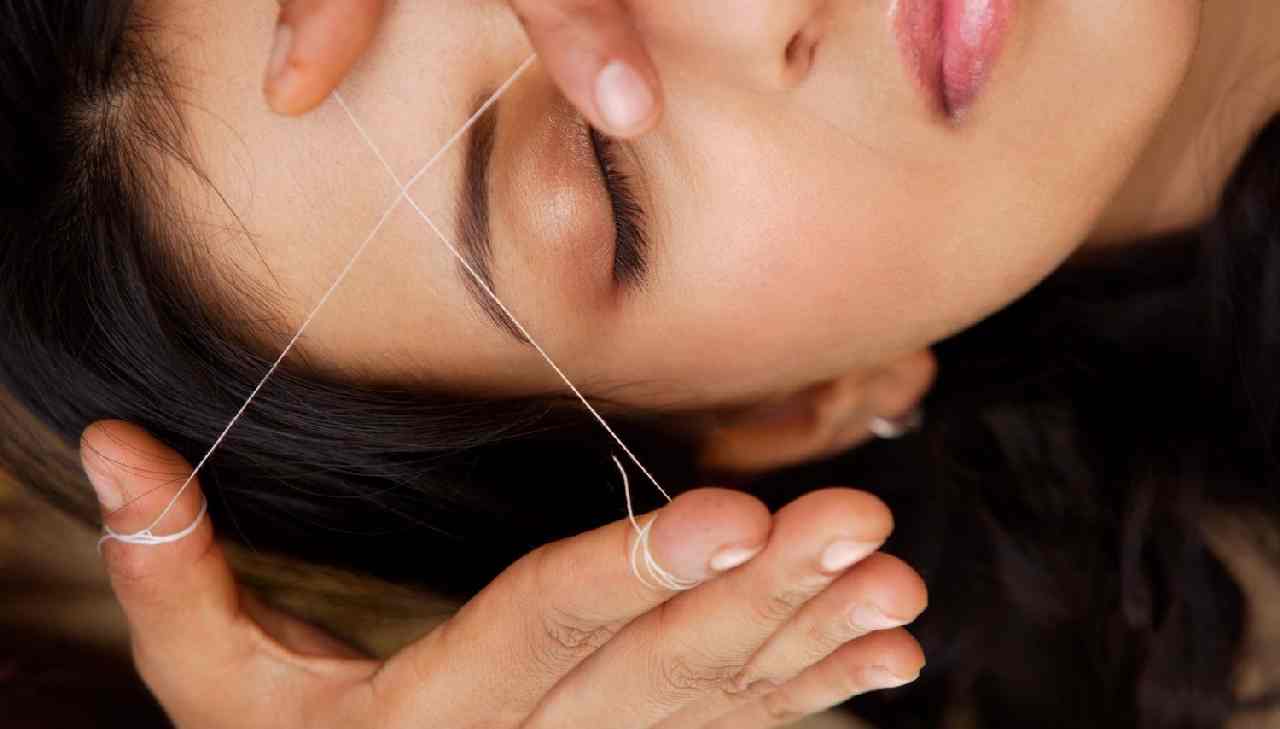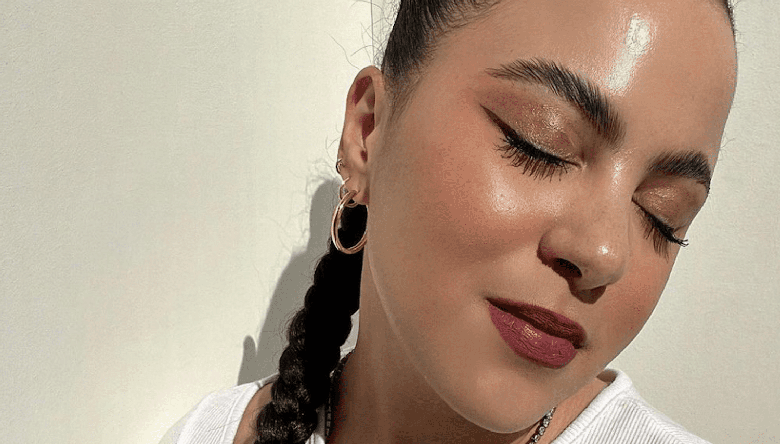9 Things to Know Before Getting Laser Hair Removal on Your Face

Having facial hair is totally normal, but it’s also ok to want to remove it. Many people choose to wax, pluck, or shave their face. Common areas that people treat are the mustache, chin, and sideburns, but facial hair can really be anywhere. For people who want a more permanent solution, laser hair removal is a smart option.
Laser hair removal treatment requires going to a licensed professional uses a specialized laser tool that emits light that turns to heat, and in turn, that heat breaks down the hair follicle. Since each hair is in a different stage of their hair cycle, various treatments are needed to fully eliminate hair growth. And while it isn’t uncommon for the hair to eventually grow back, it does so after a long time and is typically thinner and grows back slower. In short, it’s a godsend for people who want to be hair-free and low-maintenance.
With that said, there are a few things to consider. For starters, this is your face we’re talking about. You wouldn’t want to go to an inexperienced practitioner who wasn’t familiar with treating your skin tone or whether or not you’re even a candidate to begin with. If something were to go wrong at a laser hair removal session on your face, that could lead to burns and scarring.
Not to worry, getting proper care is easy if you know what to look for. And once you’ve found the right practitioner for you, all you need to know are the basics outlined below. We tapped three experts who share everything there is to consider about getting laser hair removal on your face so that you can be confident throughout your treatment journey.
Meet the Expert
- Azadeh Shirazi, MD is a board-certified dermatologist specializing in medical, surgical, and cosmetic dermatology. She delivers highly customized care to meet each patient’s unique skin needs at La Jolla Dermatology and Laser Surgery Center.
- Christian Karavolas is a laser hair removal expert and founder of Romeo & Juliette Laser Hair Removal in New York City.
- Shari Sperling, DO, is a board certified dermatologist who specializes in medical, cosmetic, laser and surgical dermatology for adults and children.
Should you get laser hair removal to remove your facial hair? Keep scrolling for all the details.
1. Make Sure Laser Hair Removal Is Right for You
While most people are candidates for laser hair removal, it’s important to find an expert you trust and get their feedback. Factors such as skin conditions, hormone imbalances, recent sun exposure, and skin tones are all things that could impact your candidacy.
“If you are tanning or have active skin conditions (such as eczema or acne) it can worsen them so be sure to see a dermatologist for an evaluation before starting treatment,” says says Azadeh Shirazi, MD. “If you have tattoos or prior systemic Gold Therapy [to treat arthritis] it can cause the skin to turn a color, so be sure you let your practitioner know your history.”
In addition, board-certified dermatologist Shari Sperling of Sperling Dermatology says that there are other factors to consider as well. “Those with dark skin need to be careful to use the appropriate laser that has the right wavelength for dark skin,” she explains. “Those with blonde or white hair also are not candidates for laser hair removal.”
Sperling also says that if you are tan you should wait for it to fade prior to treatment for best results.
2. Avoid the Sun Pre-Treatment
As we briefly mentioned above, sun exposure is a factor in whether or not you should get laser hair removal. It’s fine if you’ve had some exposure—you don’t have to go full vampire—but you can’t be baked. “We can treat a person with a real tan as long as they acquired the tan at least two weeks prior to treatment,” explains Karavolas, who has lasers in his New York facility that are suitable for tanned skin.
If you’re someone who loves a tanned look and think that using faux tan before your laser hair removal appointment is a good idea, think again. Even self-tanners and spray tans will make you ineligible for a laser hair removal session. “This is because the laser is attracted to pigment and melanin and if there is any residue on the skin, the laser may pick that up and cause temporary pigmentation,” says Karavolas.
3. Yes, You Can Treat Your Whole Face…
…As long as there’s hair, that is. Peach fuzz is a different story. “The approach may vary based on hair density on the area that is treated. For example, peach fuzz is much harder to target.
4. You Will Have To Shave Your Face
If you’ve had any type of laser hair removal before, you likely know you need to shave the area before treating it. As strange as it may seem, shaving is an important part of the laser process: If you don’t do it, the laser can burn your skin, which is not something that anyone wants.
“Shave the treatment area 24 hours before as you don’t want hair on the surface of the skin,” says Shirazi. She does caution, however, that for best results you shouldn’t do any other types of hair removal besides shaving for several weeks leading up to your laser treatment as you don’t want to do anything that will remove the root—that’s what the laser is for. “Do not wax or tweeze for six weeks before your treatment as it can reduce the effectiveness of the treatment.”
To safely remove the peach fuzz and facial hair without any nicks and cuts, use a razor that is made for the face. The blade will be smaller and easier to maneuver than your average razor. A good option is the Sephora Collection Metal Facial Razor ($18).
5. Expect a Bit Of Pain and Discomfort
As you likely expect, laser hair removal doesn’t exactly feel like puppy kisses. It’s called laser hair removal, and the word “laser” doesn’t exactly have a cuddly connotation. But the amount of pain you experience is likely way less than what you’ may imagine.
“You may feel a prickling or stinging that varies in intensity depending on the location and the density of the hair,” explains Shirazi. “Those with coarse, darker, thicker hair will experience a more intense sensation. Some people compare the feeling to a rubber band snapping onto the skin.”
Shirazi also says that there are things that can be done to help ease the pain. “For your comfort, many times a topical numbing cream is available or cold air is applied to make it more comfortable.”
6. The Pain Lessens With Each Treatment
All that said, the pain becomes far more bearable after the first session as you learn what to expect and even build a tolerance to it. On top of that, laser hair removal does become less painful with each session as there’s less hair to treat every time.
7. Don’t Skip Appointments
While you may start to see results immediately, here’s the reality—even if it takes a while, the hair will still grow back. Two sessions, or three sessions, or even four sessions won’t permanently stop hair growth in the spot where you’re getting laser hair removal.
If you are consistent with your appointments, Shirazi says your hair will for the most part be gone for good, however you may need occasional touch ups. “It offers permanent hair reduction, so every time you do a treatment there will be a set of hair follicles that are permanently destroyed and it generally lasts for years. Although maintenance treatment is recommended as we are born with millions of hair follicles,” she says.
8. You Might Break Out
“If the skin is oily and acne prone, laser hair removal may excite the area and cause mild breakouts,” cautions Karavolas. “However, with continued treatments, this would subside and the skin would improve dramatically.”
Shirazi recommends using chemical exfoliants up to two weeks prior to the laser hair removal treatment as they will increase skin cell turnover and reduce the risk of breakouts. Post-treatment, she and Karavolas recommend an over-the-counter hydrocortisone—such as AziMD Skincare’s SootheHC ($43)—to alleviate redness and discomfort. With that said, avoid over-exfoliaiting or use retinol, as that will make your skin more susceptible to irritation.
9. Use Sunscreen Religiously
Sunscreen is important no matter what, but it’s going to be your BFF before and during the laser hair removal process as your skin is extra-sensitive while you’re getting the treatments done, and the chance of getting a burn is far higher than usual.
After treatment, Shirazi says to use a sunscreen that’s at least SPF 30 for maximum protection. Try La Roche-Posay’s Anthelios Ultra Light Fluid Facial Sunscreen SPF 60 ($33) to help protect your skin after treatment as it has nourishing vitamin E.
FAQ
-
How long does laser hair removal last on your face?
The results vary, and permanent hair removal isn’t a guarantee with laser hair removal. You should be hair-free for several months at the minimum—and some enjoy several years without hair. When your hair does grow back, however, it is often thinner and more sparse. You may need maintenance laser treatments occasionally to remain completely hair-free.
-
What is better for facial hair removal—laser or electrolysis?
Your skin tone and hair color are a big factor when looking at laser or electrolysis for hair removal. Laser hair removal works best on those who have lighter skin and dark hair, while electrolysis works well on a variety of skin tones and hair color. Electrolysis gives more permanent results, however is best for smaller areas—while laser hair removal is good for larger areas, such as the legs.
-
How much is laser hair removal on your face?
The price of laser hair removal varies according to where you live, how large of the area you will be lasering and how many treatments you need. For a small area such as the upper lip, sideburns, chin or brow area, you can expect to pay around $90-$100 per treatment. You will need four to six treatments for full hair removal, so you can expect to pay between $400-$600 for laser hair removal on your face.
Article Sources
Byrdie takes every opportunity to use high-quality sources, including peer-reviewed studies, to support the facts within our articles. Read our editorial guidelines to learn more about how we keep our content accurate, reliable and trustworthy.
-
American Academy of Dermatology Association. (n.d.) Laser Hair Removal: FAQS.


 English
English 




